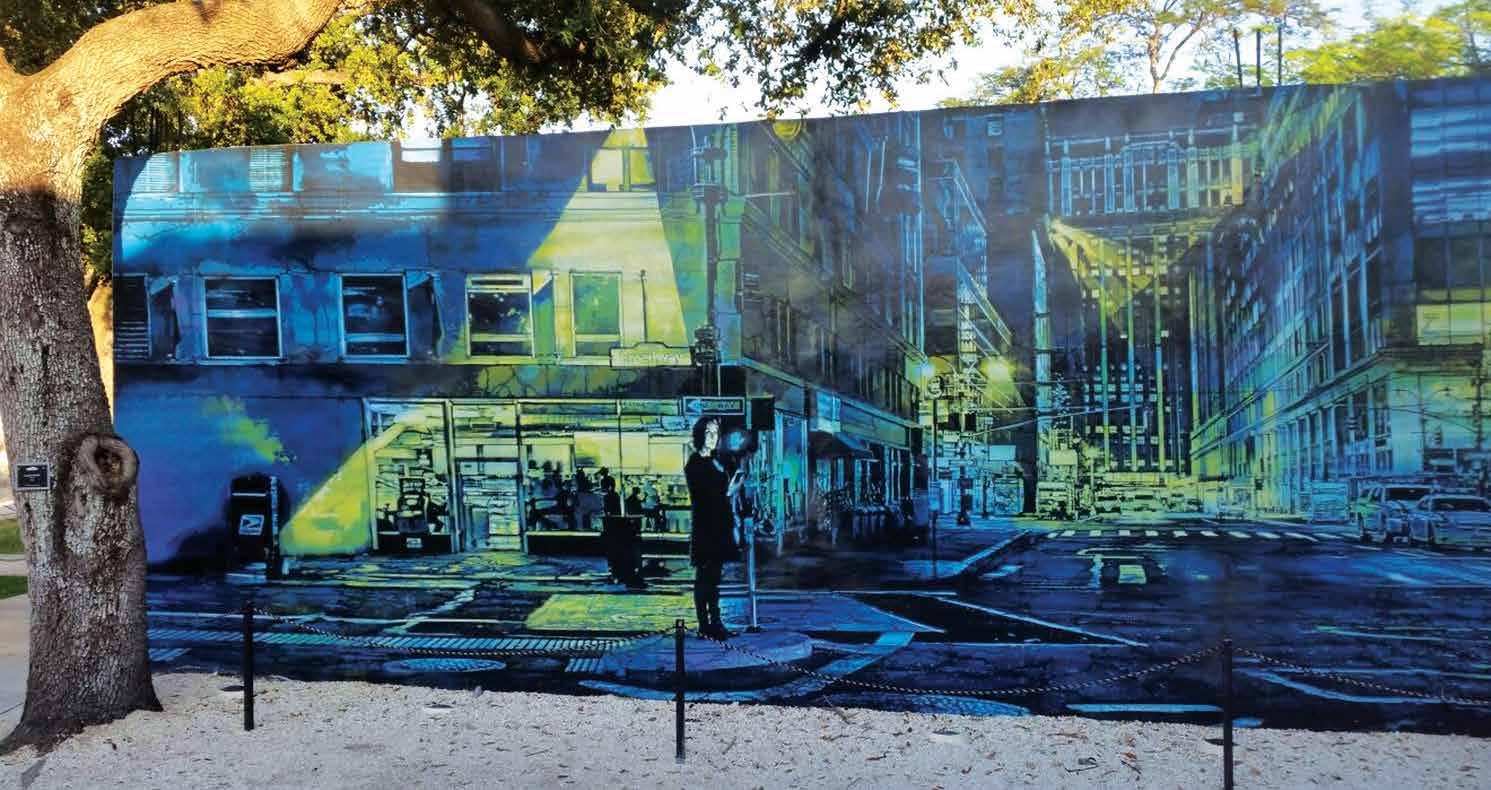




I get the hype about Mexico City now. It’s big — really big, with 23 million residents. It’s busy — fast and loud with every kind of activity, food, and hustle to make a buck. There was an endless list of food I had never considered edible and Mariachi bands everywhere that could play any style of music.
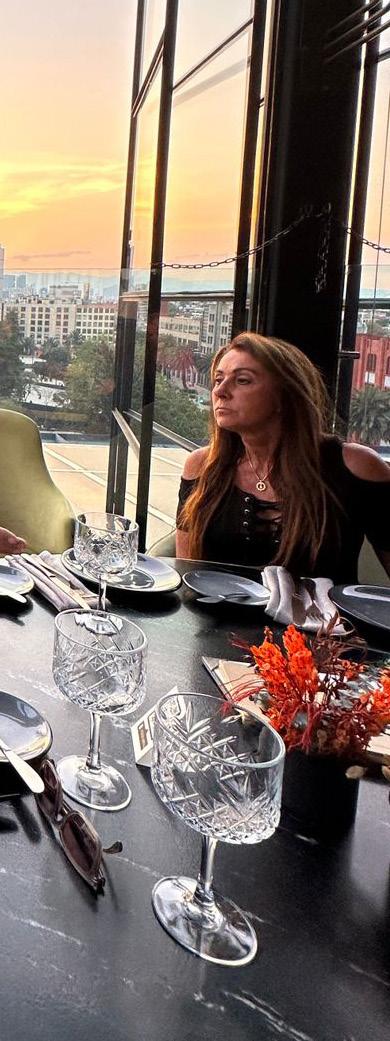
But its flavors, sites and sounds are world-class and incredibly vibrant. The city has everything and lots of it. Too many Americans underappreciate this enormous city and its centuries of history that eclipse our own in many ways.
I constantly seek trends about destinations that hold the promise of an excellent adventure. The Mexico City food scene has been on my bucket list, so I approached Emilio Dominguez, owner and chef of Casa Maya Grill, a restaurant in The Cove in Deerfield Beach. As a native of the city, he loved the idea of a foodie tour, and we began to plan. That was three years ago. The pandemic derailed the plans.
But that is old news. The travel scene is quite robust, and our trip was smooth and comfortable, mainly due to Emilio’s knowledge and connections. American Airlines has many 2.5-hour flights daily to and from Mexico City International Airport (CDMX). That part of the journey was smooth.
Six other locals joined Emilio and me on this exploration. The
LEFT Three years ago, I pitched the idea to Emilio Dominguez to lead a foodie tour of his hometown, Mexico City (Cuidad de Mexico). Then Covid-19 happened. This photograph shows Emilio (center) describing the Monument of the Revolution, honoring Mexico’s struggle to gain independence from Spain, easily the most recognized monument in the country.
To be seated at the corner table of an amazing restaurant, Arrango, overlooking this monument, with Emilio as our guide, and the sun setting behind us was beyond my expectations.
ABOVE Emilio Dominguez sipping a refreshing cerveza on the 38th floor overlooking the massive city, which is already very high at over 7,000 feet of altitude.

TOP right Mike Peters and Shelby Barras at Teotihuacan.

RIGHT Of all the food we ate in CDMX, that was the best single item - just an amazing blast of flavors and The Hotel Sofitel Reforma was an excellent choice; downtown, next to the American embassy with a rooftop bar and restaurant that gave the group full views of the massive city. fresh ingredients.
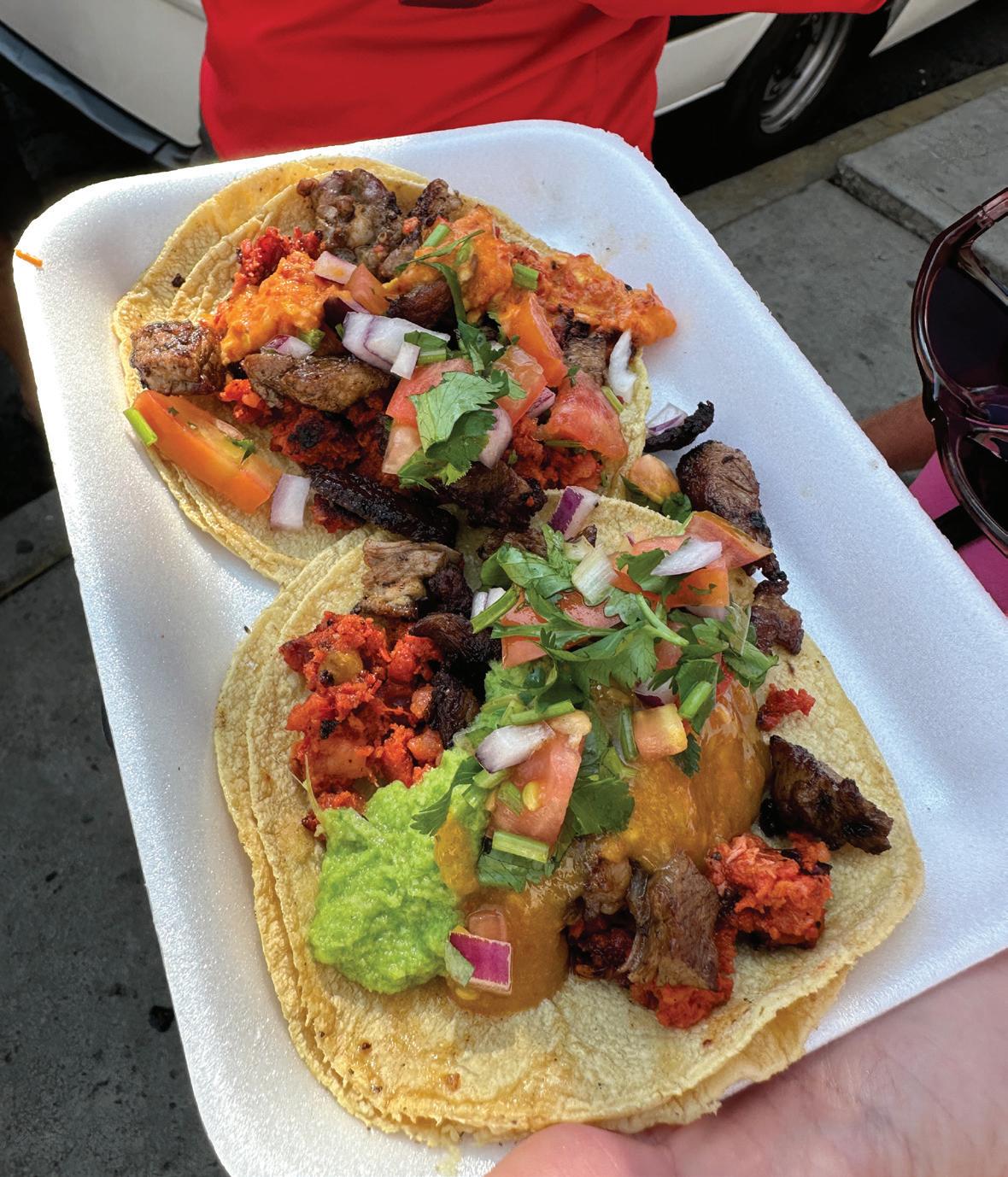
goal was to focus on the food and get the true feeling of being a resident of Mexico City by tasting a bit of history, art, music and some tequila. Perhaps a bit too much of the latter.
There are endless ways to explore this city. With Emilio’s help and his connection with Gilberto, our driver and fixer, we explored the city briefly but boldly. Our hotel was modern, sophisticated and right in the middle of everything. Our dinners were elegant and luxurious, but we ate some crazy stuff and never saw a menu. We visited several historical and artistic treasures of this great country and were never bored.
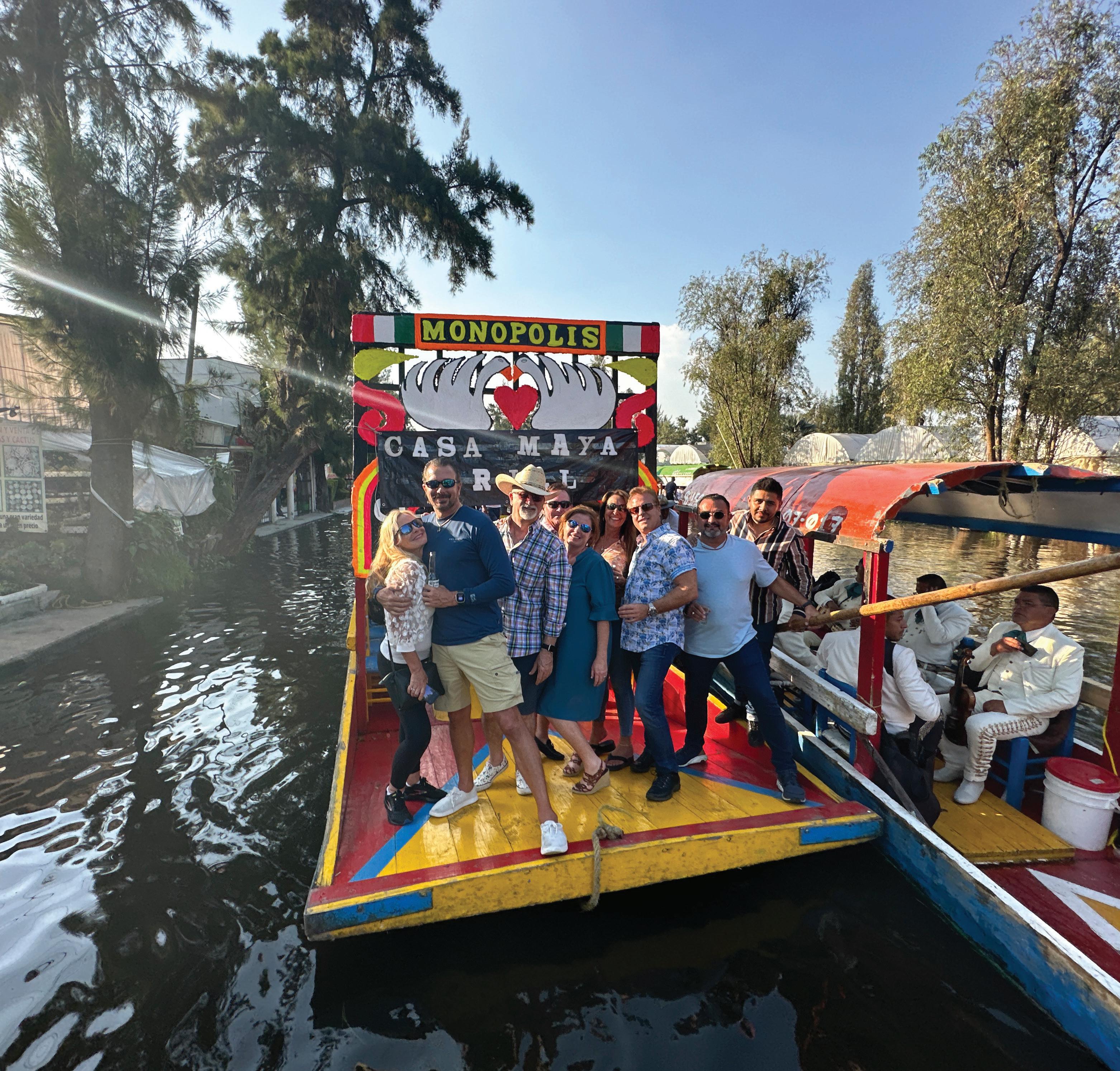
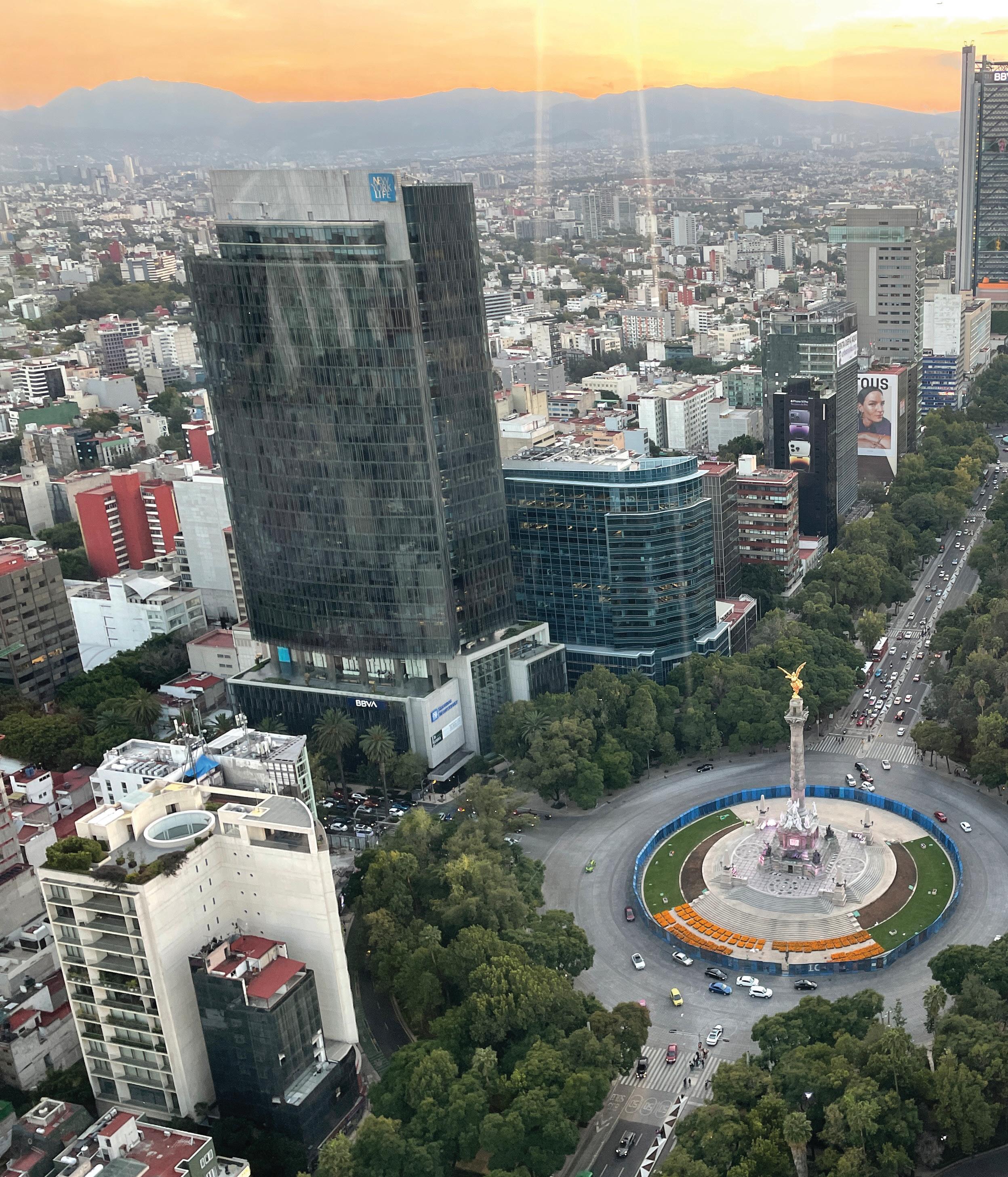
BELOW The Hotel Sofitel Reforma was an excellent choice; downtown, next to the American embassy with a rooftop bar and restaurant that gave the group full views of the massive city.
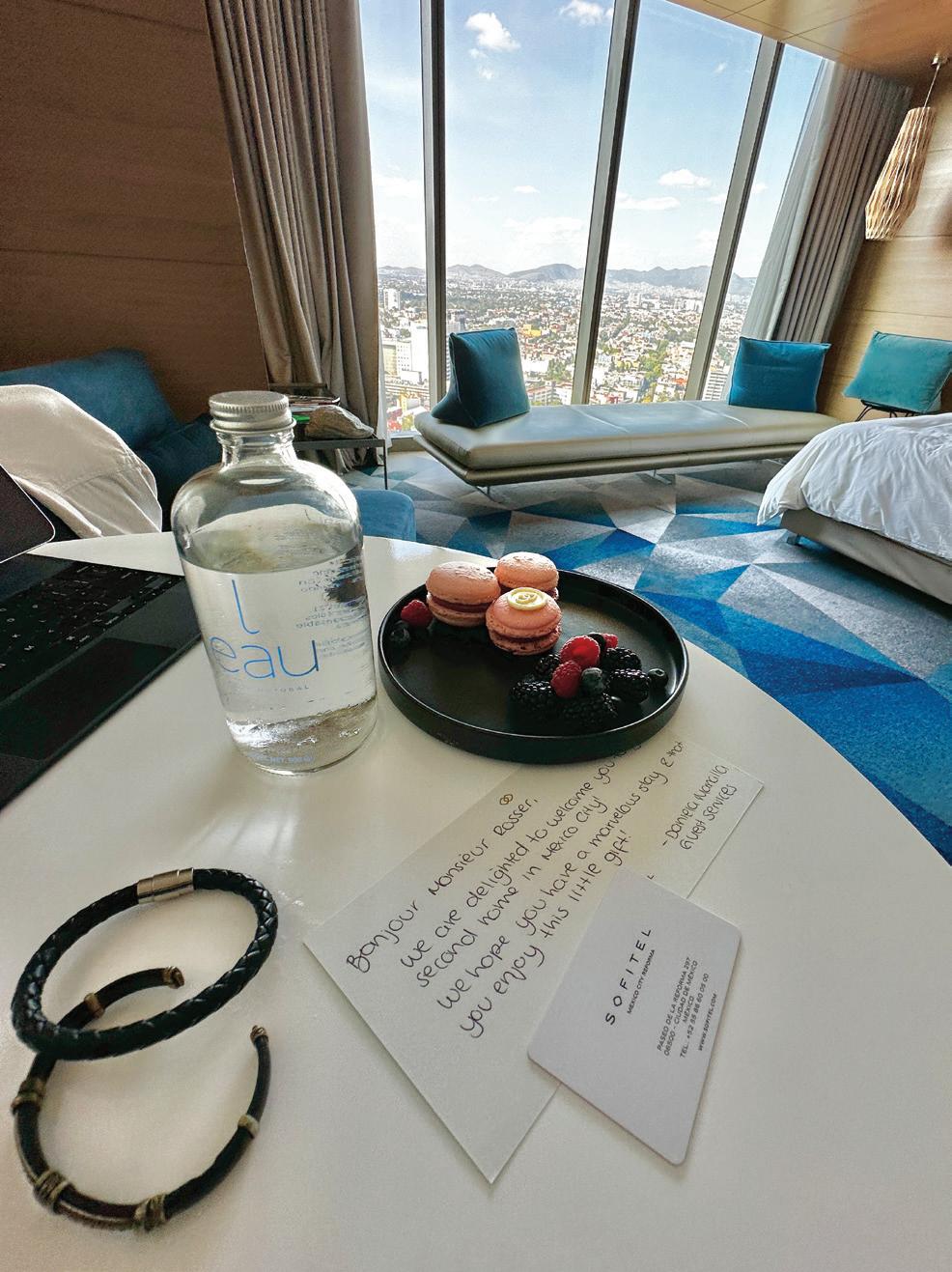
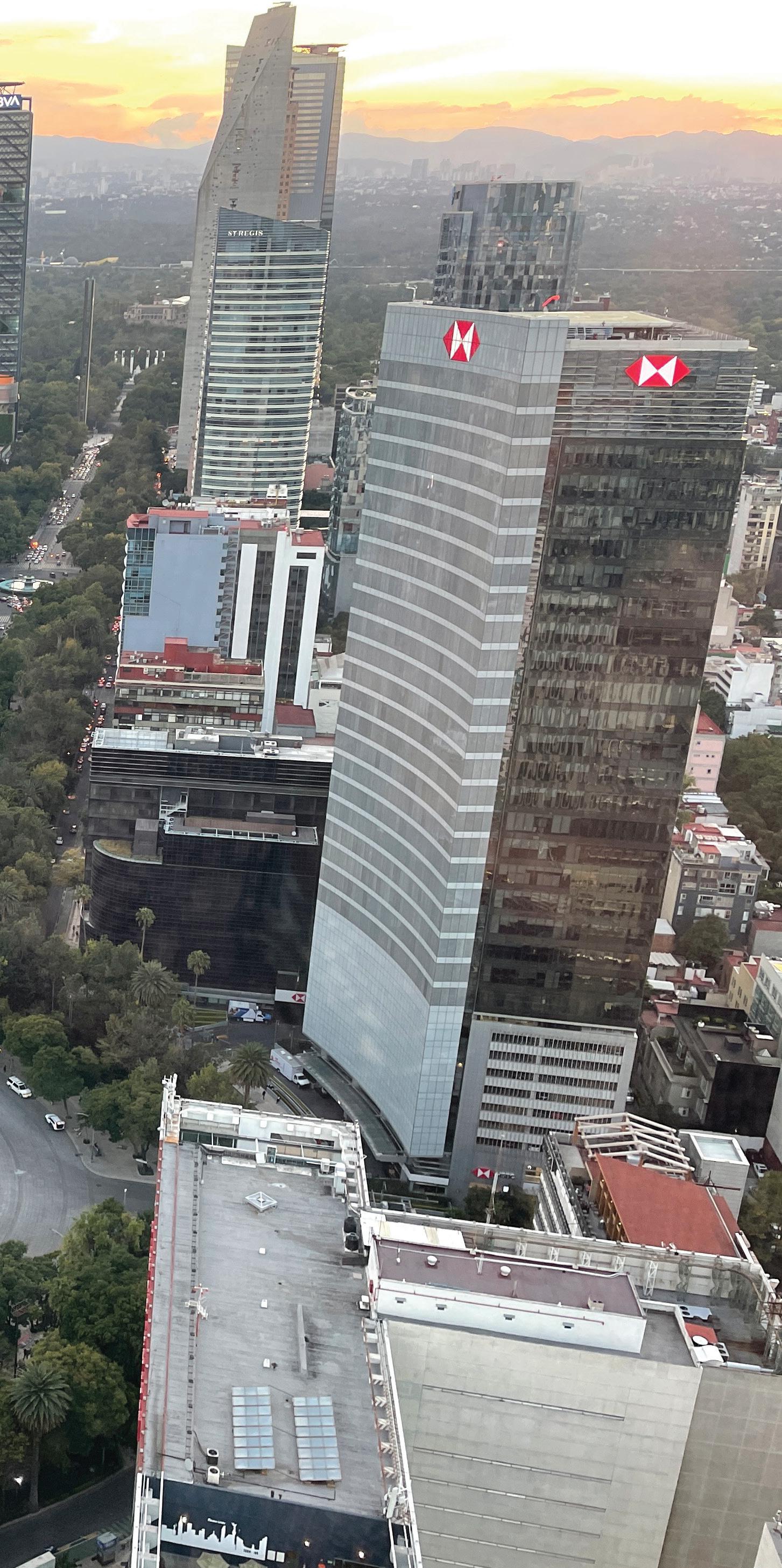
BELOW During our time in CDMX there were some reminders that crime can be a problem. Tourists are supposed to be strictly off limits for gang and cartel fighting, so we were told, but we also treated with great service and felt safe.
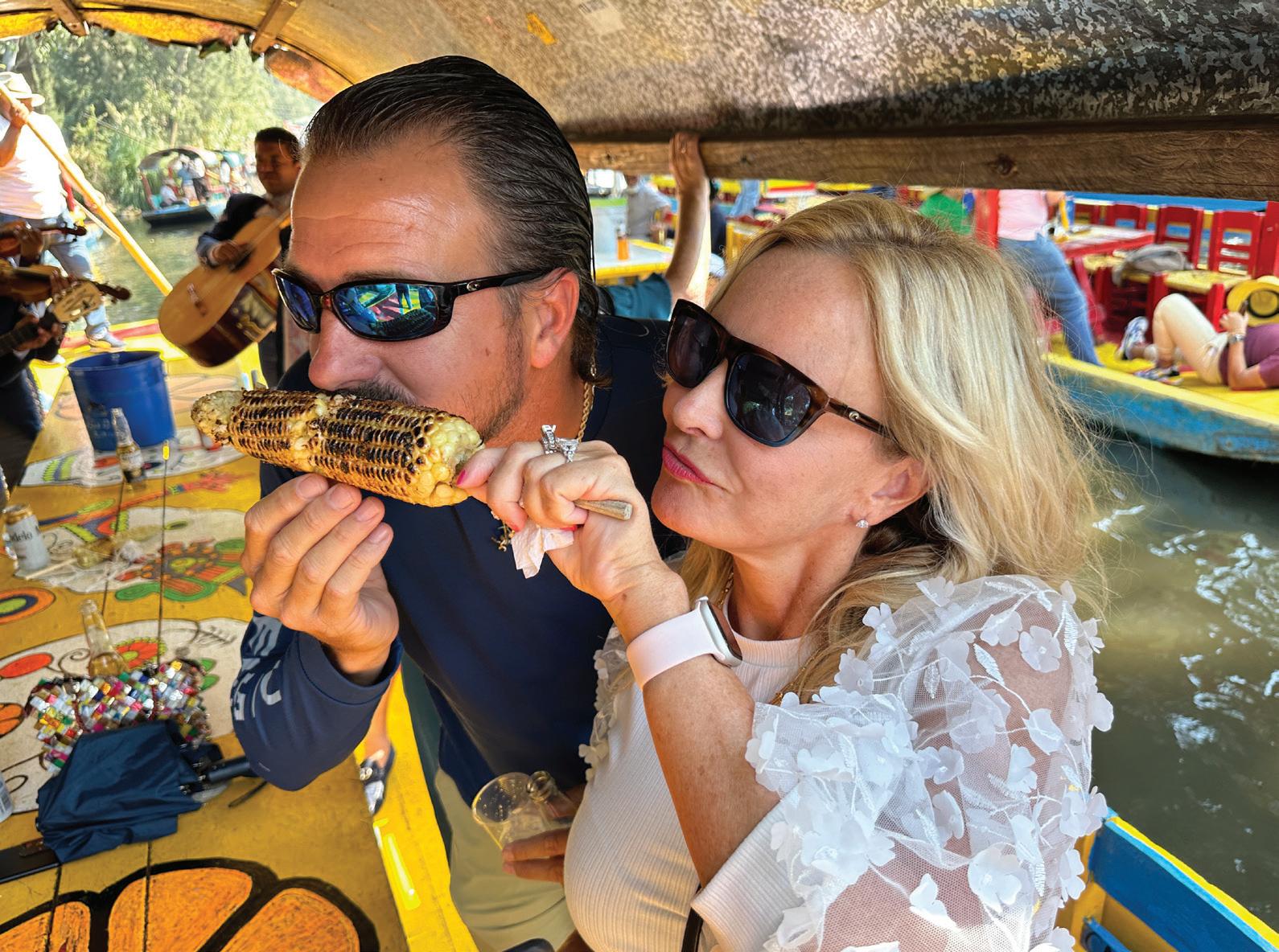
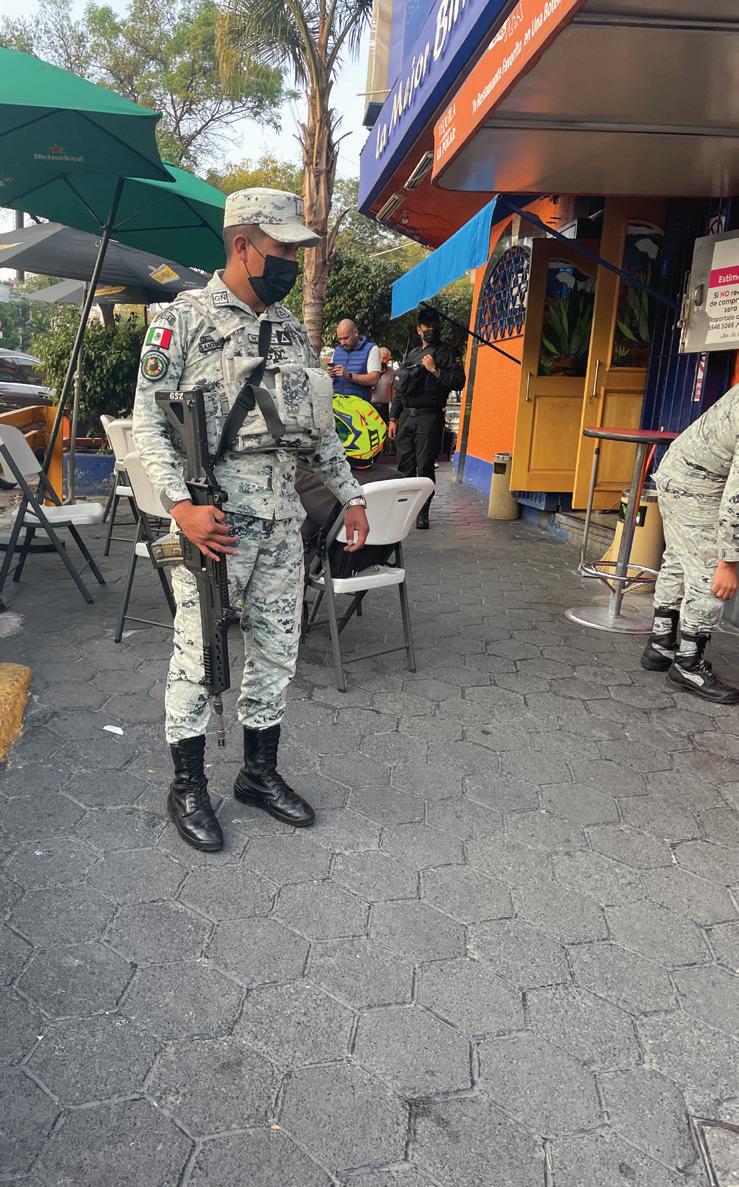
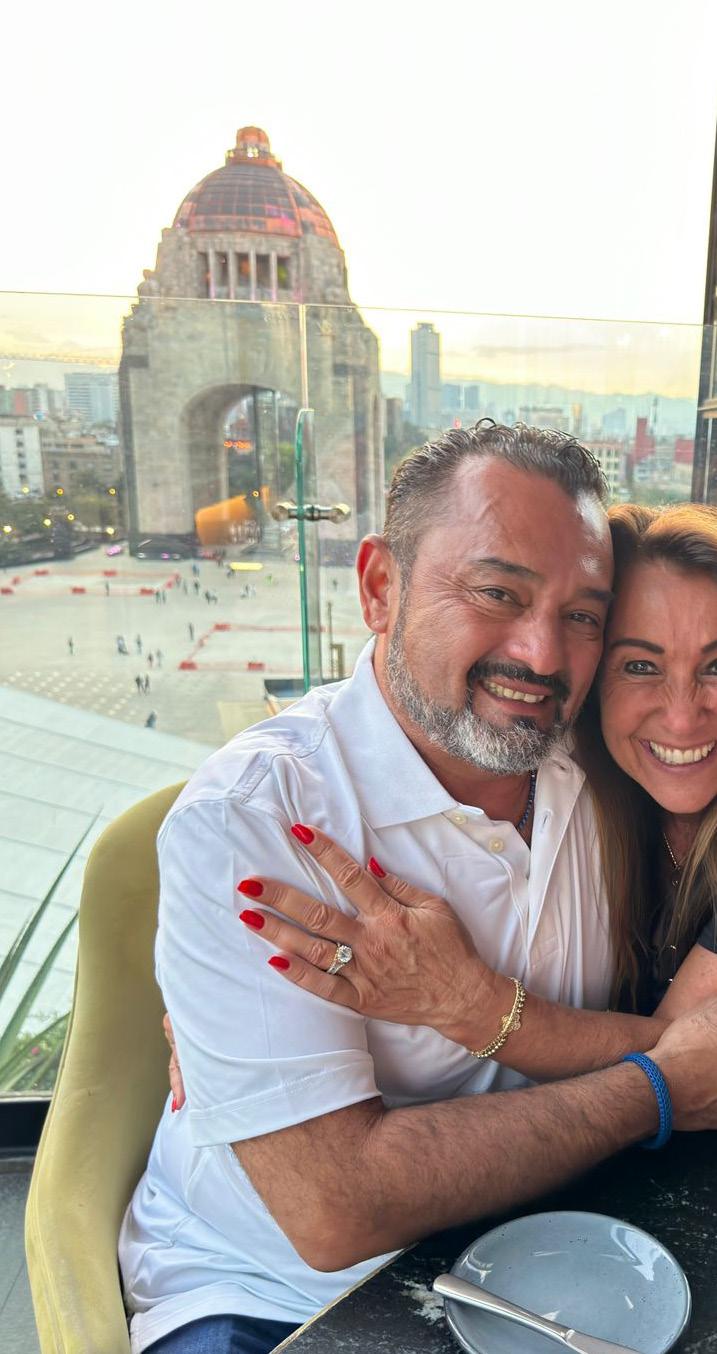
RIGHT Park rangers were located at a few spots to explain the importance of certain parts of the city. Fun fact: this entire city of buildings and pyramids were buried and cover with soil and foliage as late as 1900, with farms and a village on top of the
ABOVE
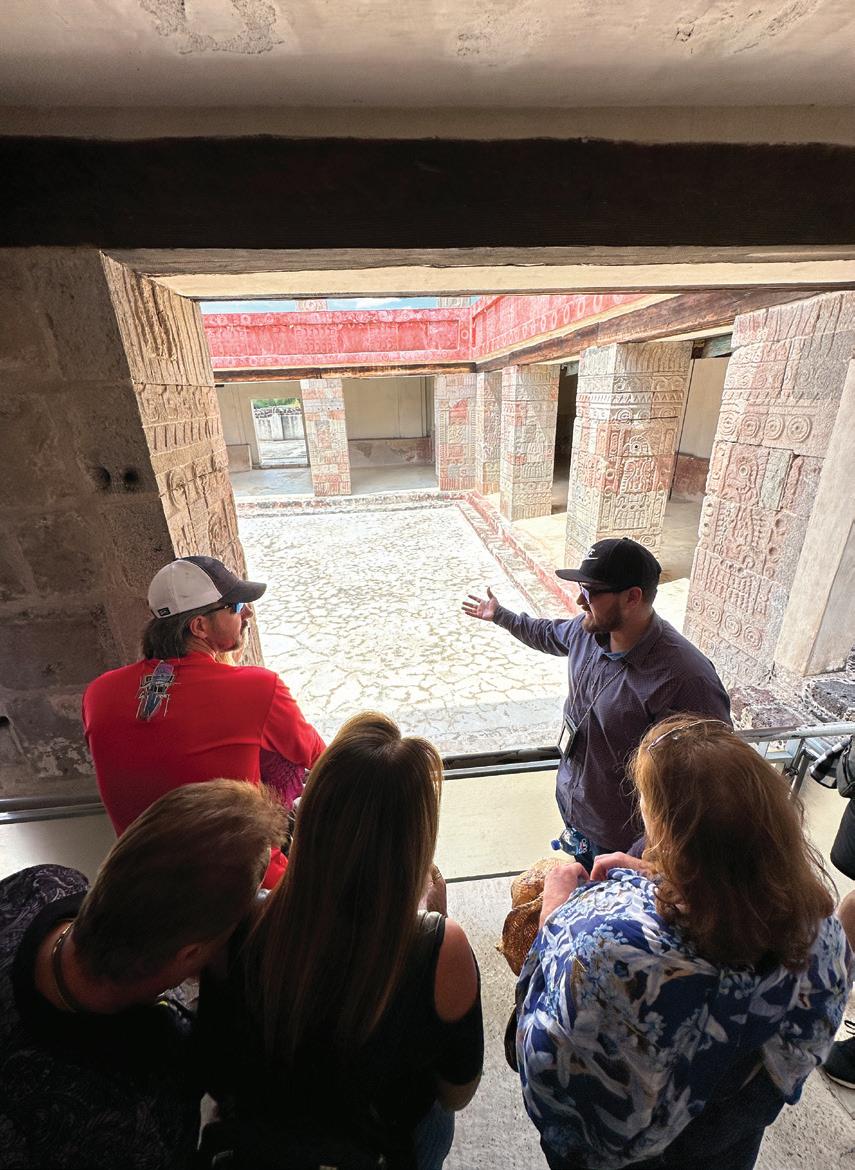
RIGHT Ten minutes of religion. Most travelers have seen amazing churches and most every town in Mexico has one in the middle. Emilio and Shelby pose for a quick photo at the cathedral in Chocochay, near the market with the insects.

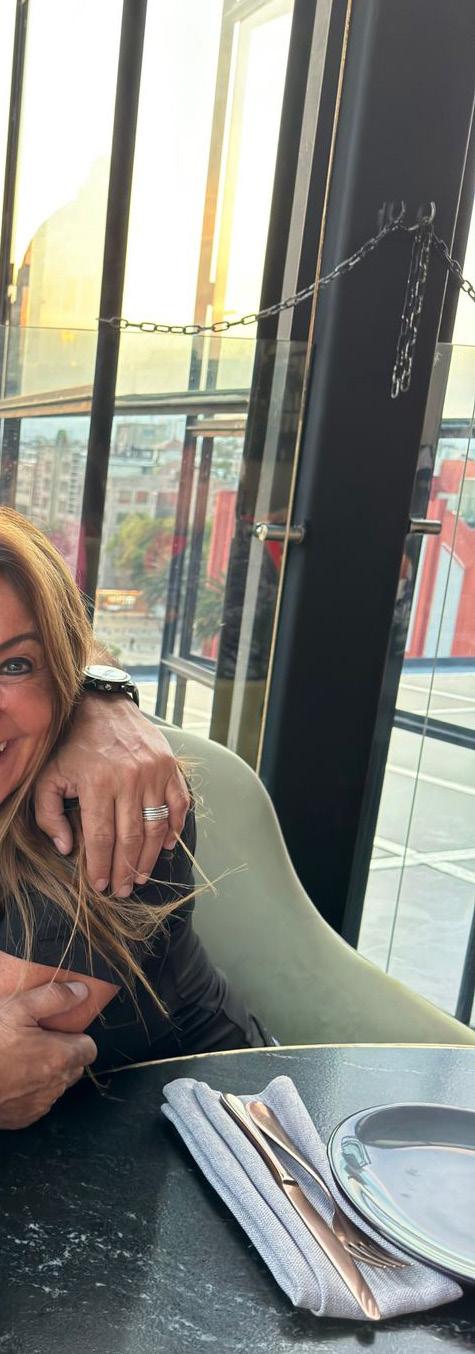
RIGHT The team at Arrango thrill us all with amazing service, presentations and service. Emilio and the chef did all the ordering and the group shared everything. The fun and commaraderie blossomed then we were all pleasants surprised with whatever food appeared. Besides, if we tried to read the menus, we would have not understood very much.

ABOVE Skulls, skeletons and the dead are a big part of Mexican culture. The human history of Mexico is tragically filled with enormous losses of life due to tribal fighting and diseases, most notably, imported pandemics of smallpox and influenza from the Spanish invaders in the 1500s.
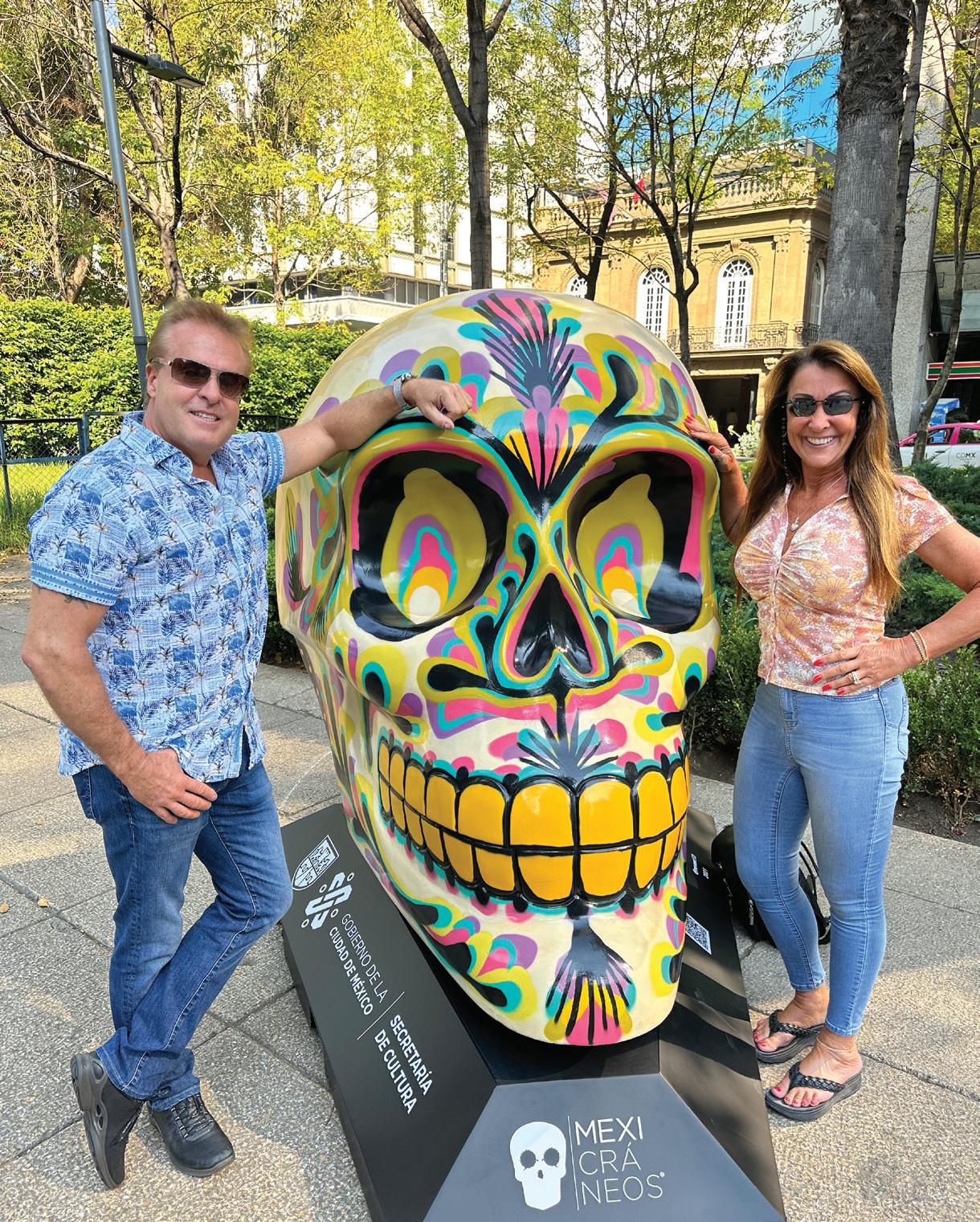
The lush and fertile land of the region allowed for huge population growth, which in turn caused pandemics and massive loss of life. The explorer Hernán Cortés and 500 Spanish soldiers were able to conquer the 16 million Aztecs in 1519 because smallpox killed over 40% of the population in just one year. So, what better way to cope with the loss of loved ones than recreate them and celebrate them in extravagant ways? The “Dias de los Muertos” (day of the dead) may seem like our Halloween and occurs around the same time, but many additional parts of the tradition involve offerings and blessings to departed loved ones.
RIGHT Teotihuacan: Two hours of history: I watched several travel videos about Teotihuacuan but was still impressed with the size and history represented there. This site predates the more famous Aztecs and Mayans and was active as the capital of the region from 100 A.D. to 700 B.C.E. It had a population twice of the size of Rome during the same period. At its heyday, most of the structures were covered with stucco and painted with vivid colors and designs and was one of the most important city in the western hemisphere, close in stature to Cusco, Peru, home of the Incas.
Fun fact: As a school boy, Emilio went on field trips to Teotihuacan and was allowed

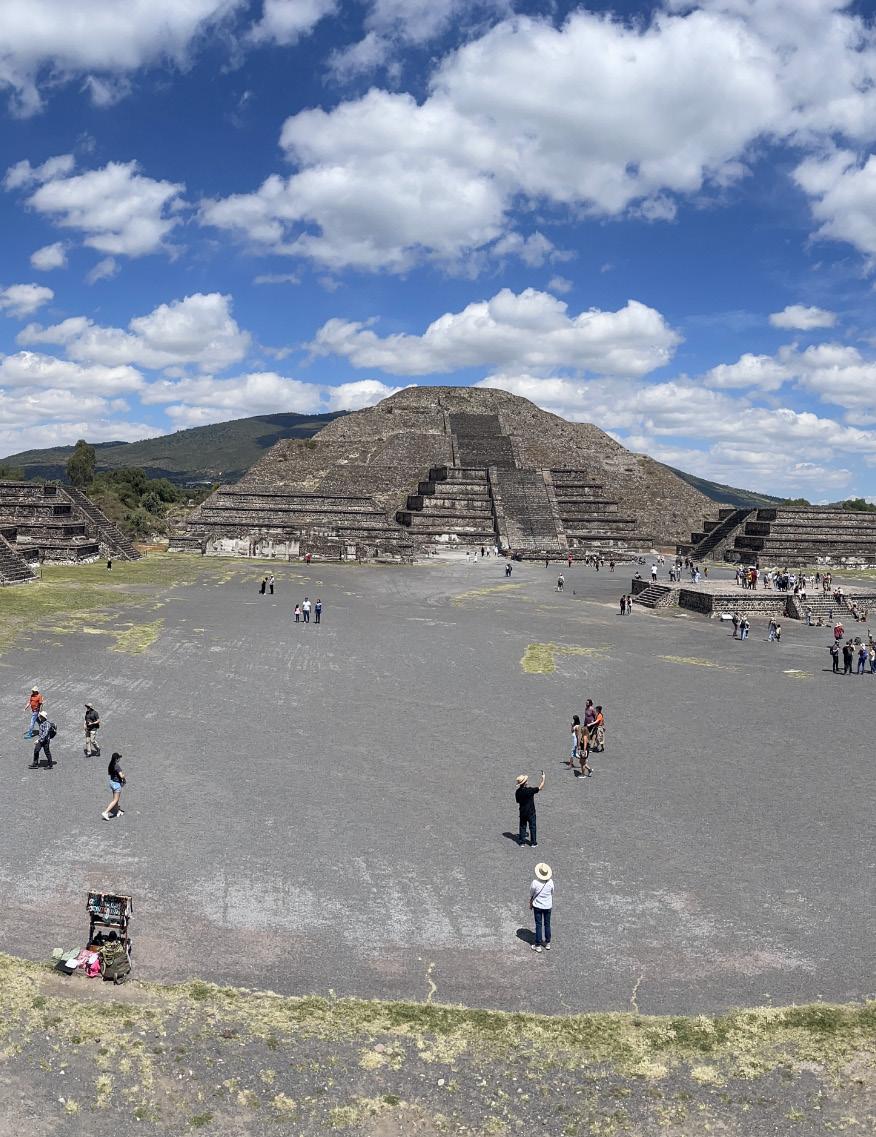
ABOVE RIGHT The name Xochimilco refers to “the place where flowers grow” but that is only part of the story. The land was literally created above a huge lake by the Aztecs using terraforming techniques that are still in use today. The agriculture of the park is often used in the fine restaurants of the city because of the unique quality of the soil. These farming areas needed boats to get around and the tradition of riding in a boat to celebrate family events and holidays on the boats began soon after.
MIDDLE RIGHT On this type of trip, I try to buy a hat. Well . . . everybody decided that was a fun idea
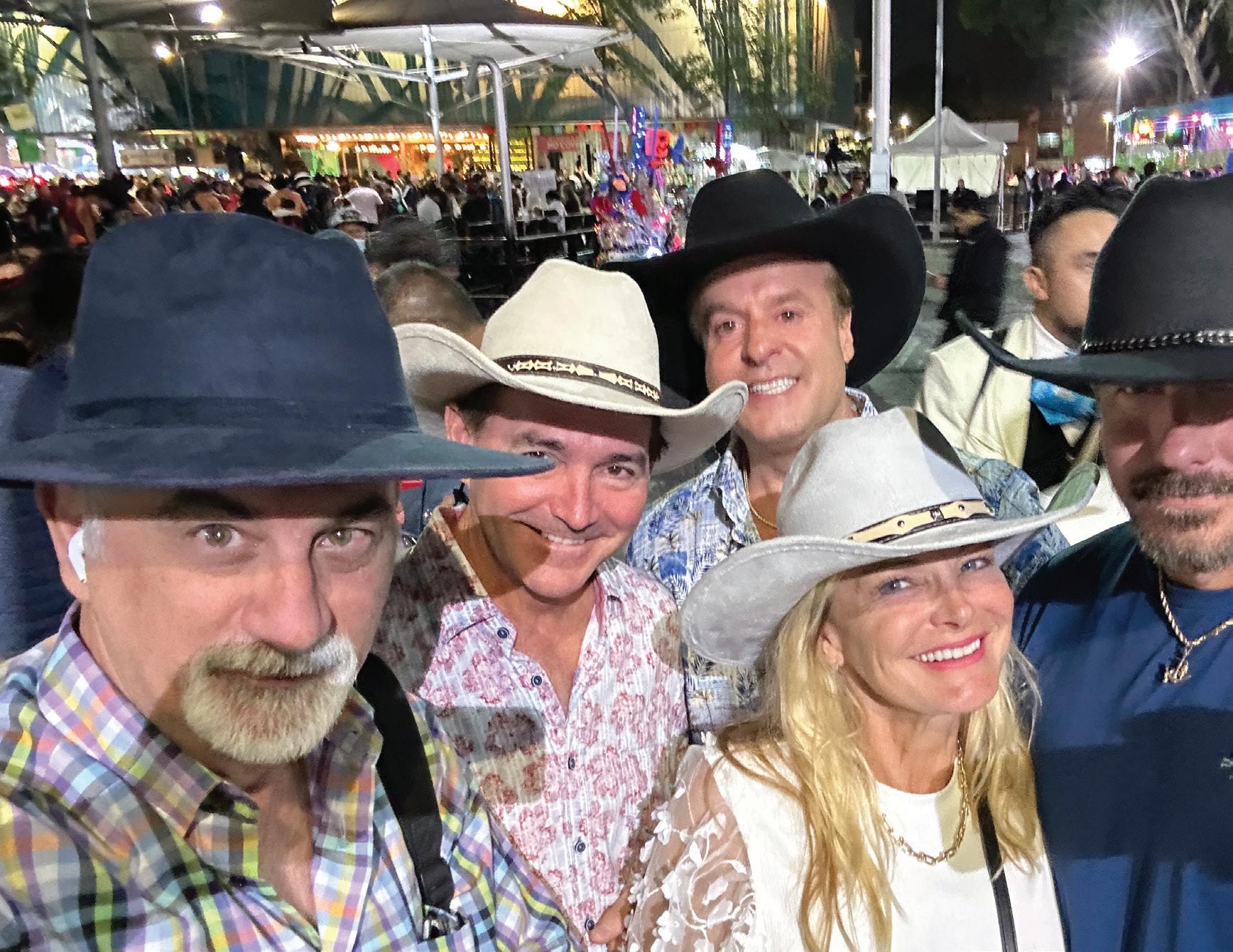
ABOVE Hungry? A boat with tacos will pass by soon enough. Need a souvenir? The gift shop boat can help you. Want a mariachi band to play for you ON your boat? There are many bands to choose from. Just one big rule: only professionals are allowed to step from boat to boat, no regular guests, no exceptions. This rule makes a TON of sense. I am surprised that we didn’t see anyone fall into the water during the 3 hours were were on in the canals.
RIGHT It was just a coincidence that it was


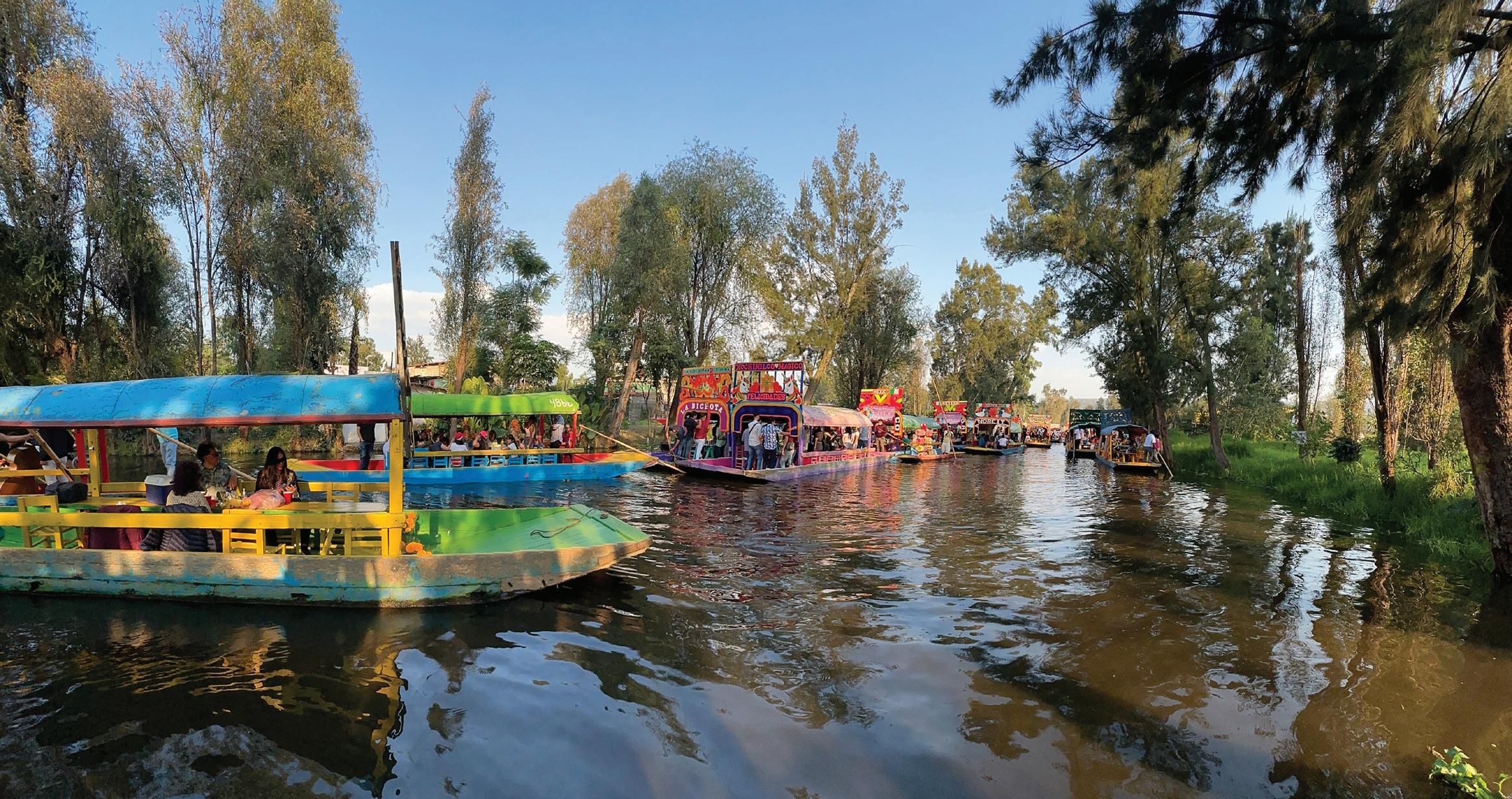
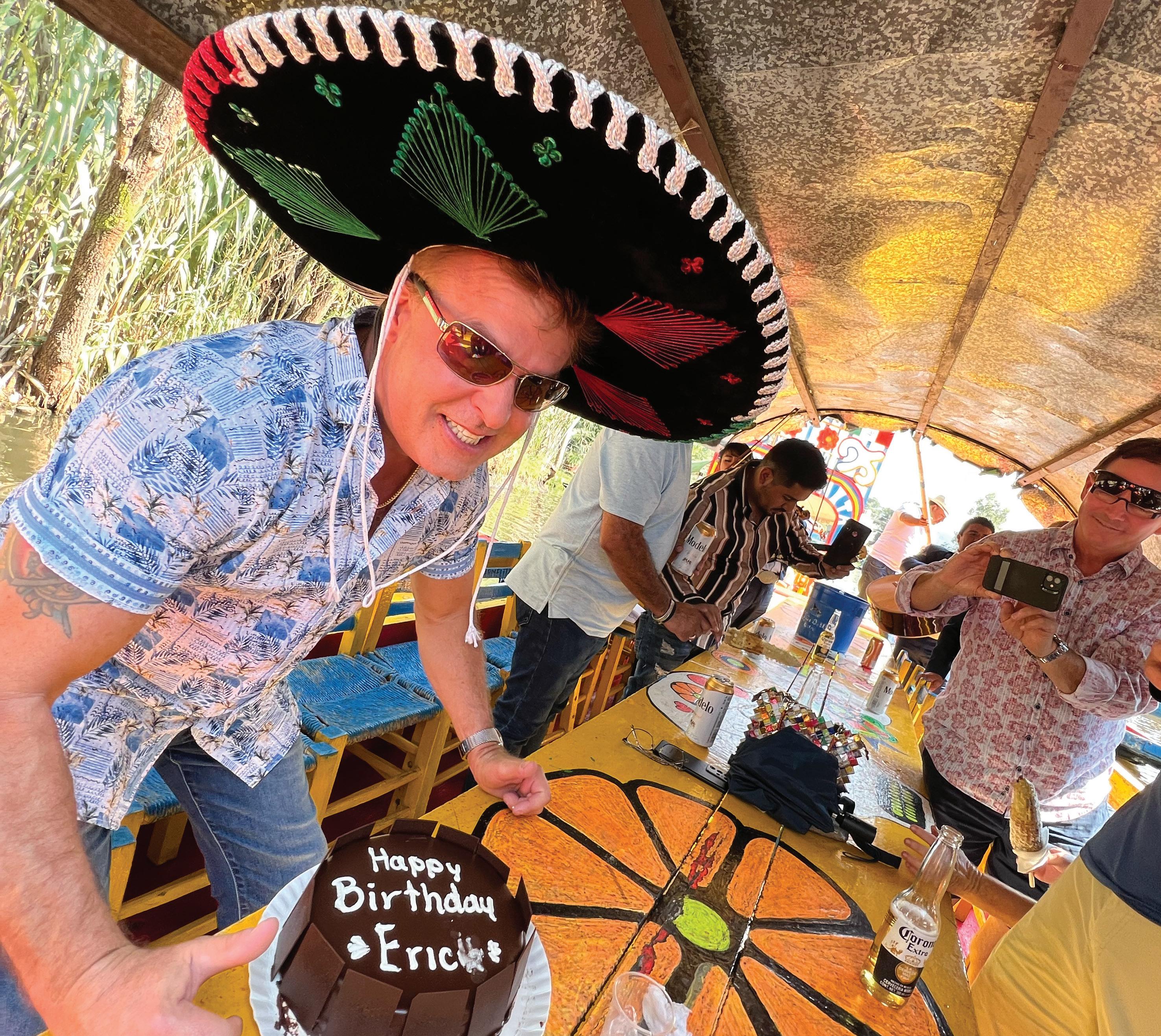
ABOVE But what better way to celebrate your birthday than to have a priviate Mariachi concert on your boat.
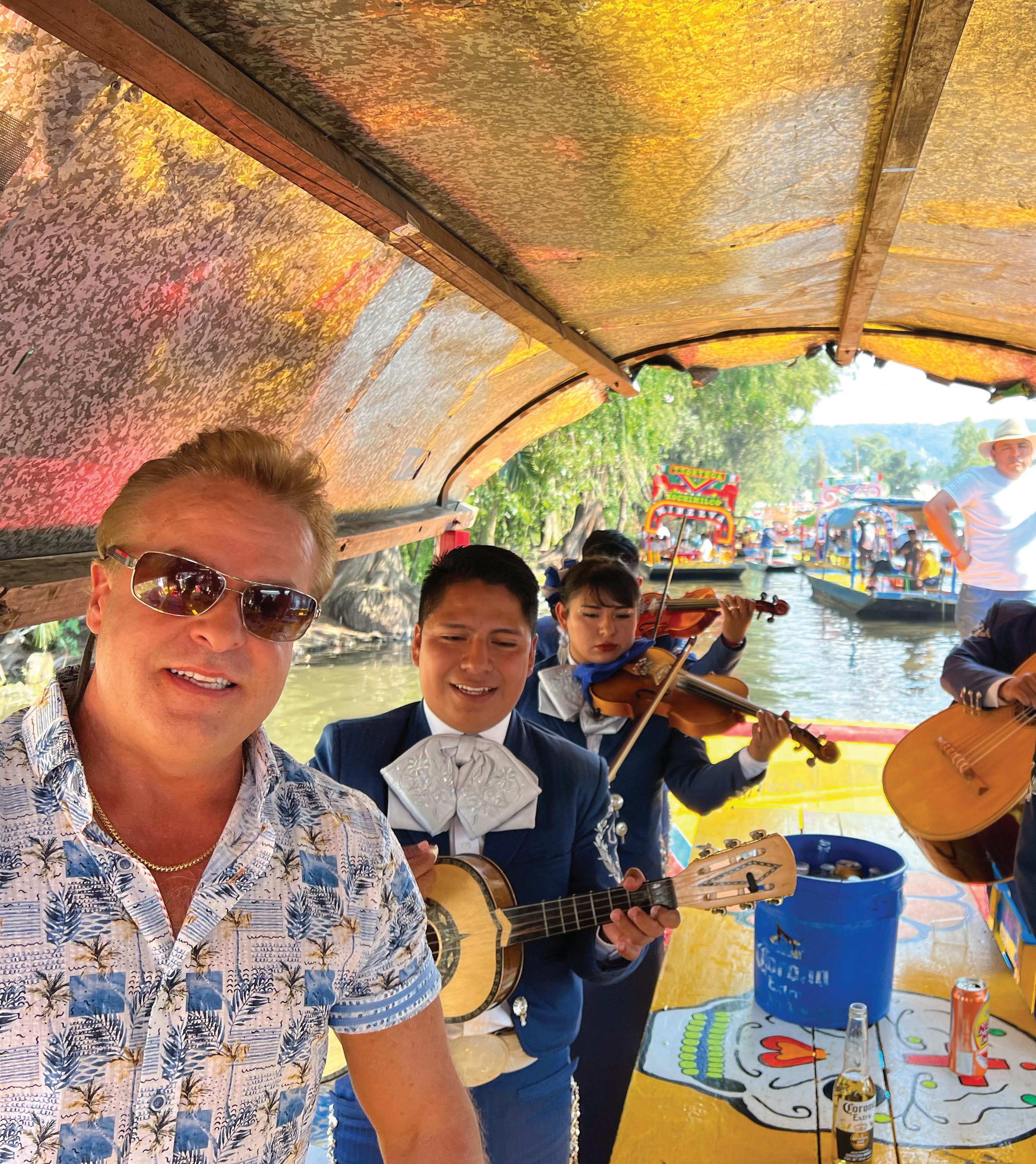
RIGHT Our group was bold enough to try lots of crickets - with a smokey/ nutty flavor - and the ant larve, but the no one was game for the scorpions.
HIRE A DRIVER, GUIDE OR BUS TOUR.
A bi-lingual guide who knows the city removes a lot of frustrations that can ruin a trip. You can walk around or taxi to places in the city’s central area, but adventuring beyond there may be stressful for most people. There are endless tours out to Teotihuacan, Xochimilco and most everywhere else.

BE OPEN TO EXPLORATION AND NEW EXPERIENCES.
Big city travel requires a certain amount of bravery, unlike beachside resort relaxation. Mexico City will test your bravery — Not as much as Mumbai or Istanbul, but still, it is a vibrant place of endless fascination. Try the new foods. Dance in the streets to Mariachis. Learn a little Spanish.
OPEN YOUR EYES TO MEXICO. Americans have misconceptions about Mexico, yet it is a close neighbor and our largest international trading partner and is projected to grow in this capacity. The vibrancy and youth of Mexico will be a big part of our economic future in the decades to come.
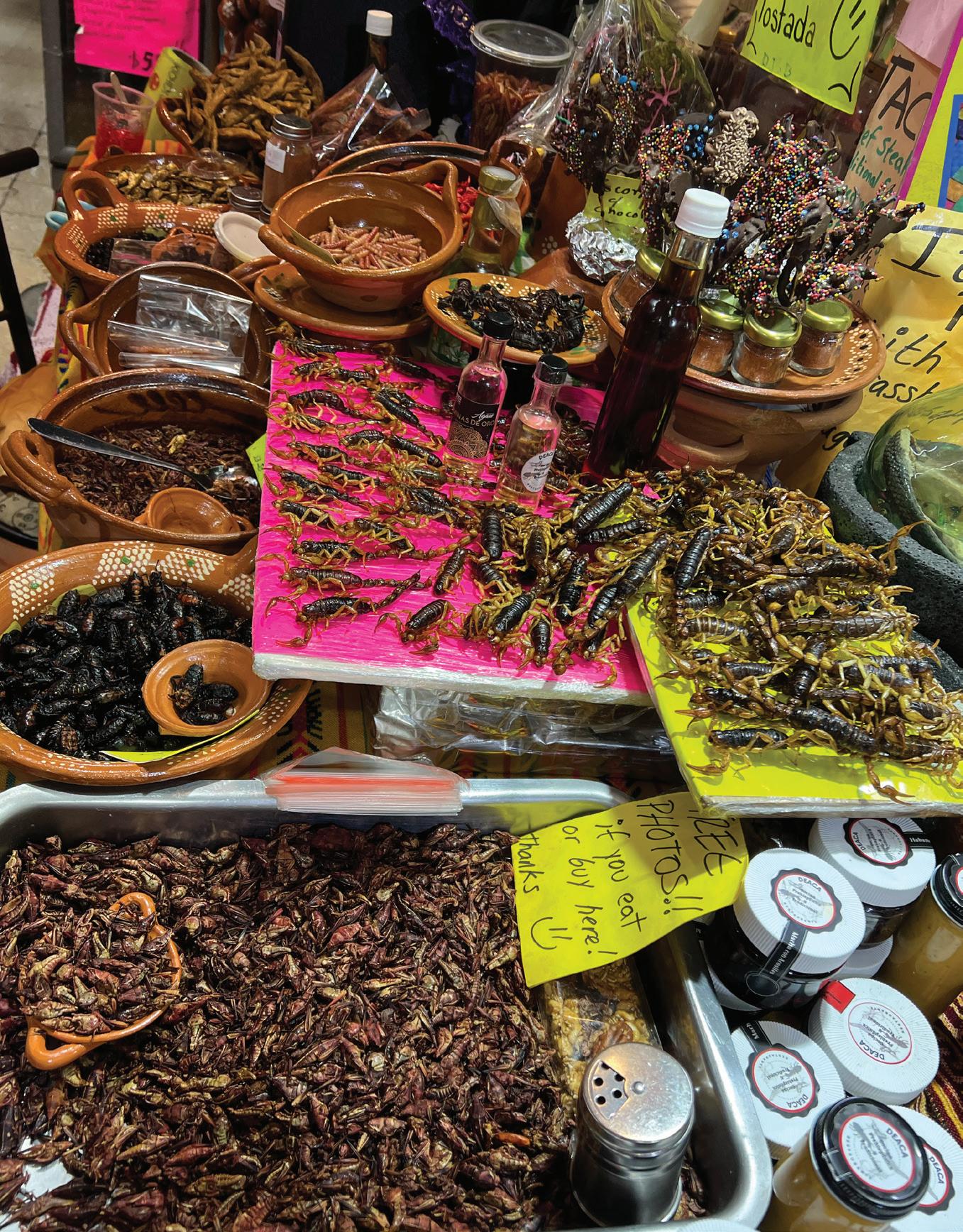
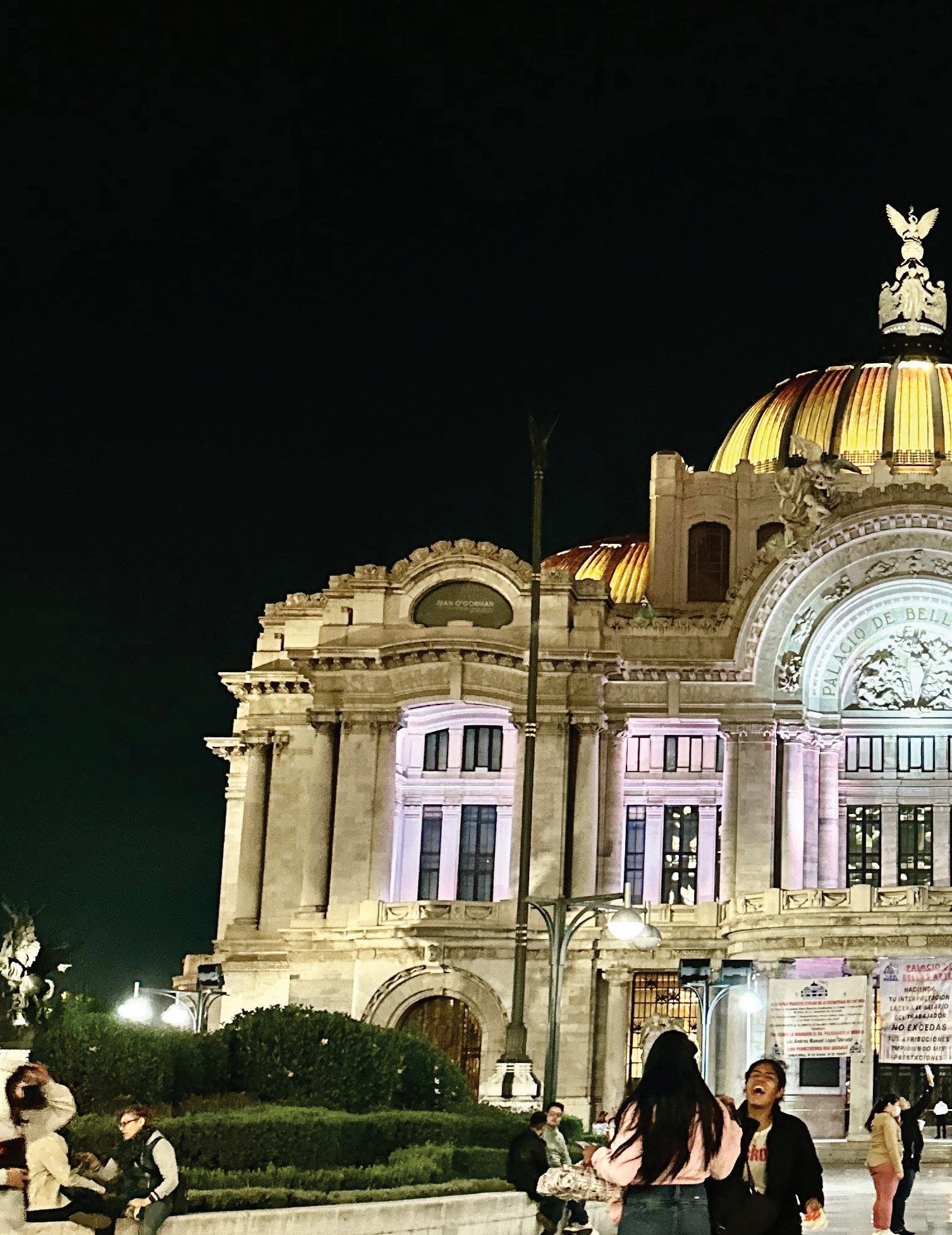
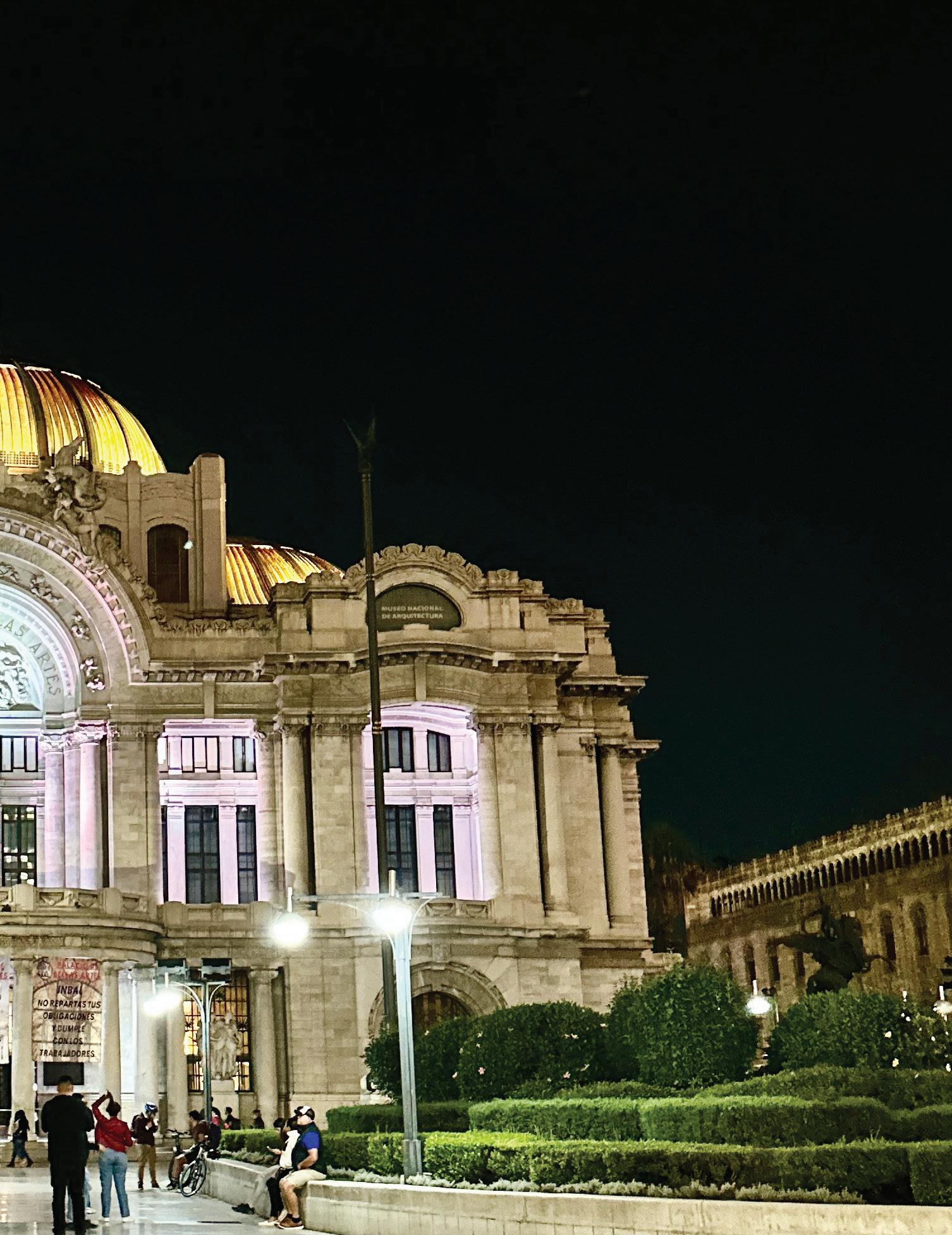
LEFT Prickly chayote was new to me so I had to try one. The nice corn & chayote boat vendor peeled and served it as well. Serve hot, it like a more robust and tasty cucumbercheap, filling and healthy.

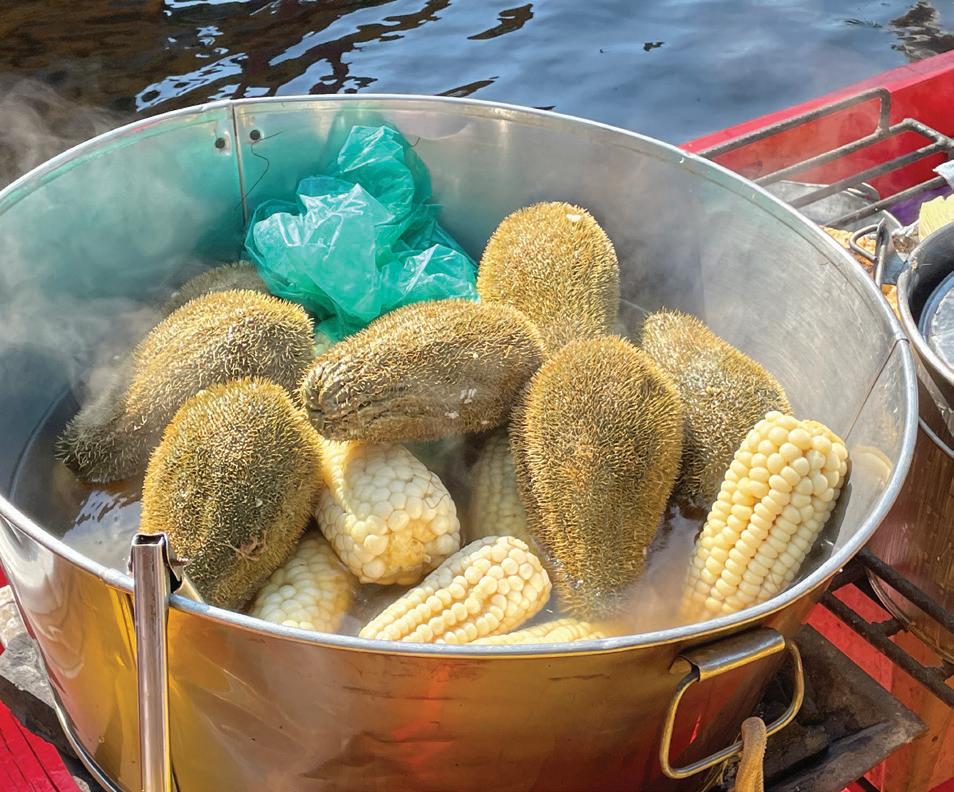
BELOW Mariachi bands are not for the tourists. We stopped for a “snack” at a “local joint” - that really meant, many amazing tacos, lots of tequila, at least seven deserts and several mariachi bands playing one after another for occasions like birthdays and graduations.
Prickly chayote
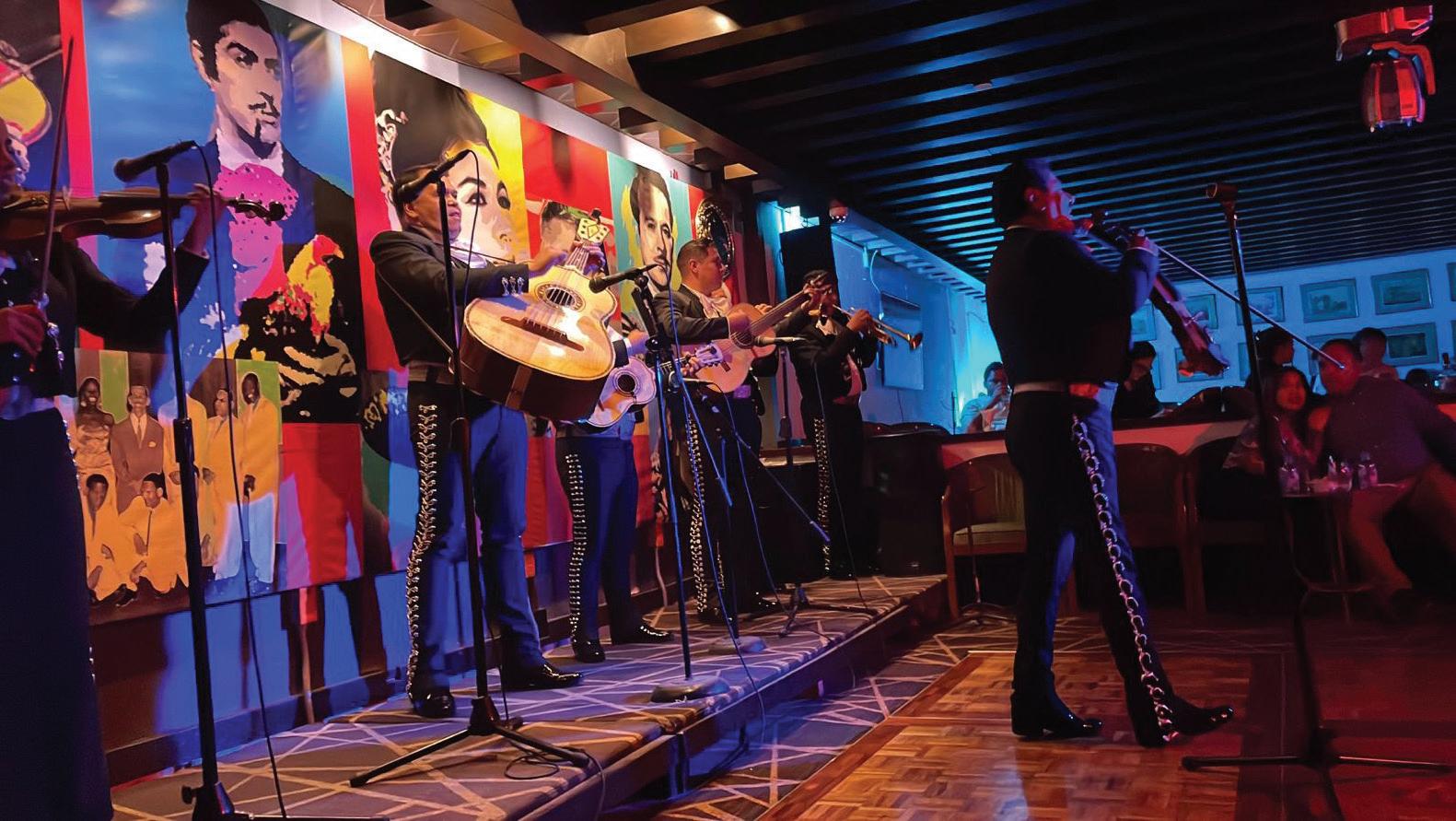
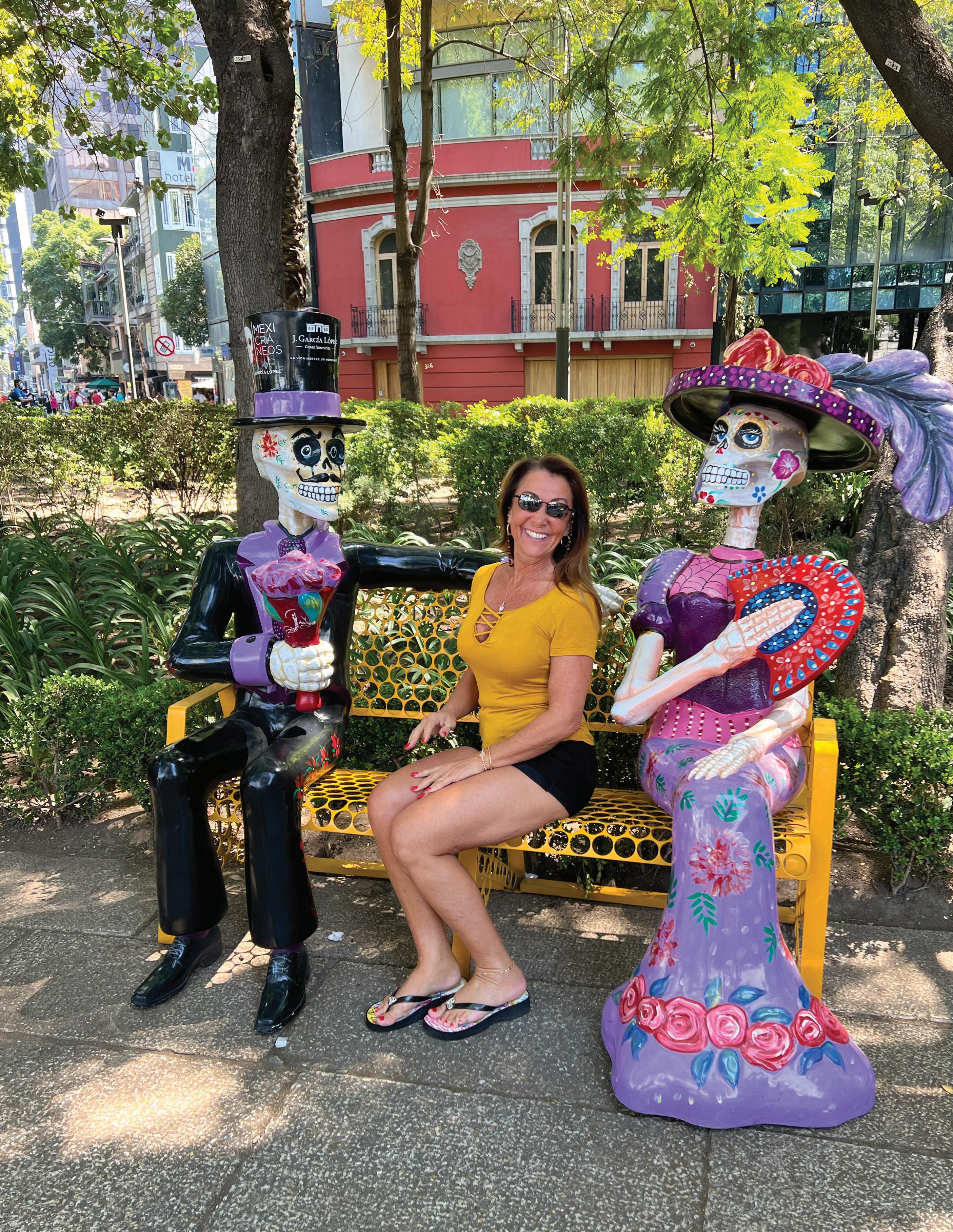


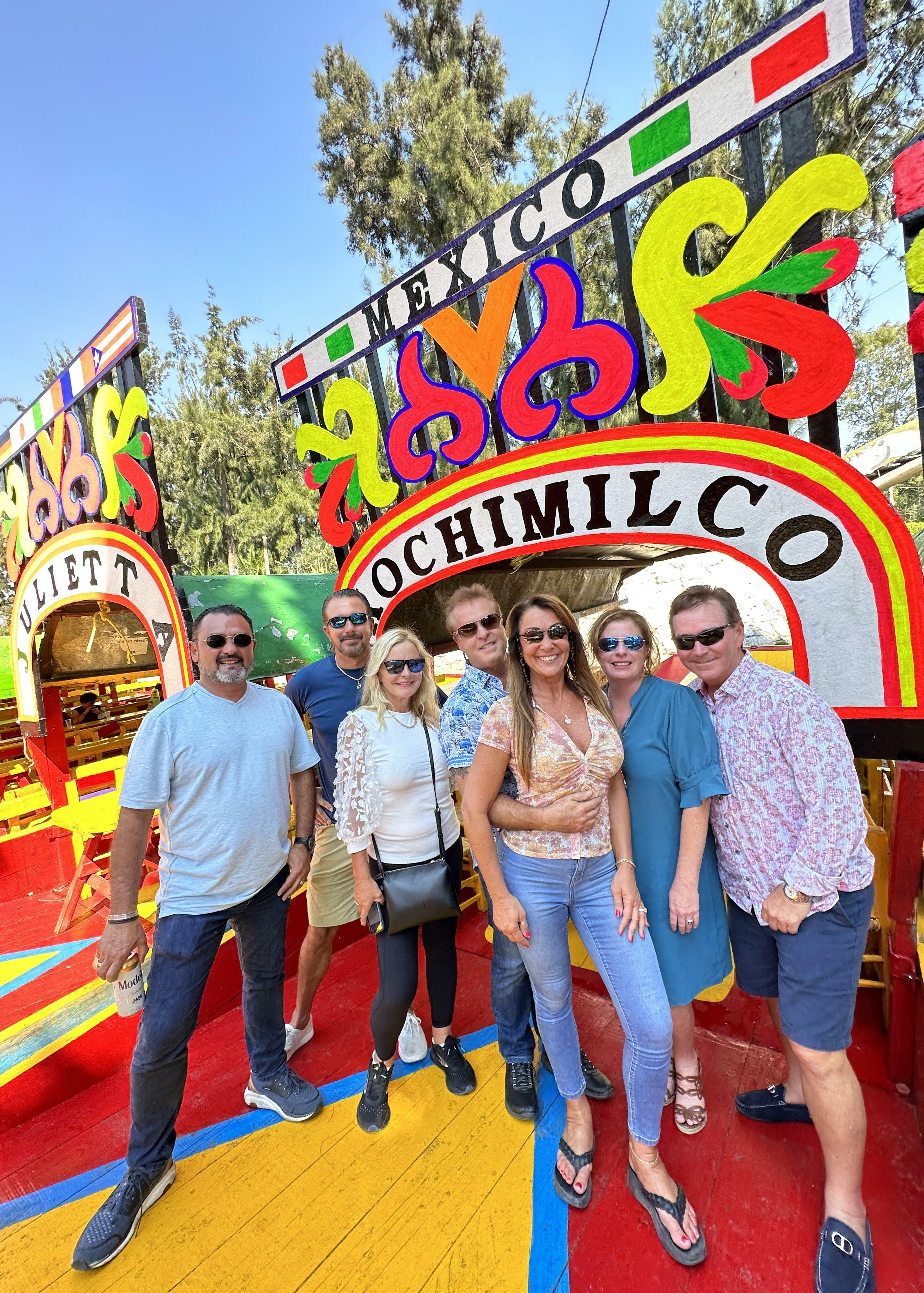
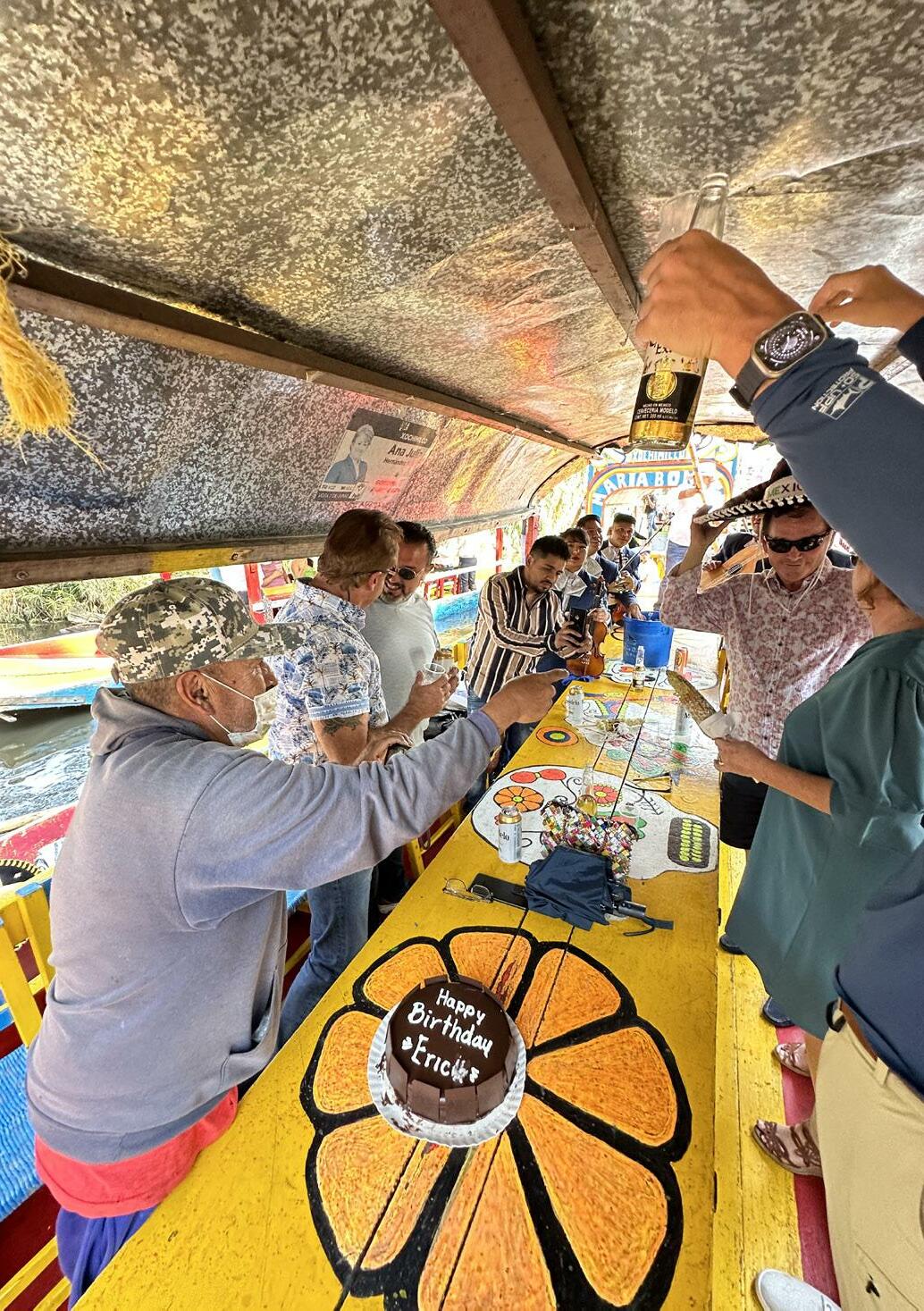

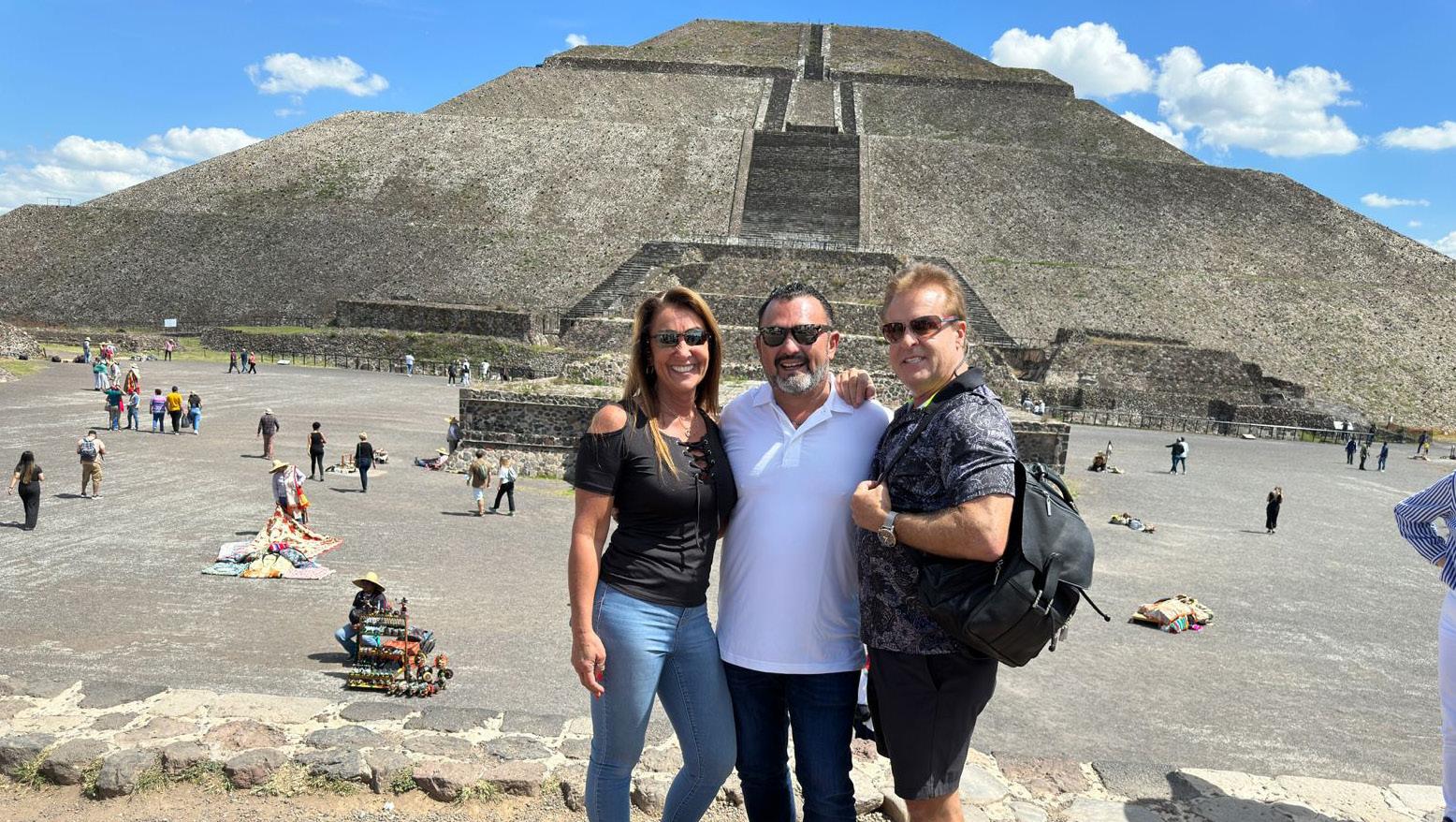

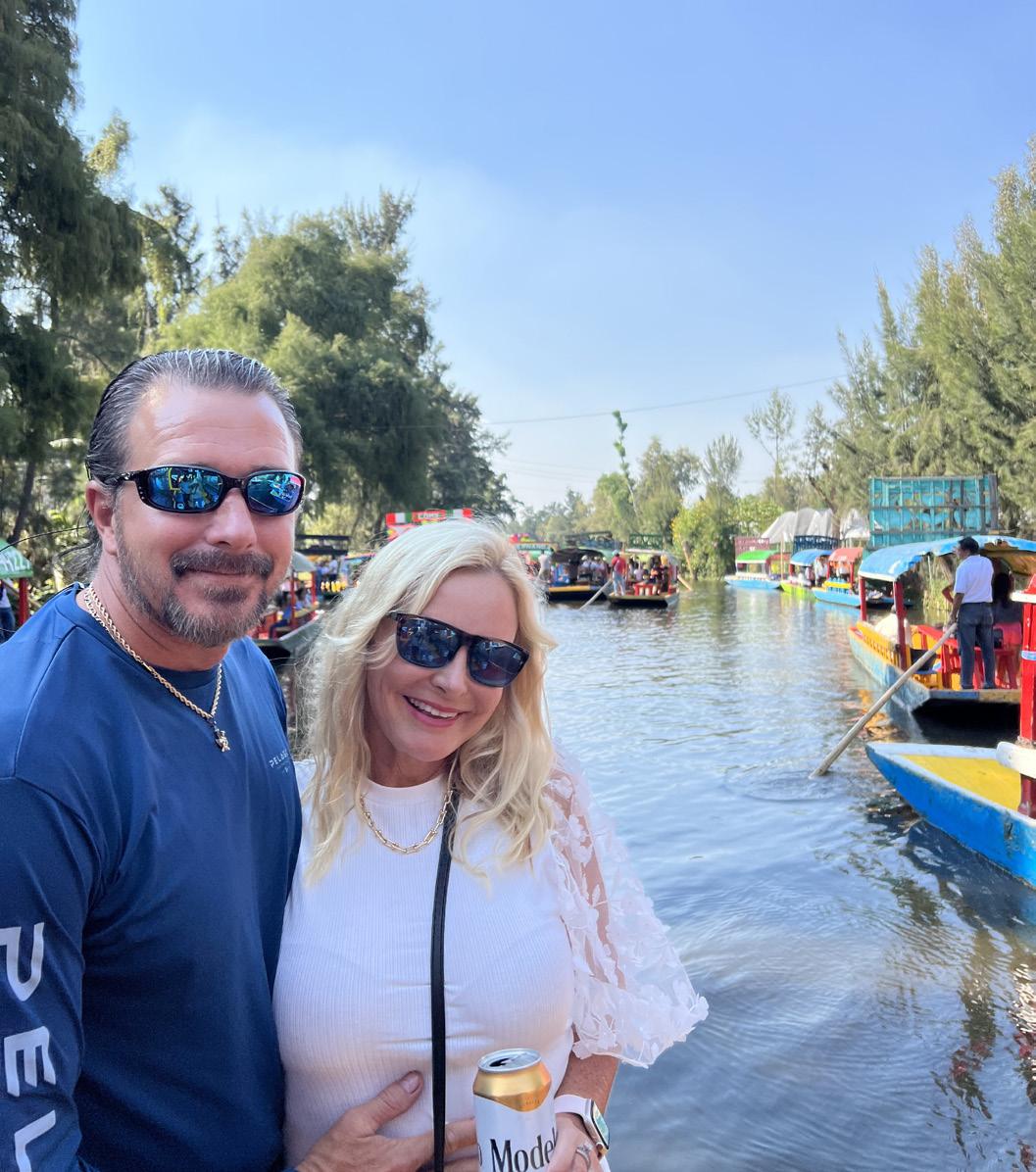
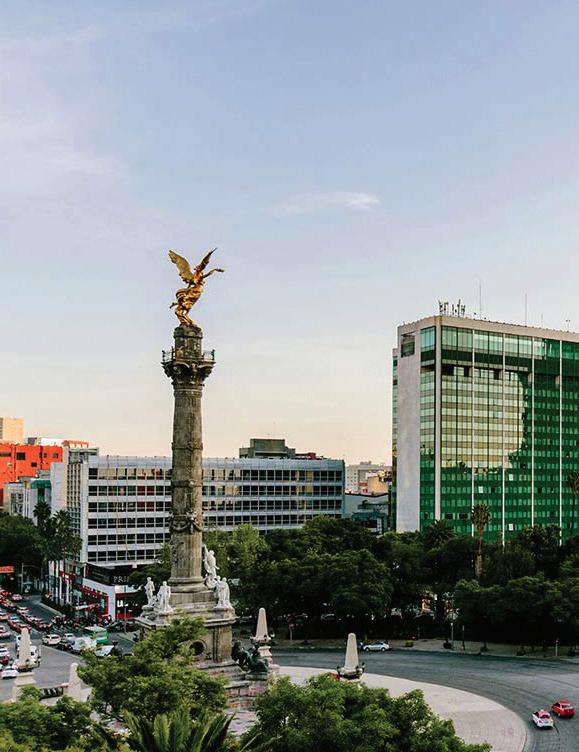
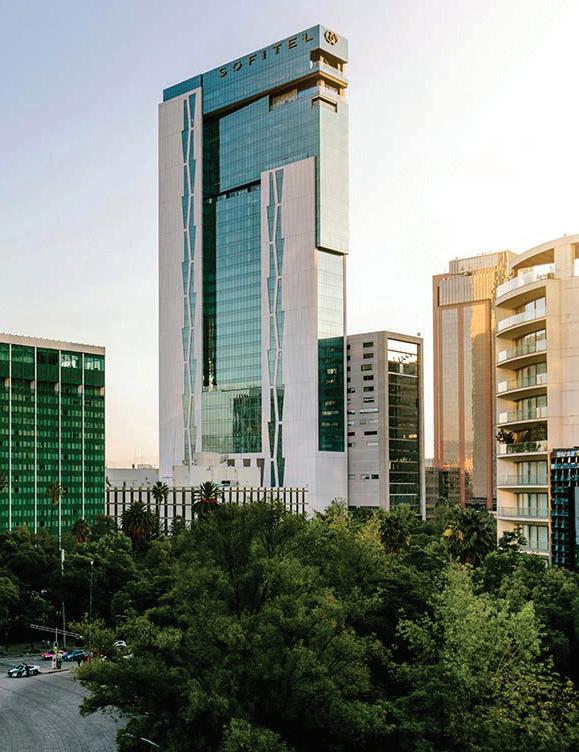
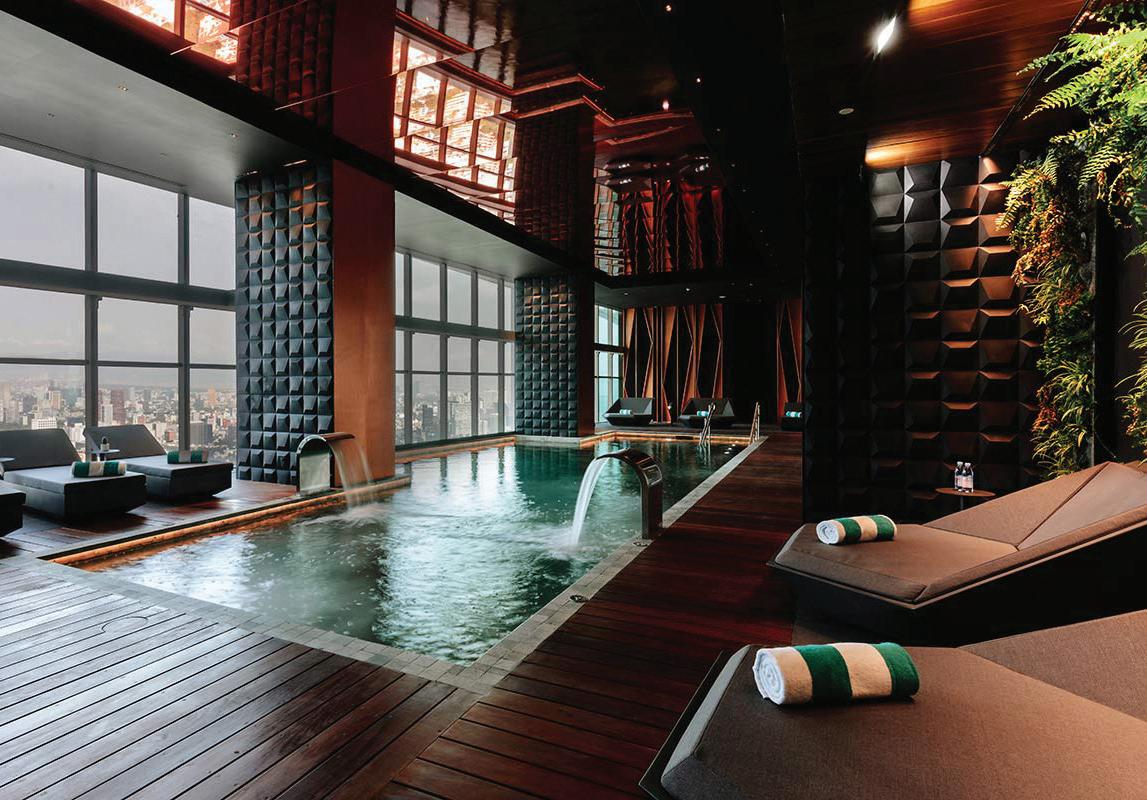
This month’s feature story about travel to Mexico City highlighted the vibrancy and scale of this enormous and historic city. Local Mexican restaurant owner Emilio Dominguez has business interests and family in the city and recommended the Sofitel, and the tour group was glad he did.
Full disclosure, not much about the hotel reminds you that you are in Mexico. Sofitel is a French company, and French is spoken throughout the property. Still, the selection is excellent, mainly because the location is perfect, the property is elegant, and the staff is world-class.
And the views of the city are breathtaking. From the rooms and the rooftop bar and restaurant, you feel firmly in the middle of this magnificent place.
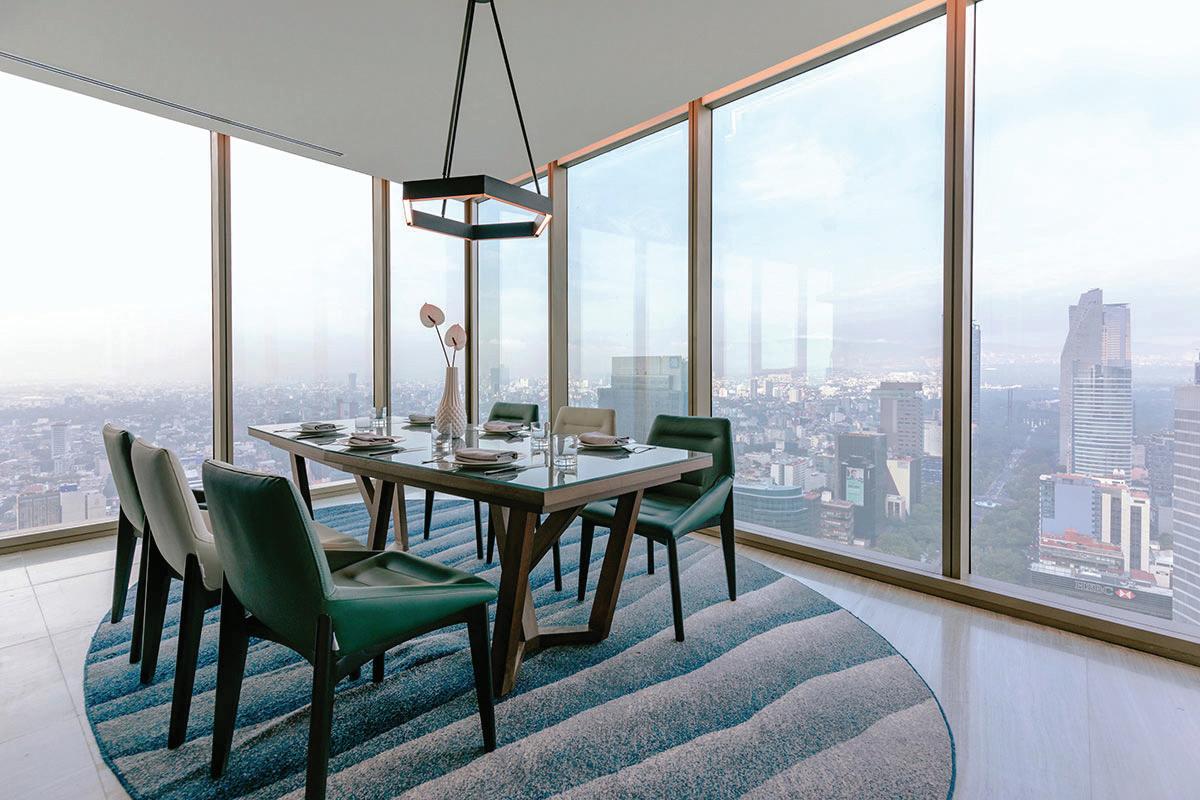
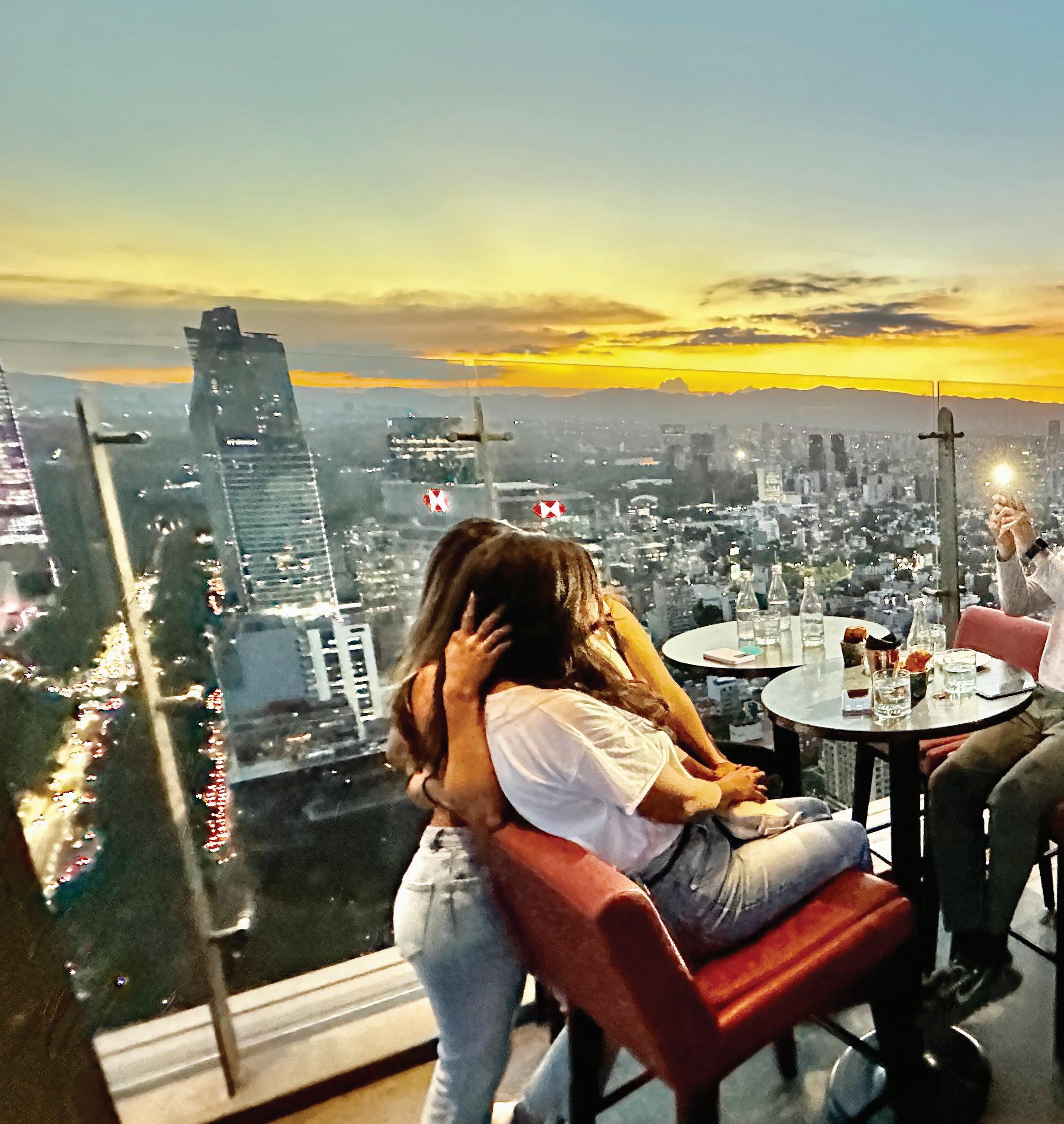
See the full story on page 92.

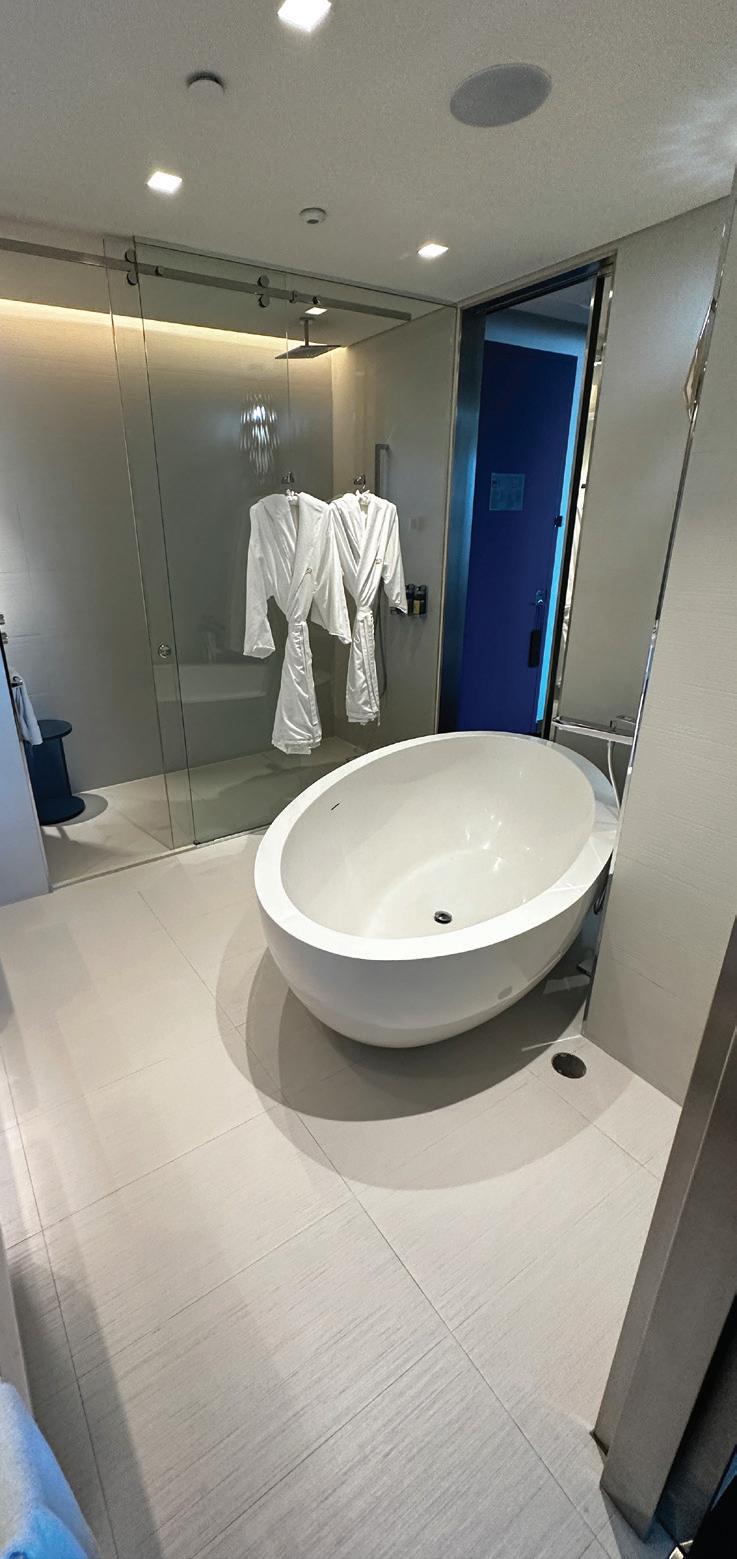
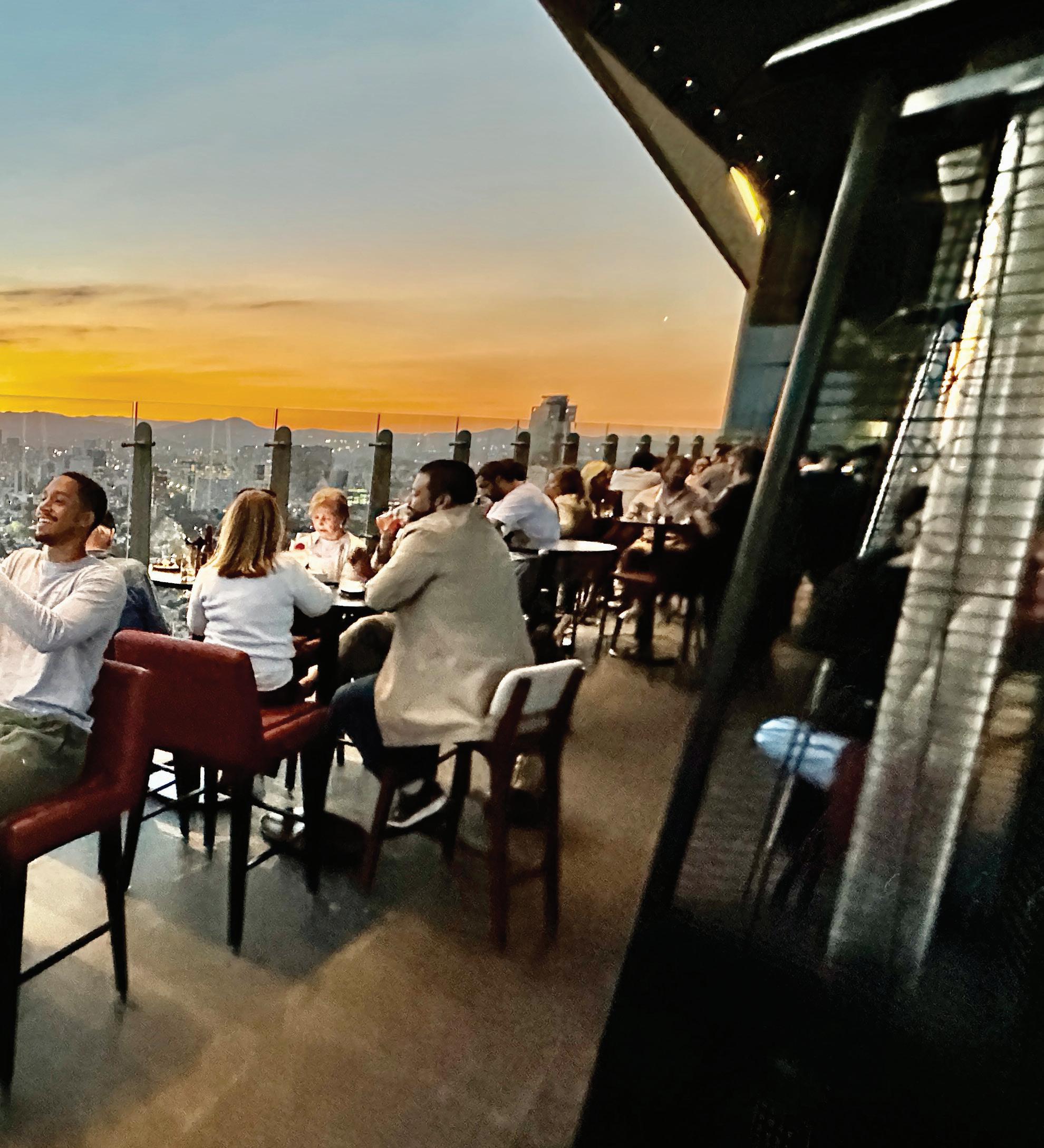

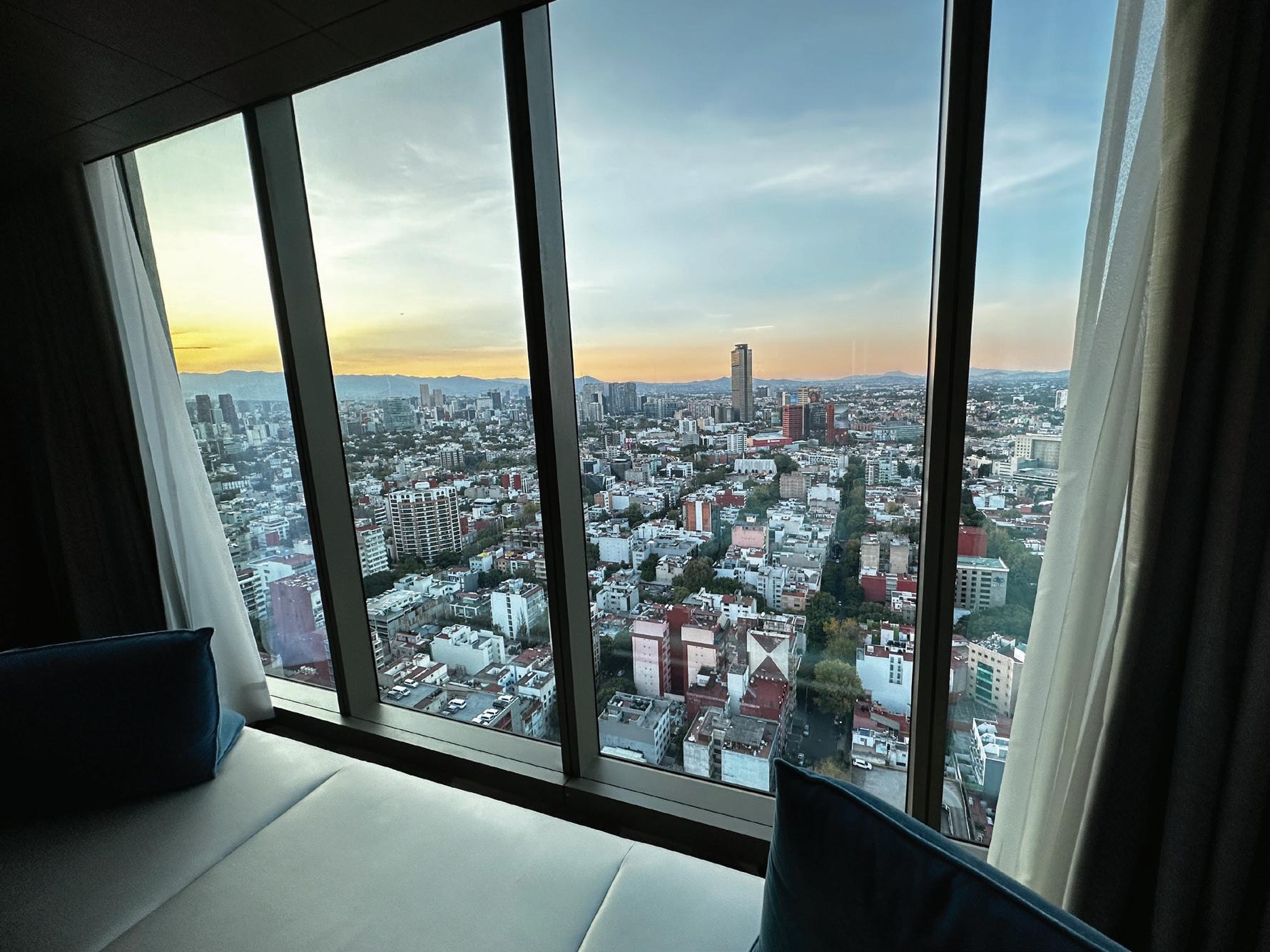
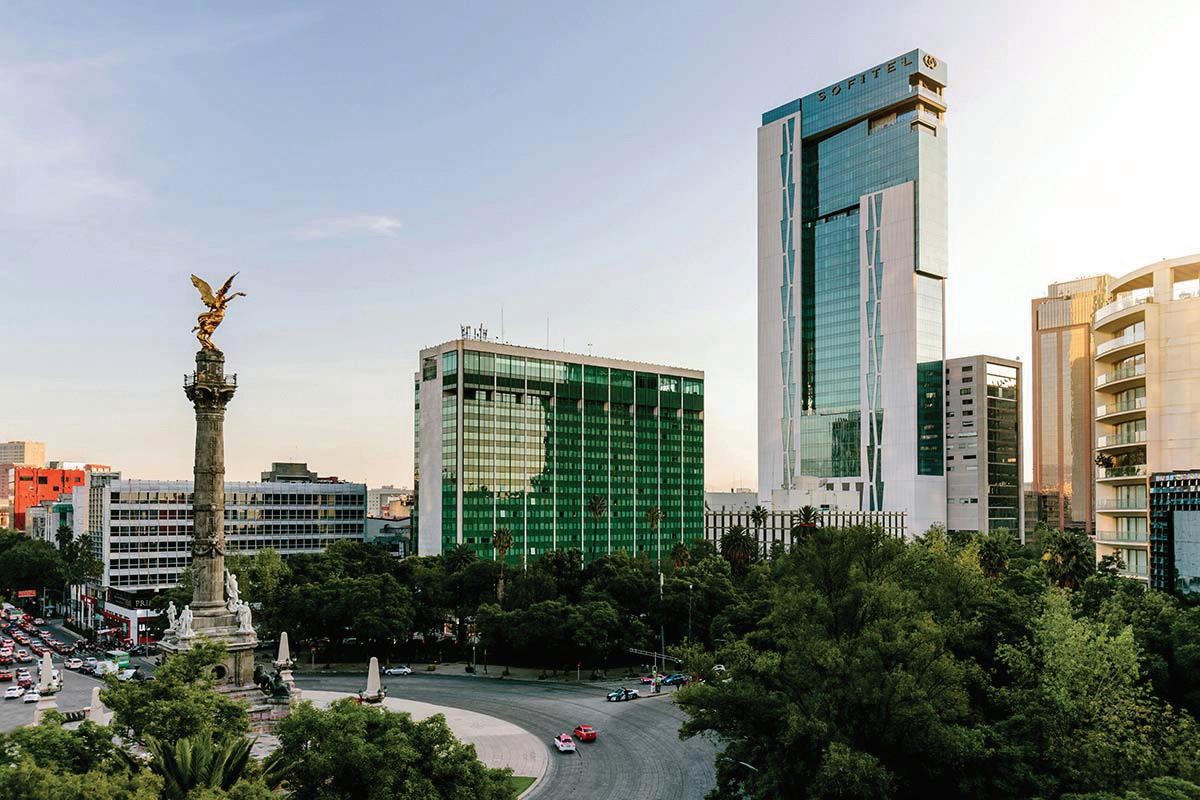
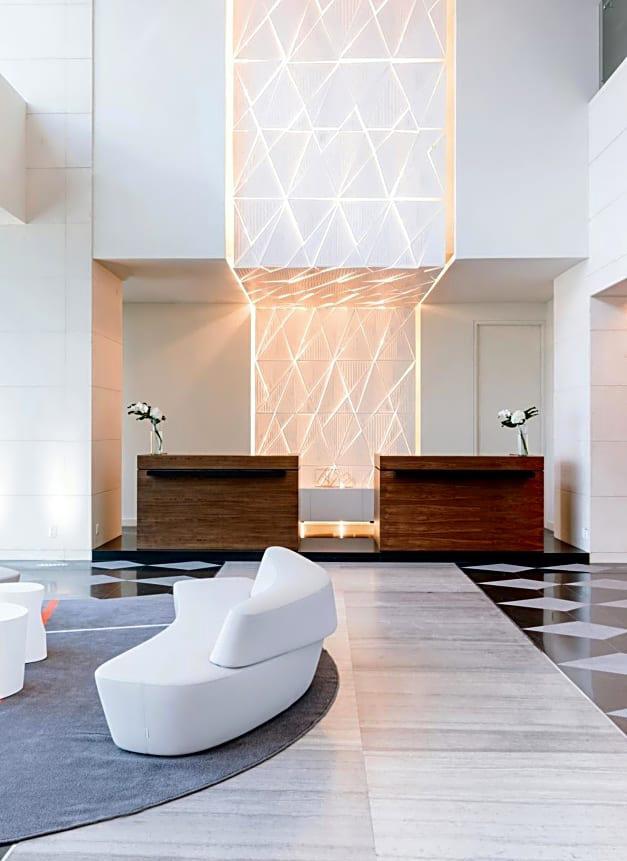
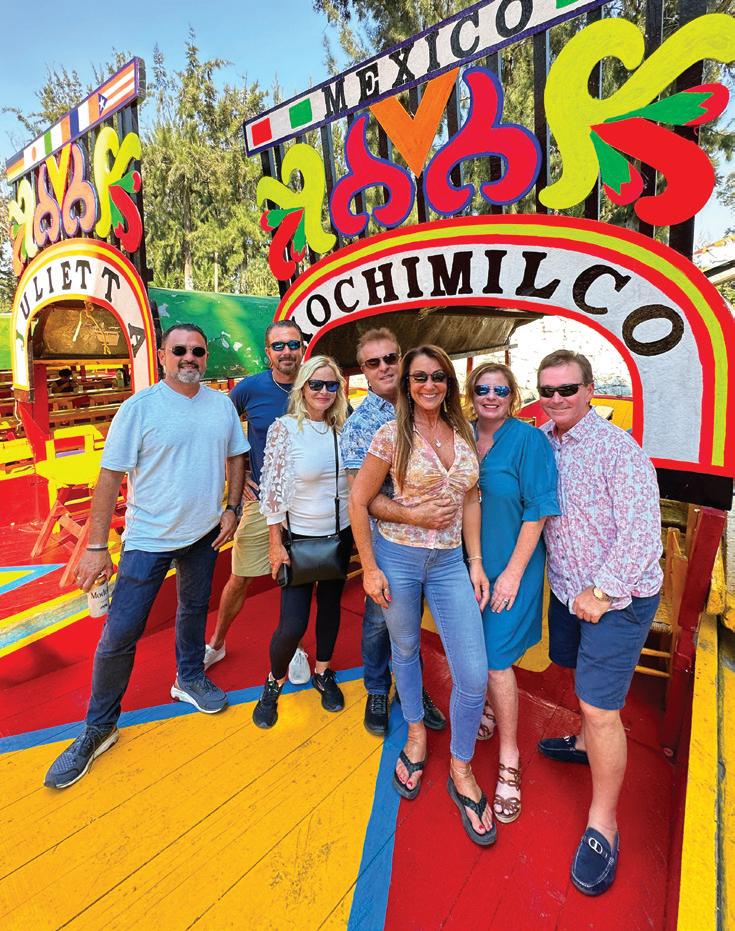


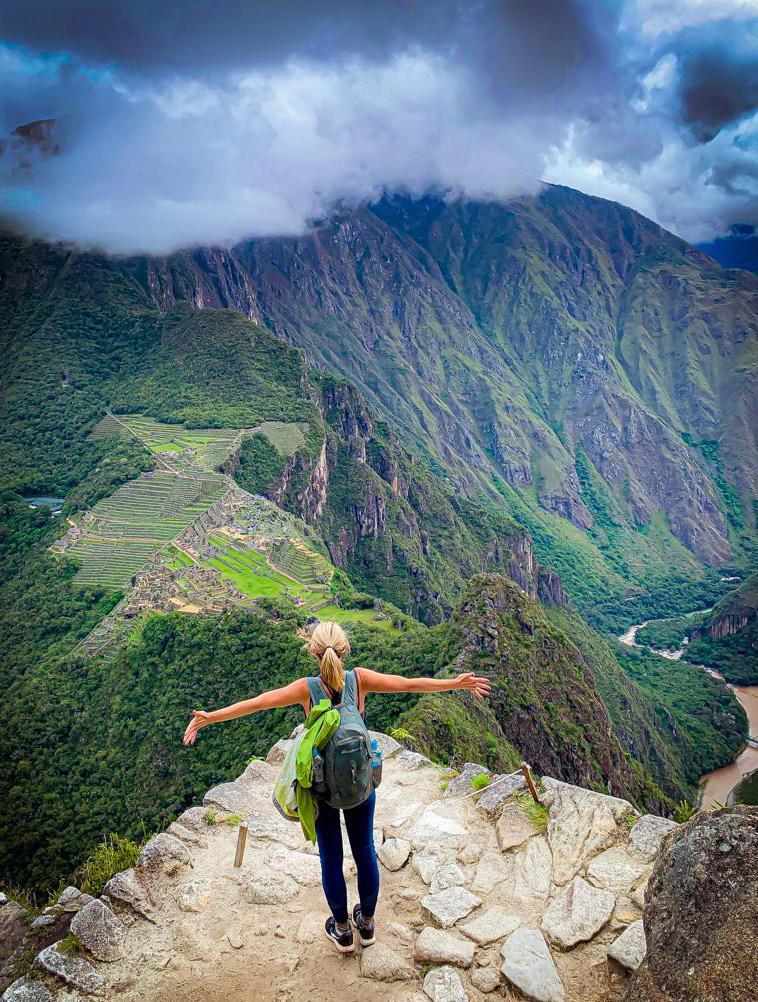
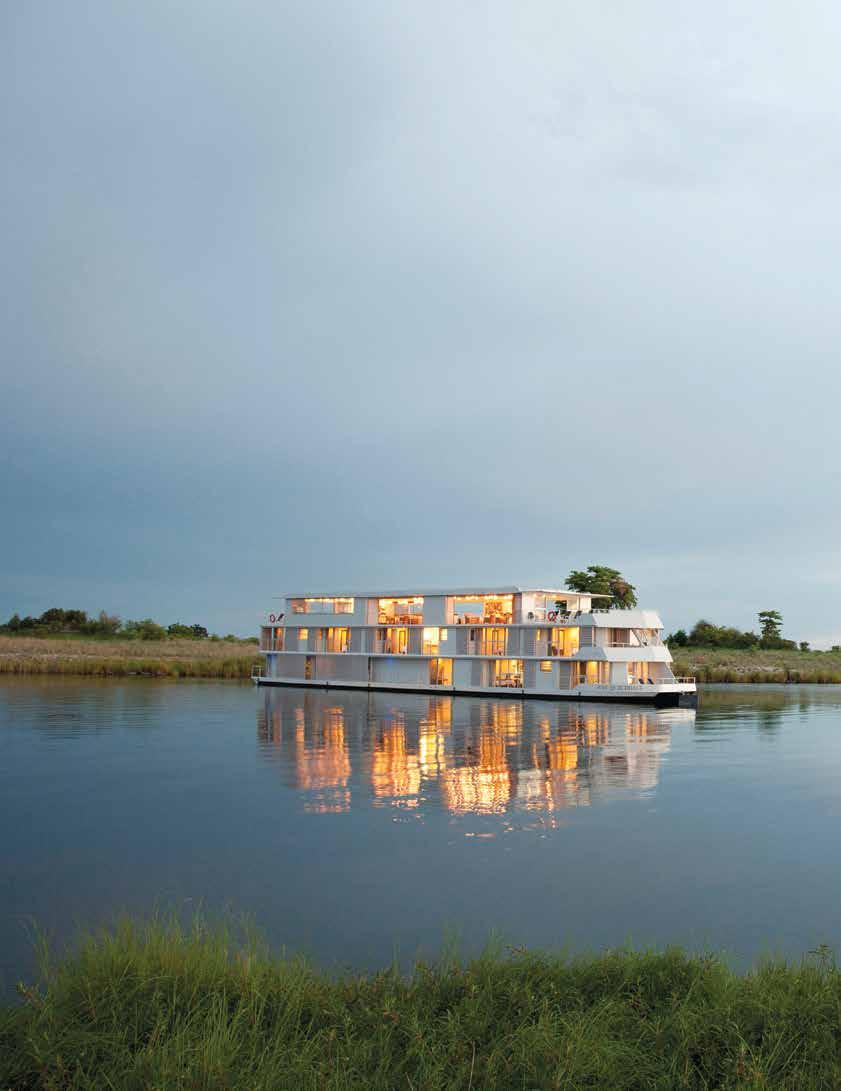
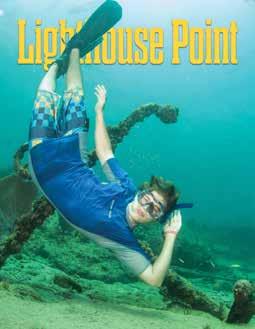



 sto RY A nd photos B Y Jud Y A nd B ill s ullivA n
sto RY A nd photos B Y Jud Y A nd B ill s ullivA n
everyone has some kind of “bucket list.” Lists vary from person to person and center on as many different things as there are people who make them. Mine deals with travel. It seems however that as soon as I cross off one item another appears…..the list never gets shorter. South Africa has been a staple for many years so this trip was a milestone of sorts. Our travel lately has been small ship cruises. These ply the smaller rivers and can reach areas that the larger cruise ships cannot, allowing passengers to disembark frequently, reaching the shore without the use of smaller boats. Our South Africa trip was land based as well as having a small portion of the trip on the water. That was the “hook,” my reason for the selection of the company used for the trip. I was hoping that we would be afforded the opportunity to see as much wildlife and bird life from the water as the land.
memorize your passport number and expiration date. You will write it frequently.
Dollars are welcome almost everywhere. Credit cards are accepted in major shopping areas, but few accept American express. Small bills are handy for tips. Check for inoculation, passport and visa requirements. Some countries require a visa. many are available at border crossings, but some must be purchased in advance. many require multiple empty passport pages.
Laundry service is available and free at most lodges and for a charge at hotels.
there are lodges and camps in all price ranges and formats. be aware that in the southern hemisphere, the seasons are reversed from ours. they experience winter June to August with their summer in December through February.
Intra-country travel is mostly via South African Air. ( they still serve food on every flight no matter the duration.) most planes are for the most part small aircraft. Be sure to check flight days and times as well as baggage weights and size requirements.
Traveling with AMA Waterways our 16day trip included four countries: South Africa, Botswana, Namibia and Zimbabwe. We began as 26 intrepid travelers and at the mid-point, we split with half going on to east Africa and the rest remaining in the south. AMA has a reputation for first class small-group travel which is aptly deserved. The hotels were all five star with delicious, beautifully presented food and a never-ending supply of the famous South African wines.

Our guide, Kirstin, was a remarkable young man. he grew up in Cape Town and had a vast knowledge of astronomy as well as the flora and fauna of the area–especially birds. he spoke Afrikaans, english, French, Spanish and Italian fluently and a few of the African languages as well….including Zulu. he admitted to just a working knowledge of German. he had worked as a horseback and white water guide, loved surfing and was working on completing his Masters in business administration!
The company also sent two delightful young ladies. The company policy that “It’s easier to sell what you’ve seen” means their agents are sent on a tour once a year. They were friendly, helpful and completely professional all the while having a great time. hats off to AMA for going out of their way to help four Mexican Senoras in our group who were unable to get a visa for Zimbabwe. The company arranged for them to see Victoria Falls from the Zambia side making all of the arrangements for their flights and hotel, even sending one of the girls (who spoke fluent Spanish) with them for this two day portion of the trip.
south africa: populatioN 43 MillioN
Cape Town: has a population of four million. It is often referred to as one of the most beautiful cities in the world, a designation well earned. Founded as a port for the east Indian Co., it is located in a spectacular natural setting at the foot of the 3,000 foot Table Mountain. Although the capital of South Africa is Pretoria, Cape Town houses the parliament and Johannesburg the stock exchange. Cape Town is relatively crimefree and safe with most of the crime petty and non-violent. The beautiful Cape Grace hotel, our home for three nights, sits on the Victoria and Alfred waterfront, the cultural heart of the city, crammed with restaurants, shopping, outdoor entertainment, theatres and a huge Ferris wheel. The dock area houses colorful fishing boats and is home to a colony of playful fur seals.
The Cape Flats, however, are a dismal township, which is home to the majority of the population and is notoriously dangerous. Barren and flat, it lies in the industrial southeast of the city and is often referred to as the apartheid dumping grounds. It is a grim reminder of the relocation of the non-white and colored population of the 1950s. (see sidebar on apartheid)
Iconic Table Mountain, soaring 3,000 feet above the city is certainly the focal point of the city. Although frequently shrouded in clouds, it affords spectacular views. Robben Island, the prison where Nelson Mandela and other political prisoners were held, lies three miles offshore to the north. To the south are Lion’s head, Devil’s Rock, the
Twelve Apostle Cliffs and Signal hill and below, the city bowl. Originally, a canon was fired from Signal hill each day at 11:00 to allow for the setting of sextants. It is now fired each day (except Sunday) at noon. The mountain is home to many species of birds and small animals, including the tiny dassies, distant relatives to the elephant! A rotating cable car takes you to the top of Table Mountain in seven minutes.
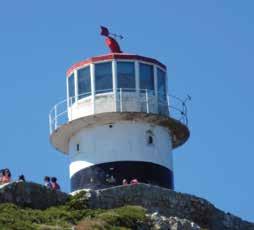
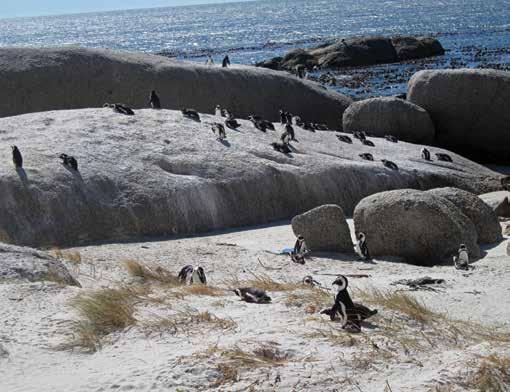
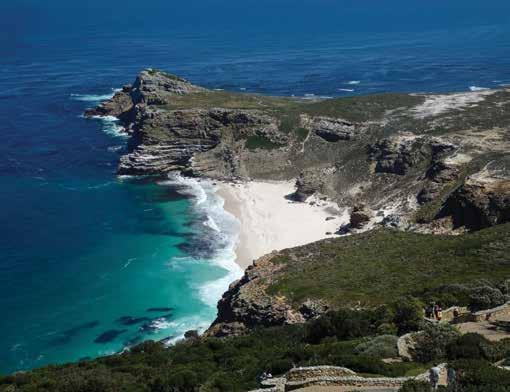
We began our trip to the Cape Peninsula traveling on two of the most famous highways in the region. The Ne Drive is a scenic feast of mountain slopes, soaring cliffs, turquoise bay waters and lagoons. On one side is the Atlantic, the other the Indian Ocean. Inviting as it looks; swimming can be hazardous with strong currents, cold water and Great White Sharks. Despite this, it remains a surfer’s paradise. The Peninsula Road hugs the shore and the dramatic Chapman’s Peak Drive, cut into the rock face, is one of the region’s most dramatic mountain drives. We passed through several small towns including Simonstown the headquarters of the SA Navy. It was bustling that day due to the Navy Days holiday when the base is open to visitors.
At the Southernmost point is Cape of Good hope so named by John II of Portugal. It is popularly perceived as the junction of the Indian and Atlantic oceans. There is a small still-used lighthouse and a short funicular ride takes you to a vantage point high above the sea. Baboons run freely and will gladly take any food right out of your hands. Failure to secure the doors on our bus during our absence resulted in Baboons coming aboard, ransacking purses and bags and leaving behind a “present” on one of the seats!
Nestled in a cove nearby is a thriving breeding colony of African Penguins. Actually in the midst of a residential area, there is a long boardwalk at Foxy Bay for close-range viewing. The birds wander freely around and under it in a protected natural environment. These penguins have often been called Jackass Penguins due to their braying call similar to that of a donkey.
This is the home to the wine lands Stellenbosch and Franschoek. The route from Cape Town turns inland passing through rugged mountain scenery and wine estates, even some Ostrich farms. We paid a visit to the Babylonstoren Vineyard, one of the oldest in the area surrounded by the
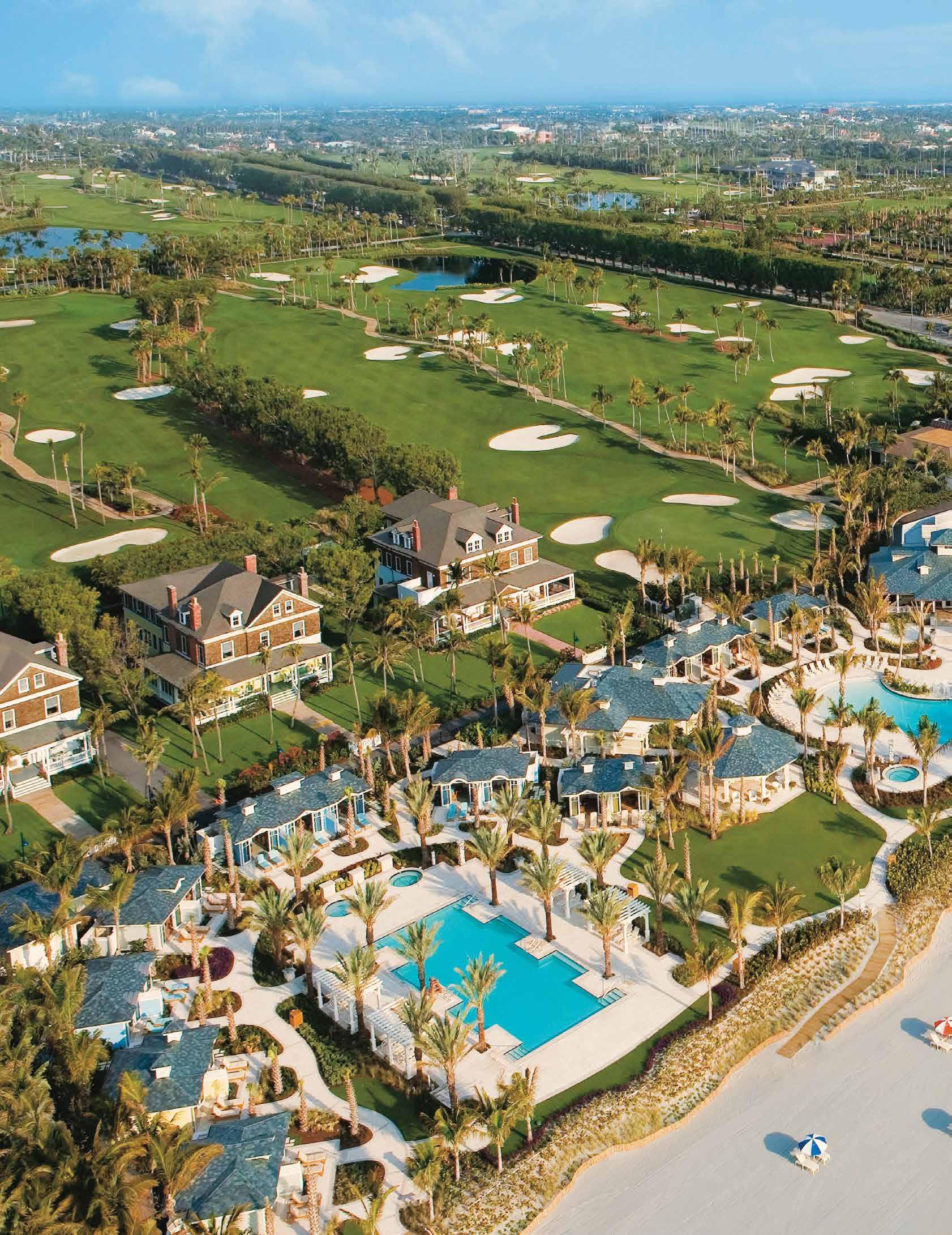
to The Breakers Palm Beach ...So close, yet a world away
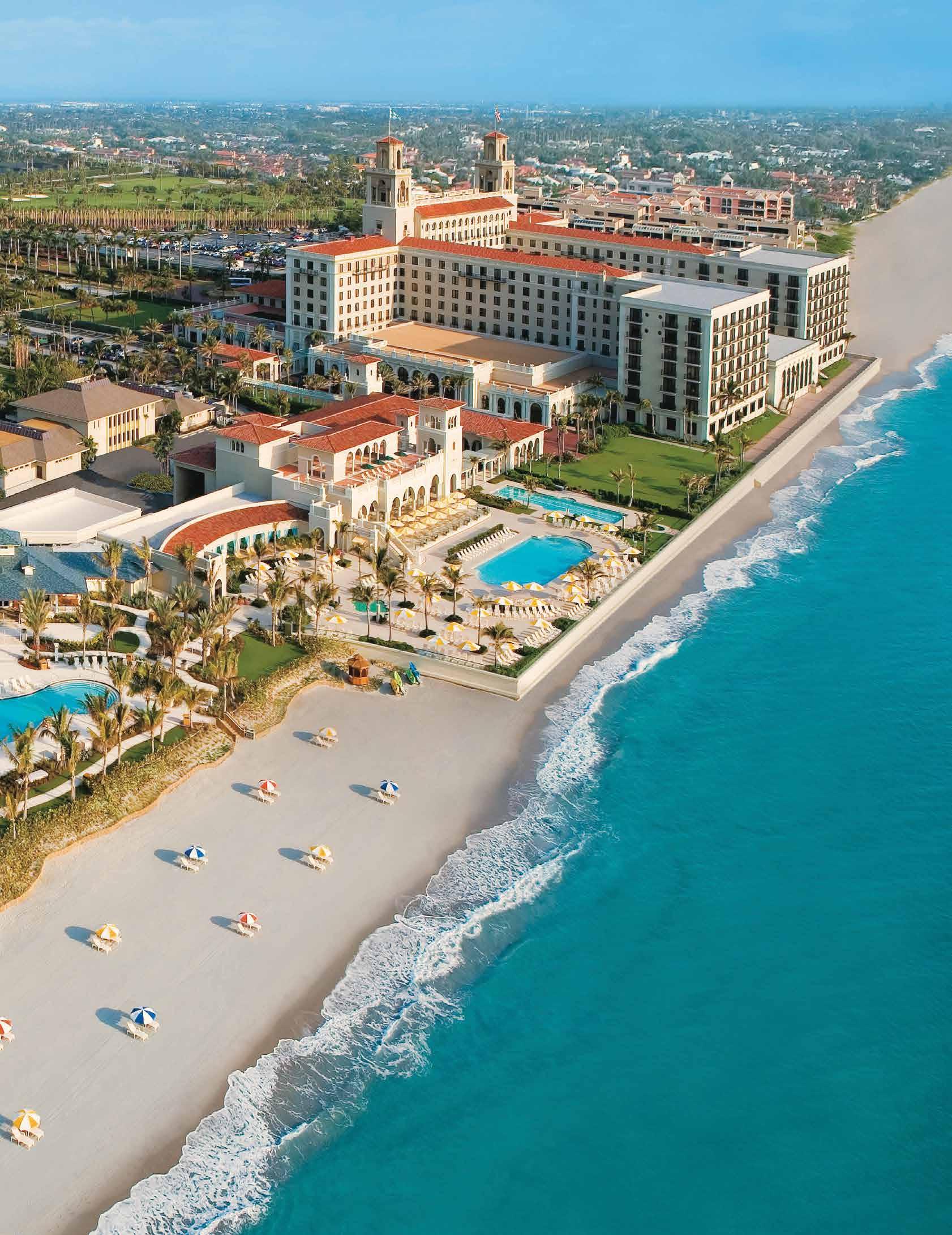
The rich history, breathtaking grandeur and the impeccable luxury of The Breakers compelled me to write in clear terms why one should consider spending some quality time at this glorious hotel.
BY SUSAN ROSSERThe bed here is just the most luxurious you’ll ever enjoy. It’s like lying on a cloud of cotton candy without the stickiness.


South Florida was pretty much an isolated peninsula until Henry Flagler, the Standard Oil Company magnate, built and acquired railroads along the state’s East coast. So now, the region could be reached easily by rail. In 1894 he built The Royal Poinciana Hotel at Lake Worth. His hotel drew guests from the American elite and quickly became a top notch destination in Palm Beach.
In 1896, he built a second hotel called the Palm Beach Inn on the beach of the Royal Poinciana. Well, who doesn’t want a room by the beach? Pretty soon, hotel guests started requesting “rooms over by the breakers.” So, what ‘s a developer to do? Flagler added on to the hotel and renamed it The Breakers. Unfortunately, during another expansion project, the hotel burned down on June 9, 1903. Thankfully, they rebuilt quickly and a brand new hotel opened on February 1, 1904.
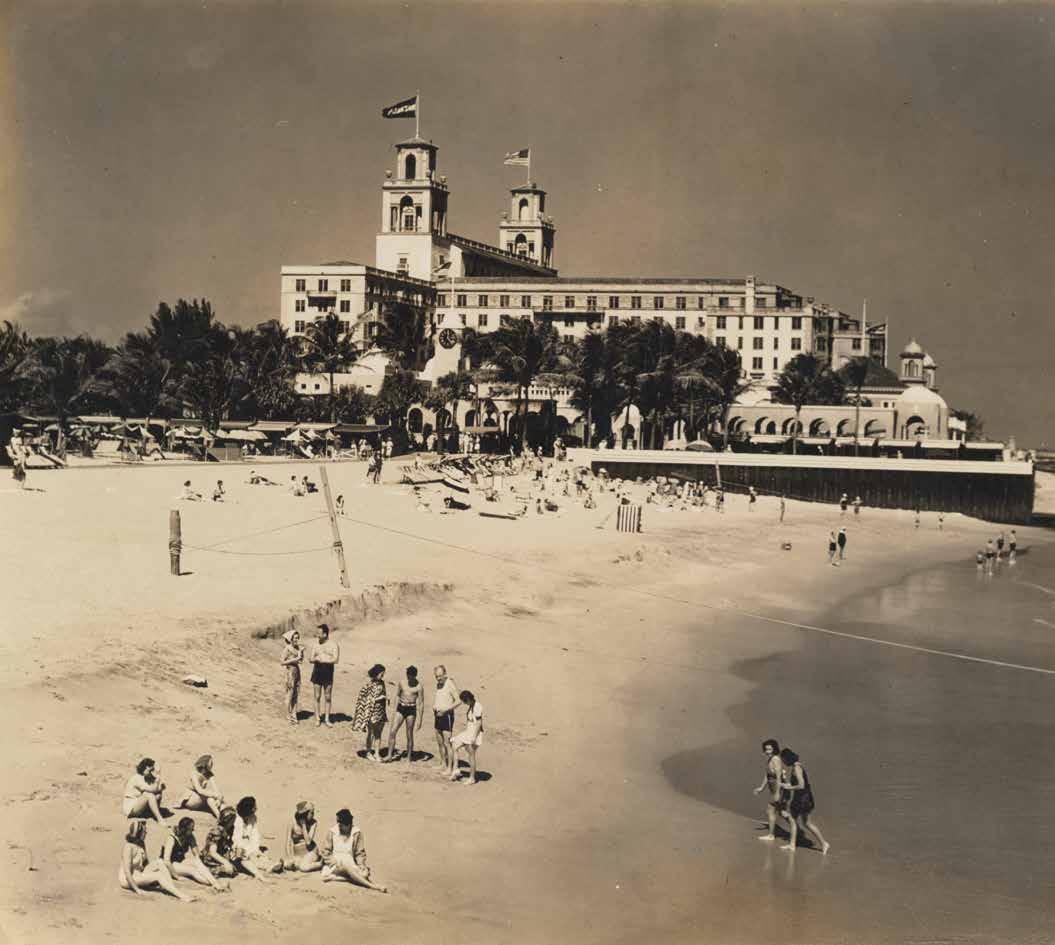
During those years the hotel hosted the rich and famous—the Rockefellers, Vanderbilts, Astors, Andrew Carnegie and J.P. Morgan all vacationed at The Breakers along with United States presidents and European nobility. Not a shabby crowd.
But tragedy struck again in 1925. Another fire burned down the wooden building. Henry Flagler had died, but his heirs had the vision to build one of the finest resorts in the world modeled after the Villa Medici in Rome, Italy. 75 Italian artisans were brought over to paint the ceilings in the grand lobby of the hotel. The Breakers lobby still draws gasps from guests today.
The newly renovated dining area named after The Breakers’ founder, Henry Morrison Flagler, is an explosion of contemporary sites, sounds and tastes along with the feel of elegant times past.
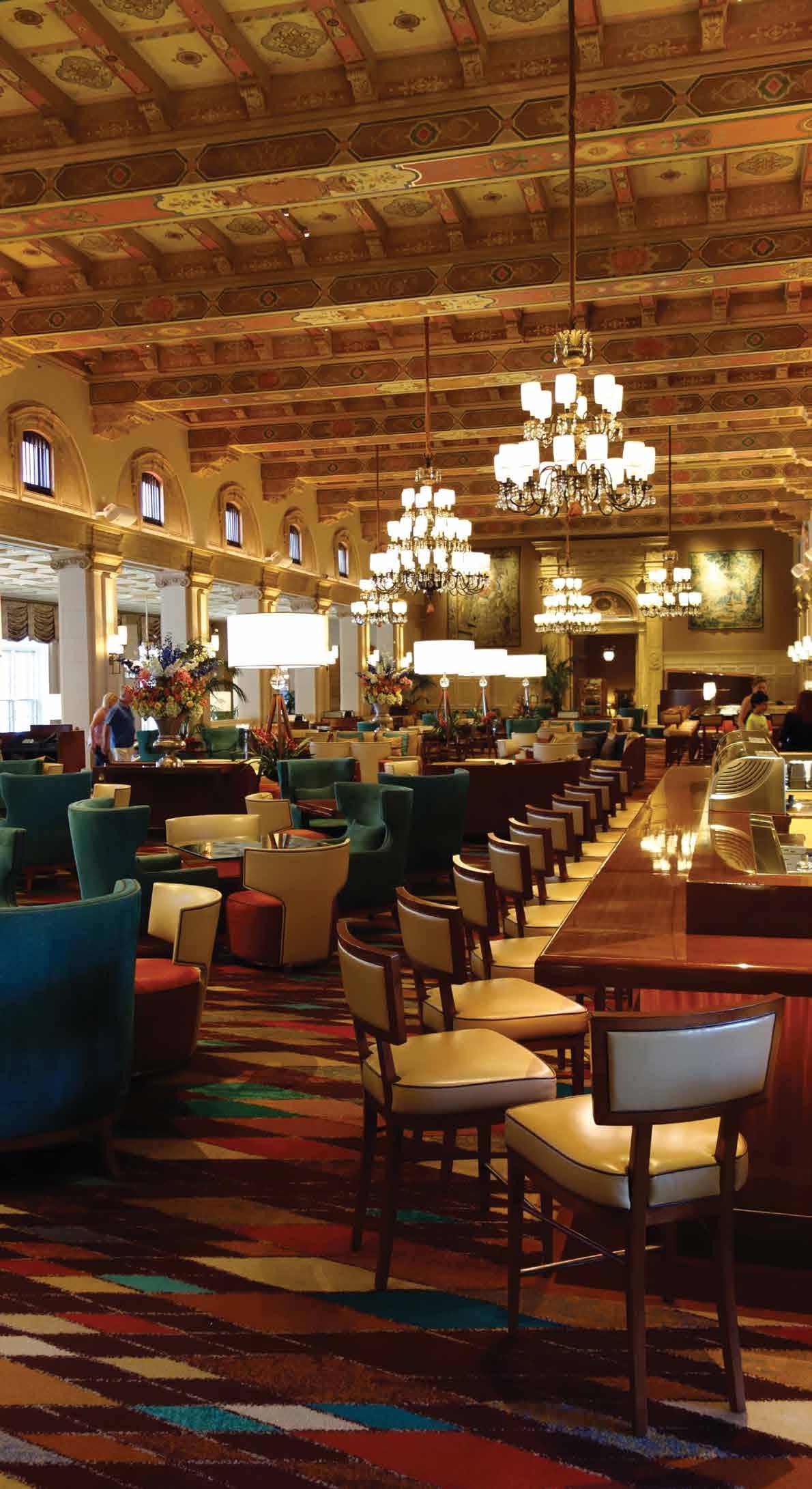
It’s rare that the marketing hype you read after you visit a place matches the experience you had already. The grandeur of the venerable Florentine dining room was updated by the famous Adam Tihany and without knowing all this we set about to enjoy an evening there.
Richard was enthralled with the place. The lighting was perfect, the staff was impeccable, the cocktails were superb but he stopped our waitress Jessica to tell her the best part of the restaurant . . . was the soundtrack. Indeed, the music was all around you, setting a Las-Vegas-50’s-Rat-Pack-meetsmodern-New-York-City-meets-20’s Speakeasy. You felt like you were in a movie with the sound playing around you. Jessica responds to this assertion with a cheerful, “I’ll bring the DJ over so you can meet him” which was stunning since this was dinner at 7:30pm on a Monday night. He shared that music was so important to HMF that playlists are posted on the website blog (www. hmfpalmbeach.com) and as the evening progressed he adjusted the music to the mood of the room.
The small plates of amazing dishes include some updated basics like spectacular sushi and Wagyu Beef Sliders (with smoked bacon and antique cheddar) from the “Food Truck” section of the menu. They also offer more daring dishes like orecchiette with Tuscan duck sausage and wild mushrooms (which is even better when paired with a pinot noir that Jessica scurried over to the master sommelier for a recommendation.)
We’ve experienced what we consider the pinnacle hotel experience for the really young, trendy and obscenely wealthy; The Fontainebleu. But The Breakers smacks them for being silly and amateurish. If you really want to impress someone for a big date, birthday or anniversary, please take our recommendation that HMF will surely impress.
 Wagyu Beef Sliders
BY sus A n R osse R
Wagyu Beef Sliders
BY sus A n R osse R
Imust have lived in the South in a previous life because as soon as I see my first moss covered oak tree, I feel like I’m home. And yet, I’ve never actually lived in the south. (South Florida doesn’t count.)
Oh, and don’t even get me started on southern food. Well, not too far from South Florida (about a six hour drive) you can find St. Simons Island, Georgia, an incredibly quaint and small barrier island known for its expansive beaches.

As soon as you begin your journey over the five-mile causeway to the island, you begin to relax. You will see endless vistas spanning across rivers, vast salt marshes and of course the Atlantic Ocean. Once on the
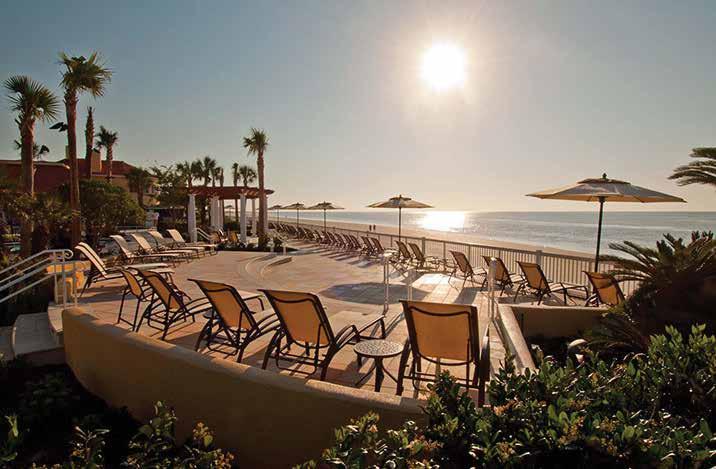
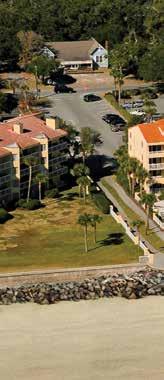
living the highlife in the low country
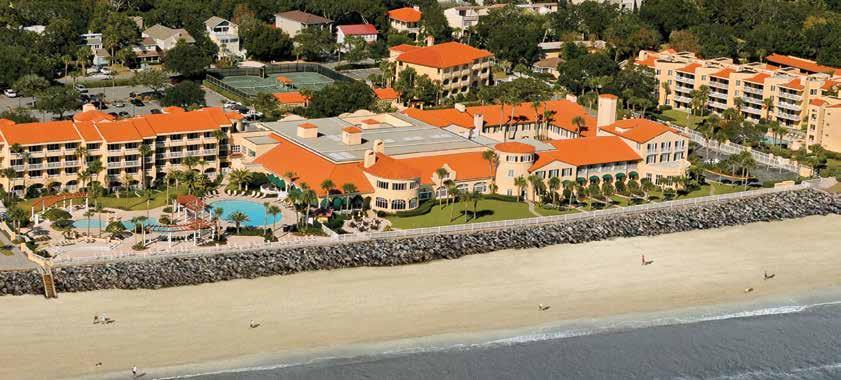









Island, you will find, quiet ocean-side streets lined with mom and pop shops and restaurants with the occasional proverbial t-shirt store.
The King and Prince Beach & Golf Resort is the epitome of southern charm. What can I say, they had me at “ya’ll.” The staff are full of authentic warm hospitality for which the South is famous .
Take a short walk from your room and stroll along the miles and miles of beautiful beach, enjoy ocean front dining at the King’s Tavern (don’t skip the shrimp and grits-see sidebar) or poolside at Ocean Terrace Grille, or take a dip in one of the resort’s five sparkling blue pools. co n ti n ued on next page
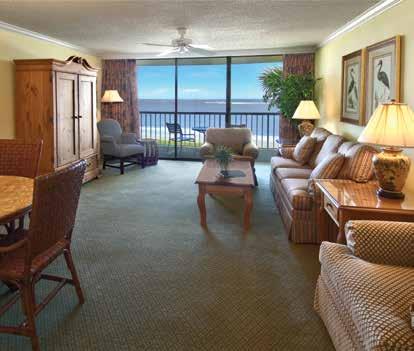
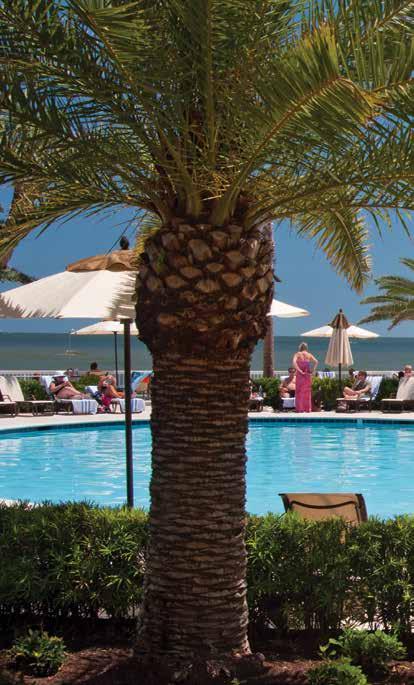
Six hours in a car can be a challenge. On the way, stop off and climb the 219 steps of the St. Augustine Lighthouse to the observation deck for a 360-degree view of the historic city and the Atlantic Ocean. An active navigational aid, the lighthouse was built in the early 1870s and may be the most picturesque of the state’s 30 beacons, not all of which are operational (of course, we can think of one lighthouse we like better.)
Tickets are $3 to $7.50, depending on your age and whether you’ll make the trip up to the top. For more information call 904-829-0745 or visit www.staugustinelighthouse.com.
Located directly on the Atlantic Ocean beaches of St. Simons Island, Georgia, the resort is on the National Register of historic Places and is a member of historic hotels of America. the Resort is 60 miles north of Jacksonville and 65 miles south Savannah.

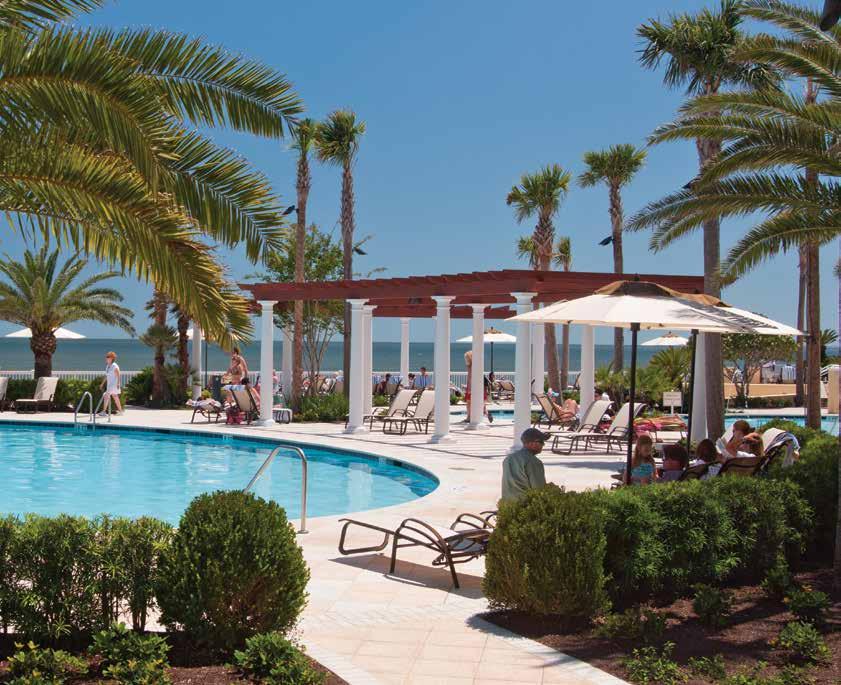
• Ocean front dining for breakfast, lunch and dinner
• Five pools, including an outdoor children’s pool and an indoor heated pool with hot tub
• the Royal treatment Cottage specializes in massage therapies and treatments
• 10, 000 sq. ft. of ocean front meeting, conference and function space
• Award-winning golf at the newly restored and renamed King and Prince Golf Course, home of the hampton Club
• exercise facility
• har-tru tennis courts
• Complimentary Wi-Fi access in all guest rooms, villas, private homes and lobby areas
• Complimentary Business Center
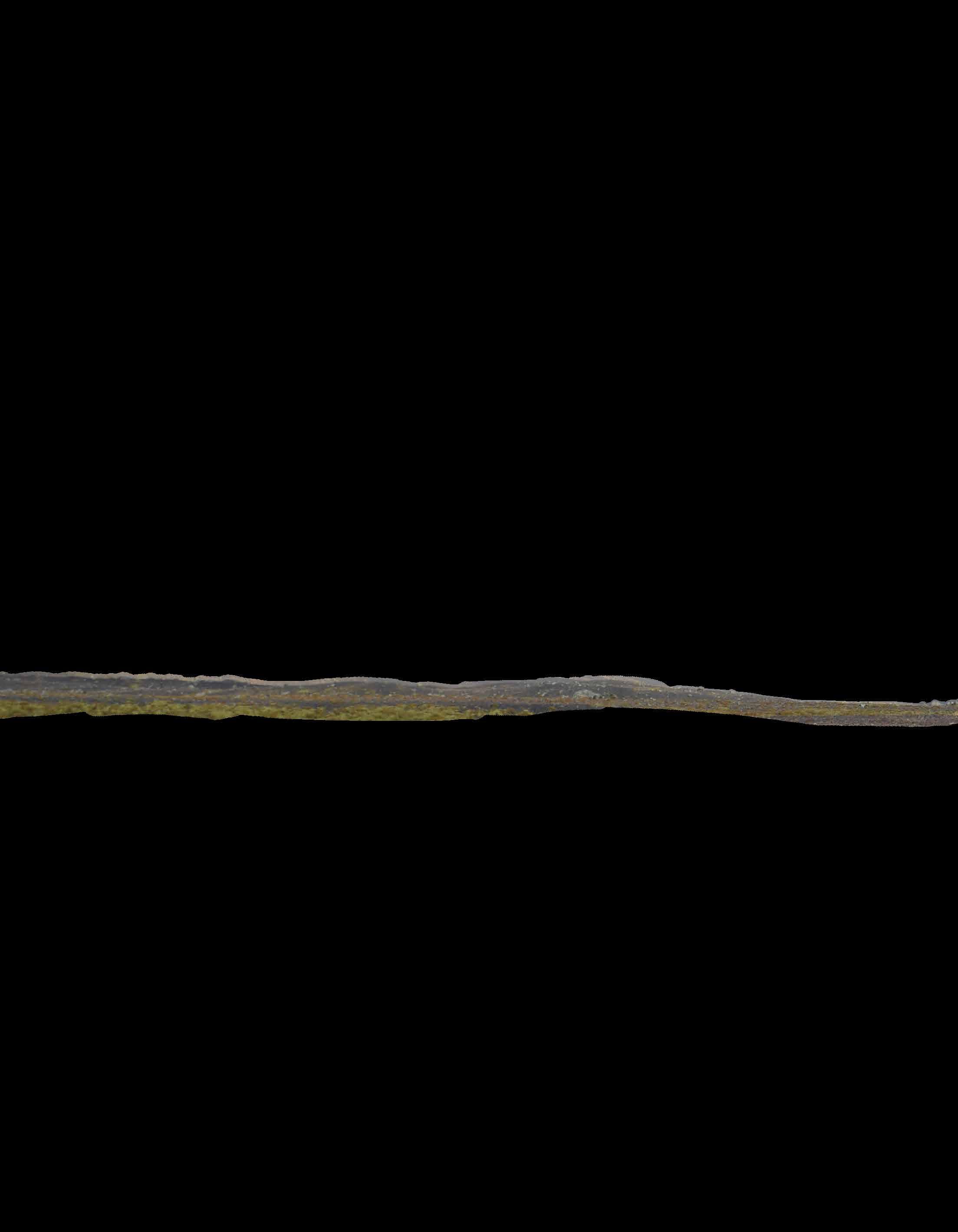
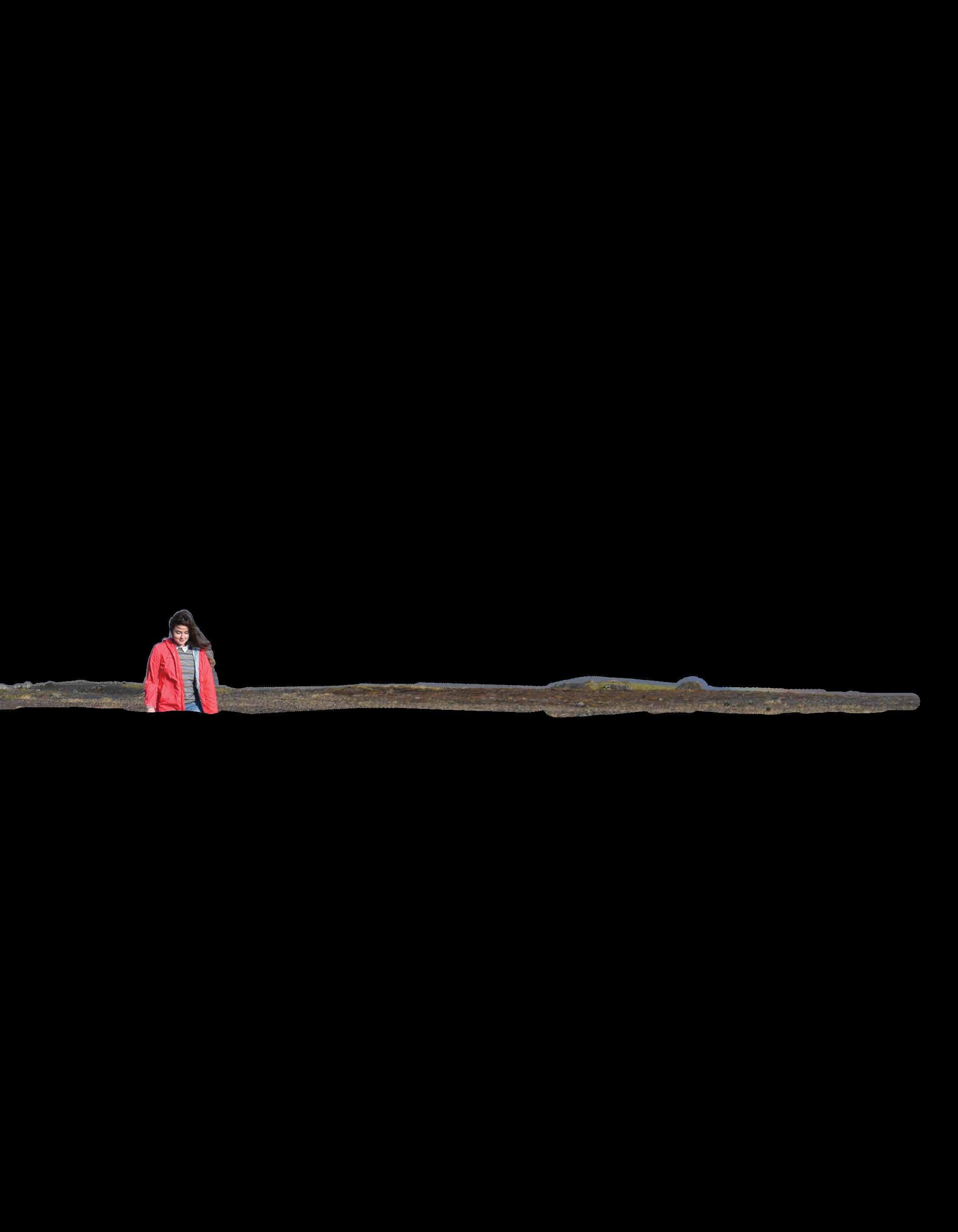
Iarrived in Europe with an American flag literally plastered on my back, in the form of a patch on an old denim jacket. As I waited for my baggage in Rome International Airport I watched Italian newscasters analyze a tape of one Trump controversy or another with the headline “Trump: the next Berlusconi?” and thought, “I gotta get a new jacket.”
Six months later, I threw it away in Germany. My backpack had gotten too full of magnets, ticket stubs and other souvenirs to continue carrying it despite our lengthy companionship and it’s remarkably roomy pockets. After months of being thrown under tables at bars, sat on for picnics and generally being treated like a napkin, it less resembled a denim jacket and more a burlap sack. It had suffered greatly under my ownership, but never brought me anything but good fortune—neither my American flag patch nor my thick South Florida inflection seemed to incite anything
PREVIOUS PAGE Pulled our rental car over to chase rainbows in Iceland.
TOP One of Iceland’s many ridiculous landscapes
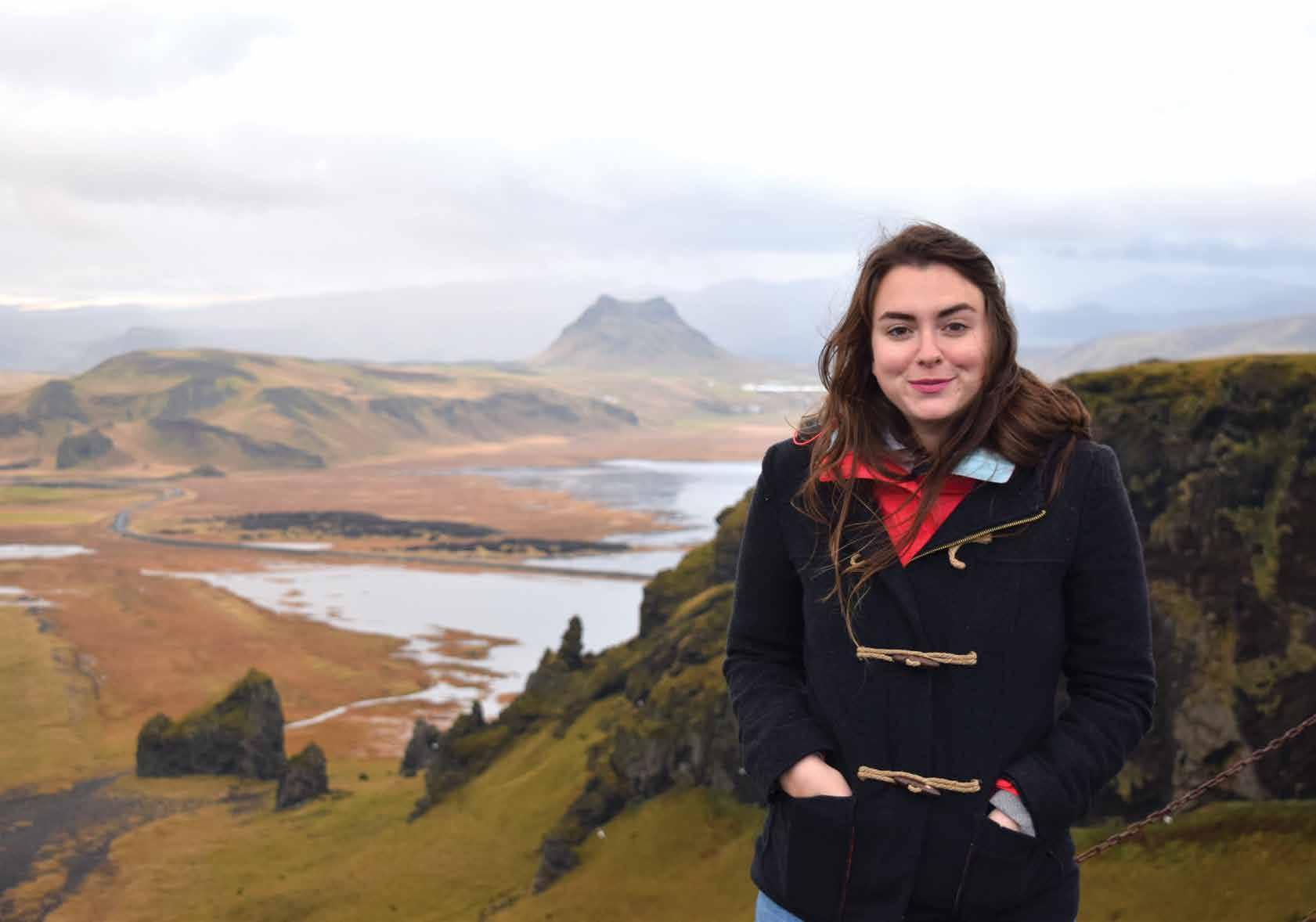
LEFT The Northern Lights spotted in the parking lot of my AirBnB.
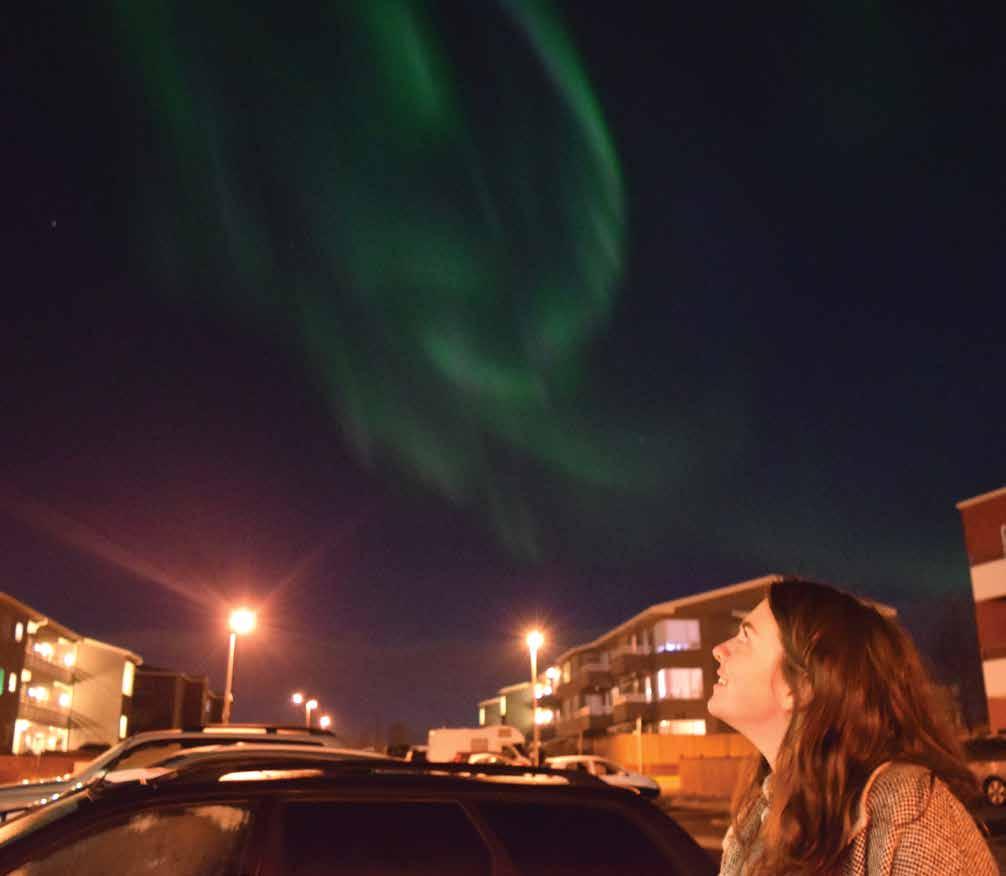
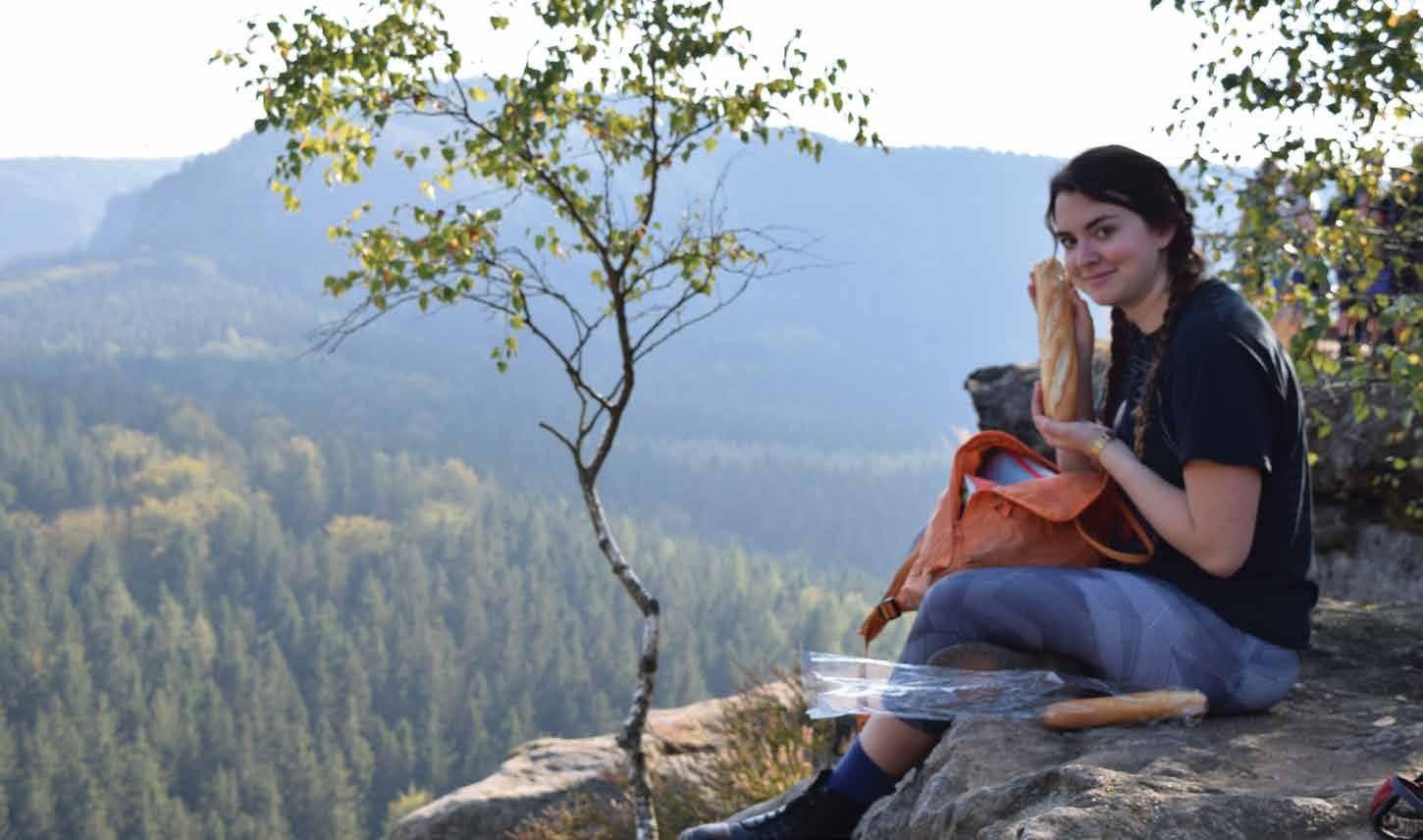
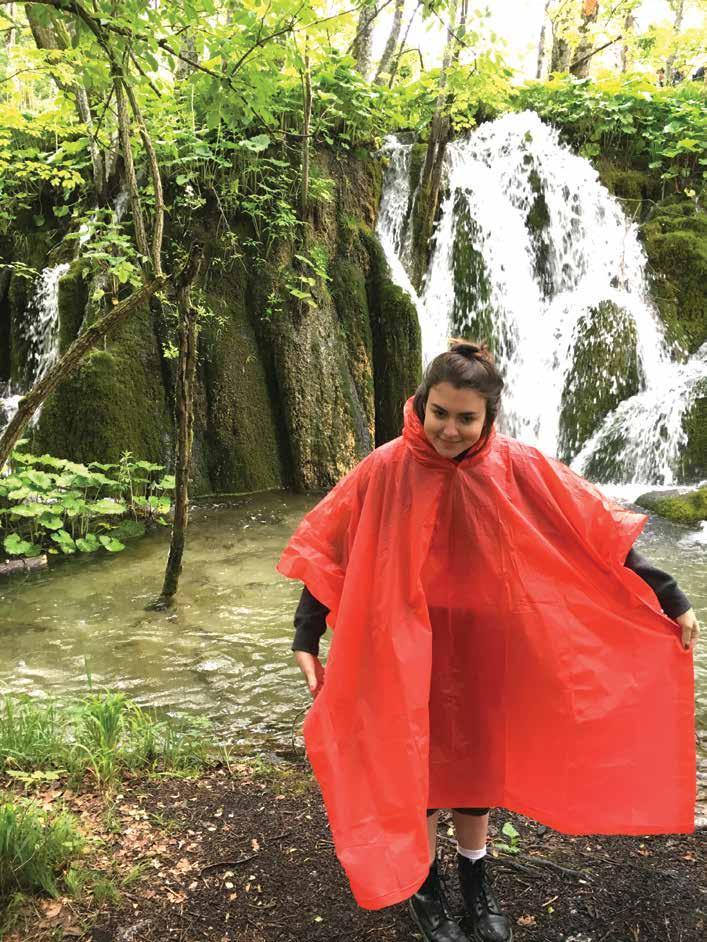

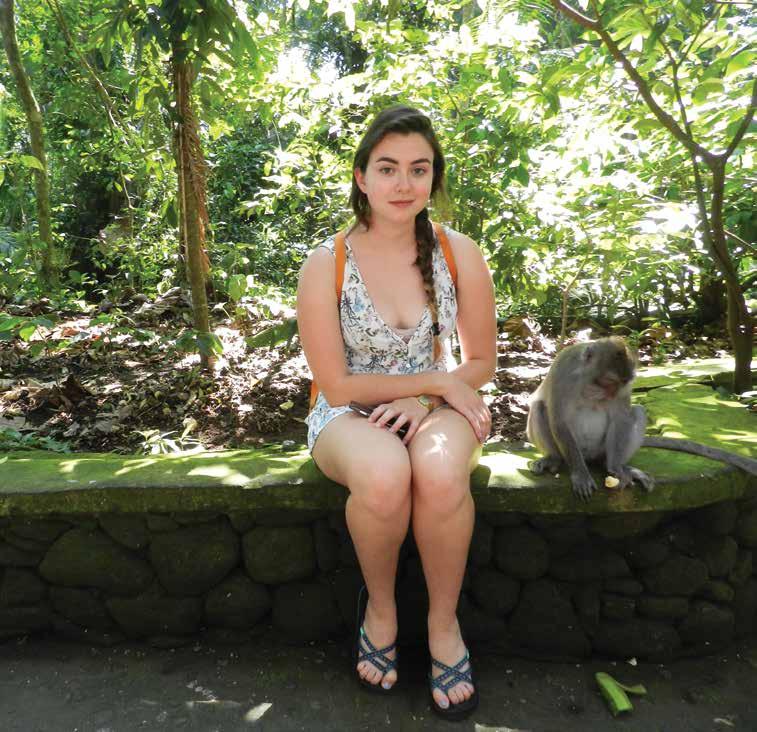 CLOCKWISE FROM TOP The night before I had to unceremoniously part with my beloved denim jacket; Being denied a monkey’s friendship at Ubud Monkey Forest in Bali, Indonesia; Posing with a celebratory baguette at a peak in Saxon Switzerland National Park; Rainy day fashion at the Plitvice National Park in Croatia
CLOCKWISE FROM TOP The night before I had to unceremoniously part with my beloved denim jacket; Being denied a monkey’s friendship at Ubud Monkey Forest in Bali, Indonesia; Posing with a celebratory baguette at a peak in Saxon Switzerland National Park; Rainy day fashion at the Plitvice National Park in Croatia

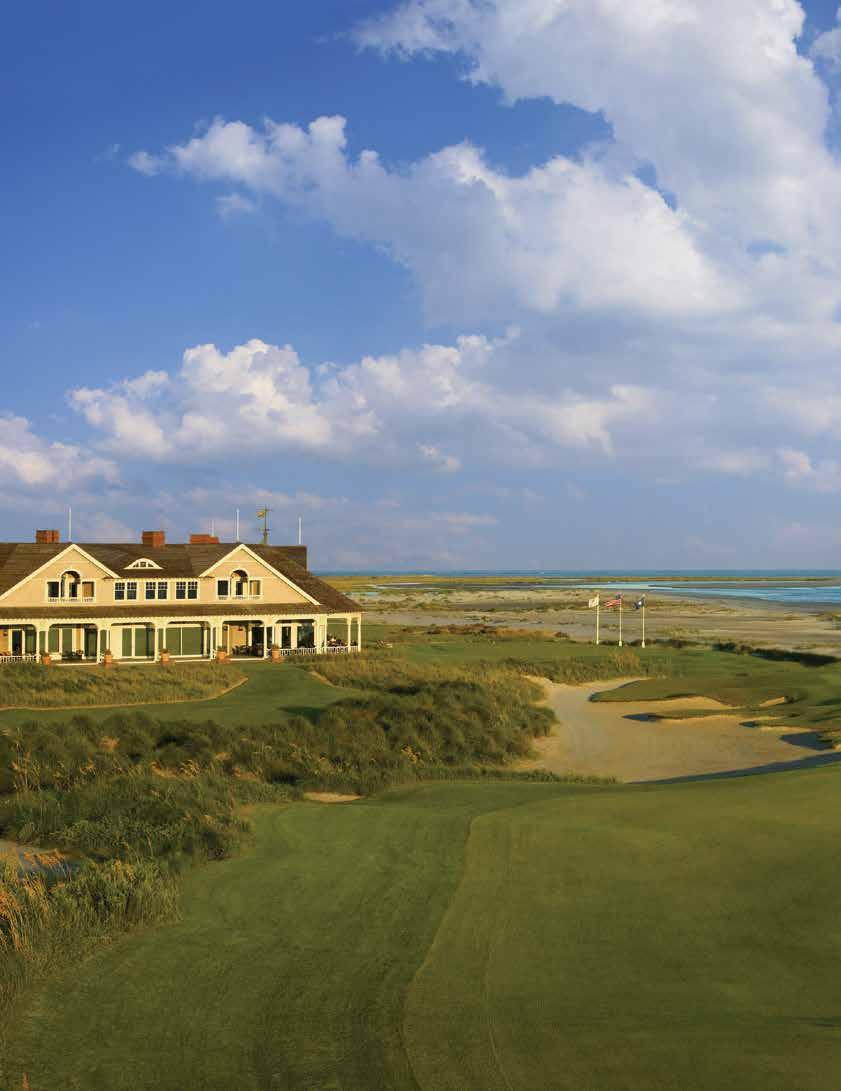

 The Eighteenth hole and clubhouse on Pete Dye’s Ocean Course at Kiawah Island Golf Resort, site of the 1991 Ryder Cup and 2012 PGA Championship
MAY 2014
WWW.LHPMAG.COM
JACKIE AND SCOTTIE McNEIL A wedding story of true love and commitment
AROUND THE POINT what’s going on in town
MEET THE ARTISTS
DONNA SALLEE • BRENT ANDERSON
HAPPY SNAPS RELAY FOR LIFE AND MORE!
ROCKIN’ IN THE PARK LIGHTHOUSE POINT MUSIC FESTIVAL ROAD TRIP TO KIAWAH ISLAND SOUTH CAROLINA EXCHANGE CLUB CLASSIC CAR SHOW
JackieMcNeil
The Eighteenth hole and clubhouse on Pete Dye’s Ocean Course at Kiawah Island Golf Resort, site of the 1991 Ryder Cup and 2012 PGA Championship
MAY 2014
WWW.LHPMAG.COM
JACKIE AND SCOTTIE McNEIL A wedding story of true love and commitment
AROUND THE POINT what’s going on in town
MEET THE ARTISTS
DONNA SALLEE • BRENT ANDERSON
HAPPY SNAPS RELAY FOR LIFE AND MORE!
ROCKIN’ IN THE PARK LIGHTHOUSE POINT MUSIC FESTIVAL ROAD TRIP TO KIAWAH ISLAND SOUTH CAROLINA EXCHANGE CLUB CLASSIC CAR SHOW
JackieMcNeil
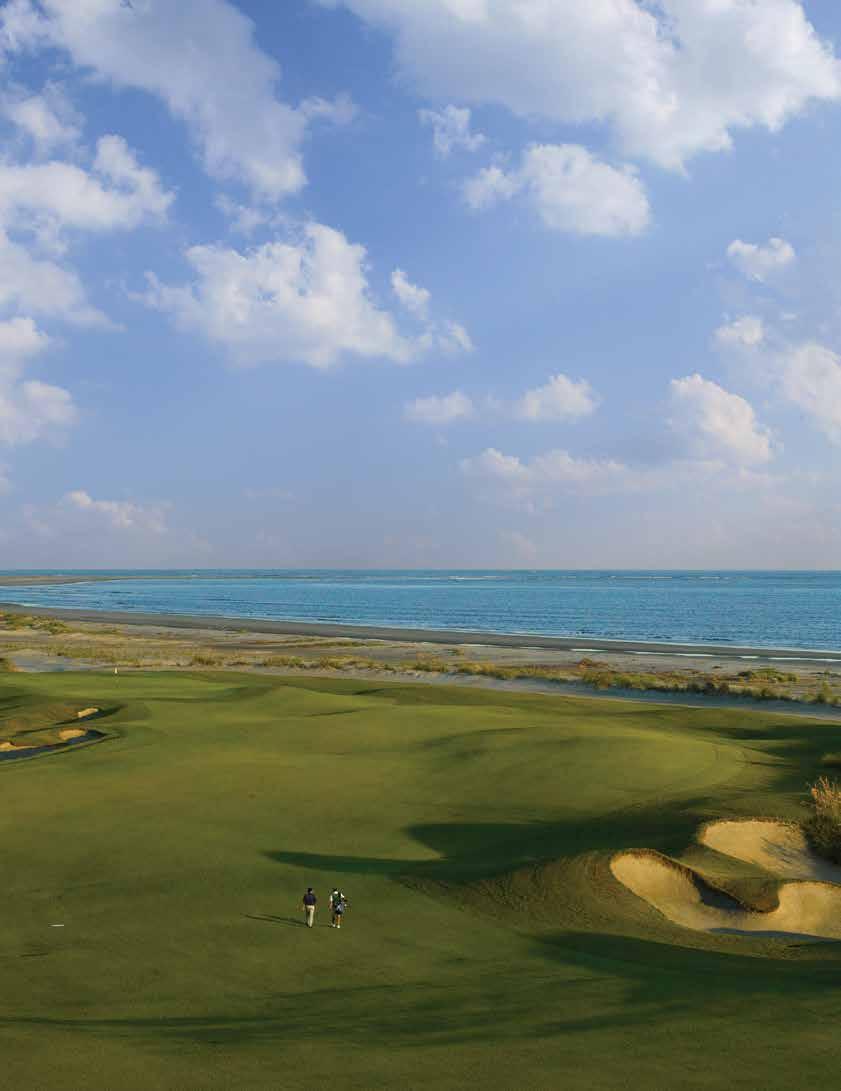
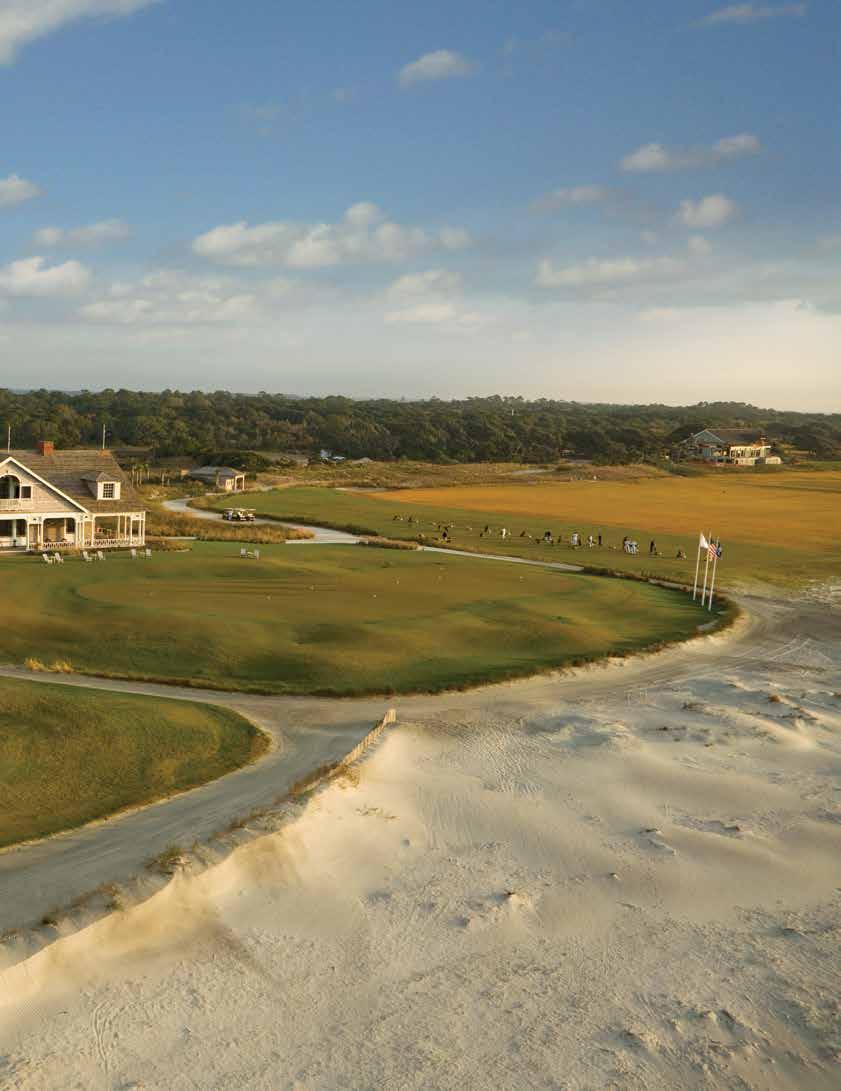
Back in 2009, my sister and I decided to plan a family vacation somewhere on the east Coast. Our requirements were simple—our destination had to be driving distance from both of us (she and her family live in New Jersey and we of course live in Lighthouse Point.) My sister is the type who gets stuff done. She met with a travel agent (yes, they still exist) who recommended we rent a home on Kiawah Island. Kiawah is a barrier island off the coast of South Carolina. We picked a house and made the reservations during the kids’ Thanksgiving break.
B Y l upe s o M e R setIt’s about a 10-hour drive to Kiawah. After that long in the car with two kids and both of my parents, I was ready for “big-gulp” size glass of Malbec. I don’t think I will ever forget the moment our car first entered onto the Island. We were all worn out from the trip and yet everyone of us gasped at the sheer natural beauty of this paradise. That may sound corny and exaggerated, but it is the absolute truth. The island was developed in the 1970s with a keen sense of maintaining the natural landscape. As the road curved around the island, it was hard to imagine how they had built all of these houses among the huge trees. The architecture is strictly coastal— with plenty of front porches and tin roofs.
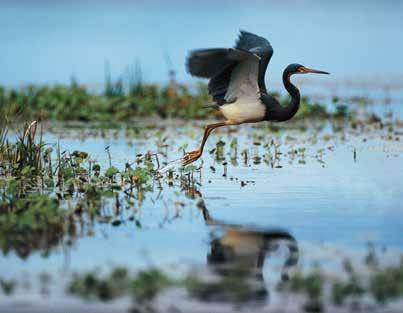
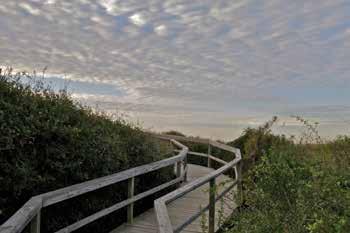
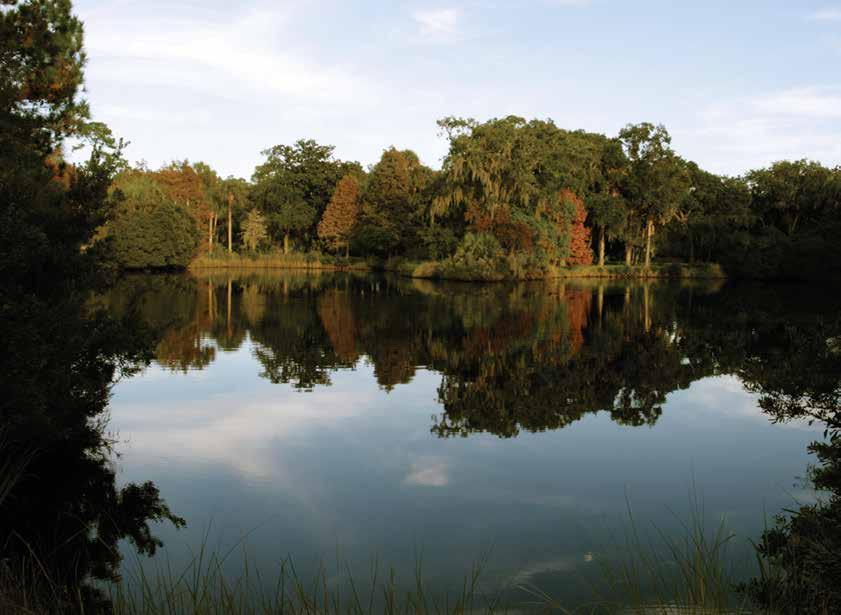
The home we rented was simply lovely. All the houses are raised up about one story, so you always enter on the second floor. The ground level is usually reserved for a garage and maybe a bedroom or two. Ours was very spacious and furnished beautifully—a true seaside retreat. Many homes have gorgeous views of the marshes (or the ocean if you are a big spender.) We have rented three homes on the island over the past few years and each one surpassed our expectations— which is probably why we’ve been back a few times. The winter rates for home rentals are much more reasonable than summertime. But since it is summer in Florida all year long, it’s a great idea to take advantage of this paradise during the winter months‚ which are never too cold in the low country.
That first year we decided to celebrate Thanksgiving at the
Developed on a barrier island of coastal South Carolina only 21 miles from historic Charleston, Kiawah island Golf Resort lies along ten miles of one of America’s top beaches, bordered by the Atlantic Ocean. This 10,000 acre island is a haven for a variety of wildlife including egrets, loggerhead turtles and alligators.
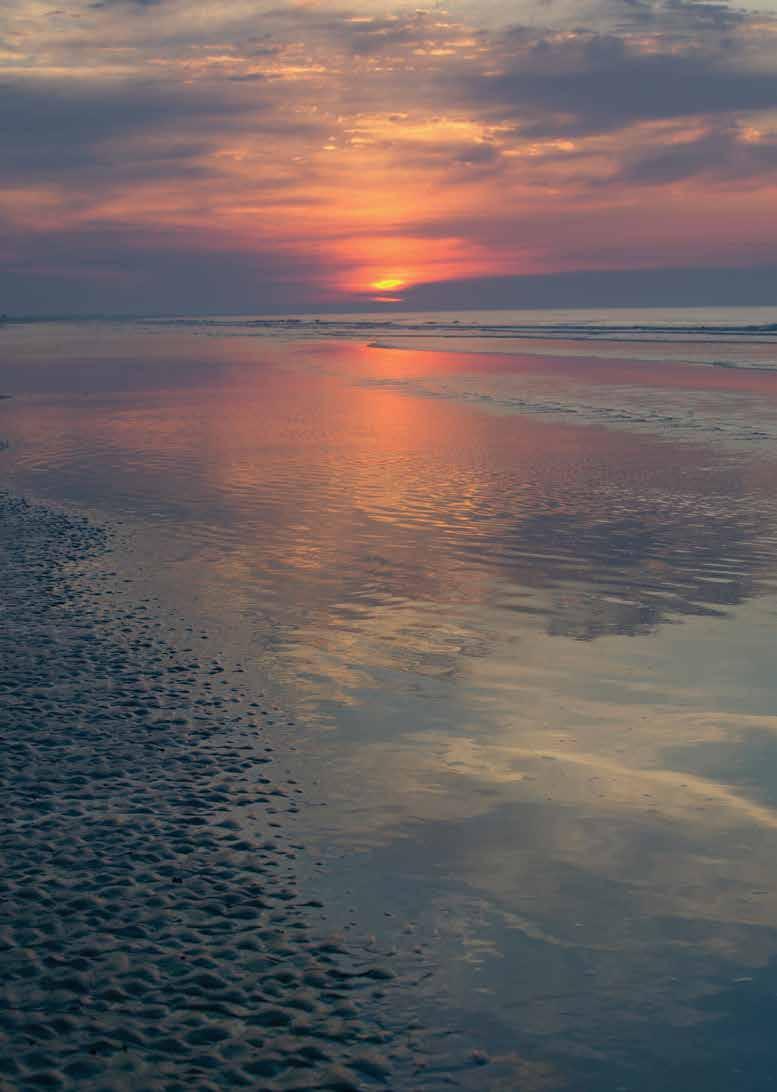
The S A n CT uARy
AT Ki AwA h iSLA n D G OL f Re SORT
the Sanctuary at Kiawah Island Golf Resort is a 255 room, ultra luxury oceanfront hotel and spa (AAA Five Diamond and Forbes Five Star)
The v i LLAS AT Ki AwA h iSLA n D G OL f Re SORT
500 charming villas available for great vacations
Private luxury homes are also available for rental and are great for larger groups like family reunions.
G OL f CO u RS e S
Five championship courses designed by the world’s leading golf course architects: the Ocean Course by Pete Dye, home of the 1991 Ryder Cup, the 1997 and 2003 World Cups, the 2007 Senior PGAand 2012 PGA Championships; Osprey Point by tom Fazio. (renovated during the summer of 2014); turtle Point by Jack Nicklaus; Cougar Point by Gary Player; and Oak Point by Clyde Johnston.
Tenni S fAC i L i T ie S two world class tennis clubs, which have hosted such prestigious events as the ’98 FeD CUP and the ’90 US men’s Clay Court Championship. together, the facilities include 19 clay courts and five hard courts, and an innovative practice court with an automatic retrieval ball machine. the resort offers an array of clinics and camps and has been rated as the No. 1 tennis Resort in the world by tennisResortsOnline (www. tennisresortsonline.com) for seven of the last eight years.
Re STAu RA n TS:
The O C e A n R OO m at the Sanctuary is the resort’s signature steakhouse with a menu specializing in exceptional handselected cuts of beef and chops as well as other signature dishes.
Su S hi L O un G e AT The O C e A n R OO m is adjacent to the Ocean Room. east meets south as traditional sushi dishes are served along with “sushi southern style.”
J AS mine P ORC h, also at the Sanctuary, has a stunning ocean view and offers casual and traditional Low country favorites.
L OGG e R he AD B AR & G R i LL is located poolside at the Sanctuary and serves classic American fare and frozen drinks.
The O SPR ey P O in T Che RR yw OOD BBQ & A L e hO u S e, offers southern Bar-B-Que at its best.
T O m ASSO AT Tu RTL e P O in T C L u B h O u S e is an authentic Italian gathering place specializing in classic cuisine from all regions of Italy. Located in the Ocean Course clubhouse,
The ATLA n T i C R OO m is the resort’s premier seafood restaurant” featuring modern American twists on seasonal seafood selections .
S O u T he R n Ki TC hen, our low country classickitchen in the Straw market in West Beach serving breakfast and lunch.
The n i G h T h e RO n P OOLS i D e G R i LL & B AR features appetizers, salads, local seafood, sandwiches and burgers.
The w e ST Be AC h mARK e T has wine, beer, snacks, and gifts; also the market at town Center has a fully stocked deli with groceries, logo apparel, and newspapers.
At the Sanctuary: A Forbes Five - Star, 12 - room garden - themed spa featuring treatments based upon the ocean, forest and botanical gardens. there is also a sauna, steam room and whirlpool.
nAT u R e P ROGRA m S:
A nature center with on - staff naturalists for viewing local snakes, lizards, turtles and a young alligator. there are also walking tours and workshops that teach about indigenous island wildlife in their natural habitats. For outdoor adventure the resort offers marsh creek canoeing, ocean kayaking, back - river excursions and biking. Family Activities: Year - round activities include oyster roasts, ice cream socials, festivals, arts and crafts, productions and holiday events – such as easter egg hunts, 4th of July fireworks and holiday tree lightings.
Re CR e AT i O n Se Rvi C e S
the 21 - acre heron Park, bicycle rentals, three swimming pool complexes, beach services, a game room, children’s camp (ages 3 -11) and a fitness center.
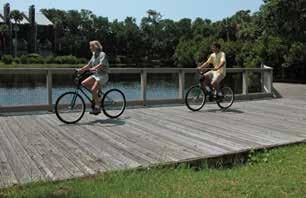
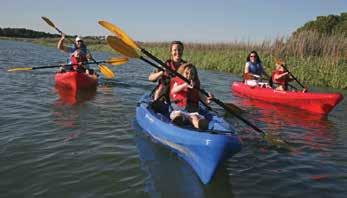
AT e S
Villas (1 - 4 bedrooms): $120 to $1,130 per night; $650 to $6,225 weekly
Luxury homes: $185 to $3,915 per night; $1,015 to $21,535 weekly the Sanctuary: $270 to $825 per night; $585 - $4,700 for suites nightly
For more information call 843-768-2121 or 800-654-2924 or visit kiawahresort.com.
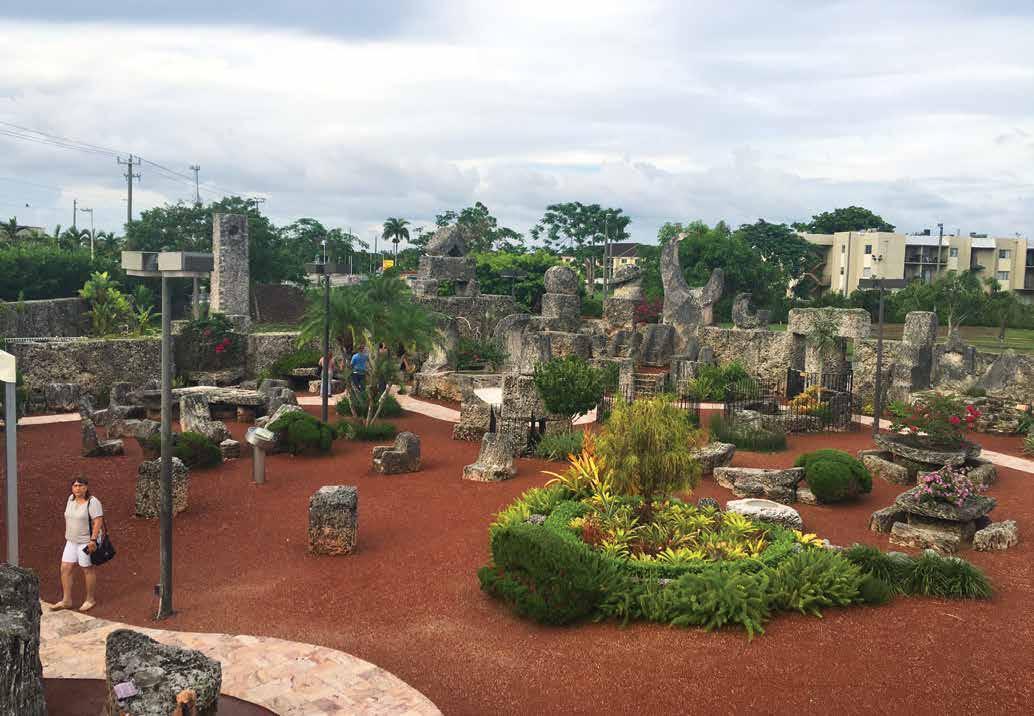
In honor of Valentine’s Day, Urban Adventures sets out to Homestead, Fla., to visit one of South Florida’s most renowned monuments to love, the Coral Castle. The castle was inspired by unrequited love, was the inspiration behind Billy Idol’s song and music video “Sweet Sixteen,” and has been a topic of debate amongst conspiracy theorists and scientists who can’t figure out how the castle was miraculously and secretly constructed by one, five-foot-tall man.
BY MISS-ADVENTUREMY FRIEND SEAN IS A BIT OF AN insomniac and a conspiracy nut (perhaps the two go hand-in-hand: the late-night, delirious hours watching extraterrestrial shows about the mysteries of the Egyptian Pyramids or the sunrises spent reading up on the Free Masons and Illuminati), so when I moved to South Florida, Sean raved about some mysterious monument called the Coral Castle. The castle, he said, is known as Florida’s own Stonehenge. No one, not even scientists, can agree on how the 1,100-ton structure was created, by one man, in secret, with no modern machinery whatsoever.
When I decided to follow Sean’s suggestion and make the trek out to Homestead, Fla., to see this mysterious castle, I had high hopes. I imagined some spectacular marvel, wondrous and grand. So when I pulled in to the empty parking lot to find what looked more like a dumpy roadside attraction than a medieval Disney castle, I admit I was pretty disappointed. “This is it?” I wondered.
I thought perhaps I had been duped. First off, the place is in the middle of agricultural nowhere-ness, and second, the structure looks, at first glance, like just a bunch of misplaced rocks. Don’t
get me wrong, it’s kind of cool-looking — a fortress-like wall surrounding an open-air courtyard and sculpture garden with doors, chairs and tables made entirely of coral stone — but it’s not exactly jaw-dropping.
It wasn’t until the raconteur tour guide began recounting the tall tales behind the castle — the story of unrequited love that preceded its construction, the quirkiness of the man who built it, his near insane obsession with his long-lost love Agnes, the rich fantasy life he incorporated into the castle’s imaginative design, the secretiveness of its
WHEN I FIRST MOVED TO SOUTH FLORIDA BACK IN MARCH from Venice Beach, California, the first reaction I usually encountered was: “What in the hell are you doing in Pompano Beach?” I would laugh and explain how I landed here quite by accident, visiting here while at a disorienting crossroads in my life and craving something new. “I came here on vacation and never left,” I joke.
After telling people about Venice — a quirky beach town near Los Angeles with a sidewalk circus of artists, fringe of grit and history as a bad-part-of-town-turned-hip by artists and hippies — people would then ask me if I had yet been to Wynwood Walls in Miami. I heard about the Wynwood district from about a dozen people before I actually got the opportunity to go.
Wynwood was described to me as a place to see some amazing street art (where every wall was covered in elaborate graffiti murals), sip coffee at unique cafés, listen to open-air DJs spin house in Wynwood Yard and enjoy a monthly art walk where food trucks would serve me greasy street tacos and piping hot Cuban sandwiches. I was told that if I loved Venice Beach, I
would probably love Wynwood. And people were right. I do love Wynwood. I love the multi-colored madness of its street gallery, the sight of artists up on ladders with spray paint in-hand, the quirky fashions striding down sidewalks and the many little hidden pockets where bars and restaurants are tucked away behind old industrial buildings.
Like most hipster-infused, avant-garde arts districts across the nation, Wynwood is another example of a historically seedy part of town, once littered with abandoned warehouses, being transformed into a rebellious artists’ urban island. Like most arts districts, Wynwood maintains a delicate balance of raw grunge and gentrified coolness.
Wynwood is unpolished and unapologetic, and I love that. Some arts districts I’ve been to have become too polished, becoming overrun with yoga studios and organic, vegan bakeries, loosing the bohemian roots that once made them interesting (to some extent this happened to Venice, where it borders Santa Monica). But Wynwood (at least from my limited, outsider’s perspective) has done a good job of maintaining its
